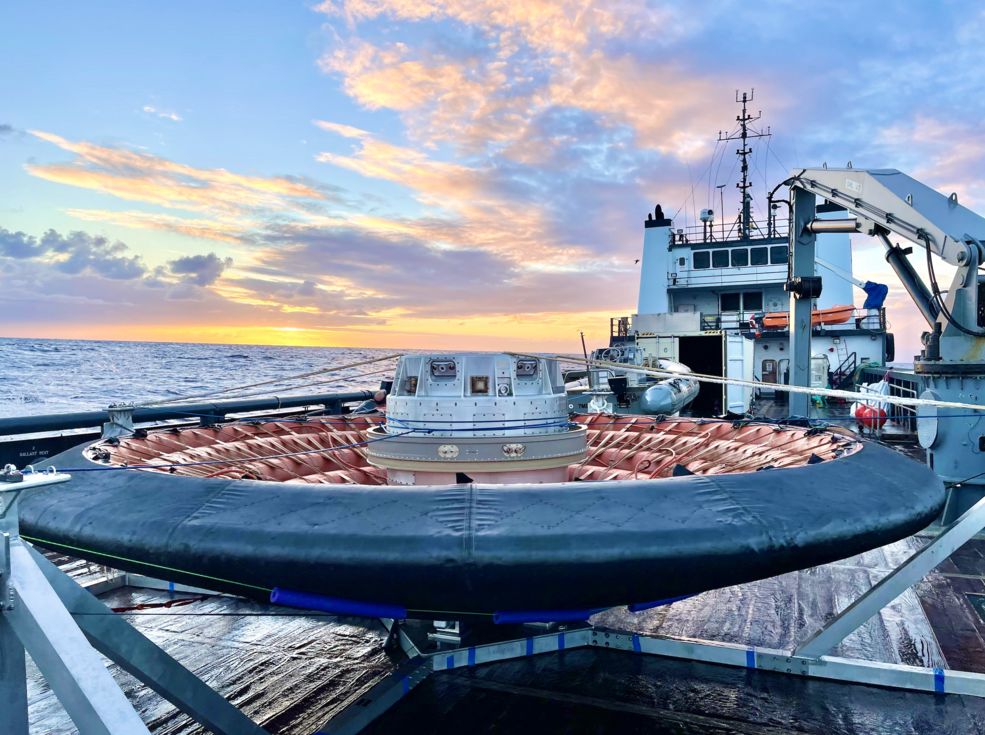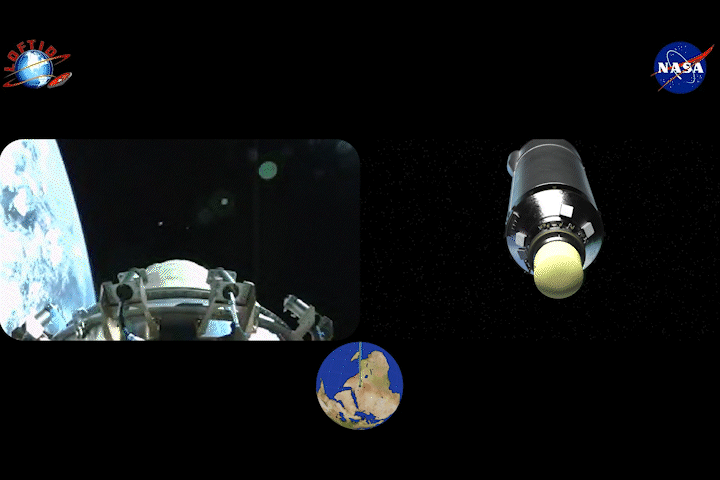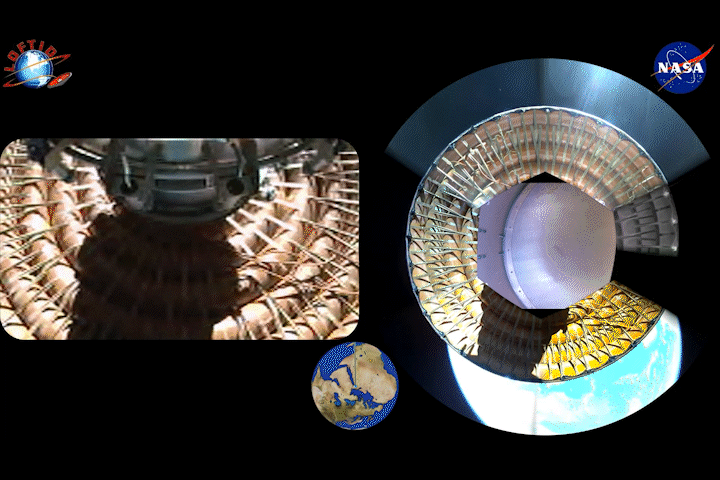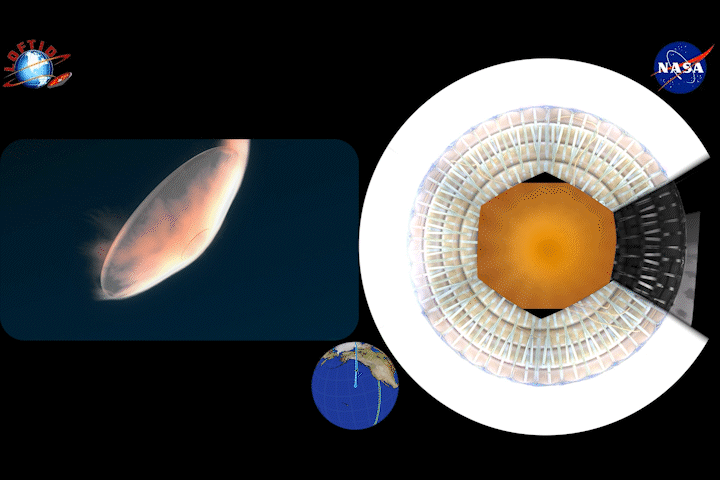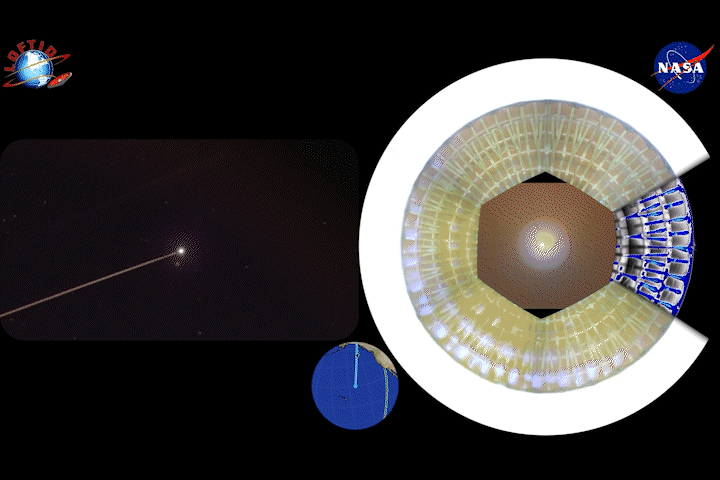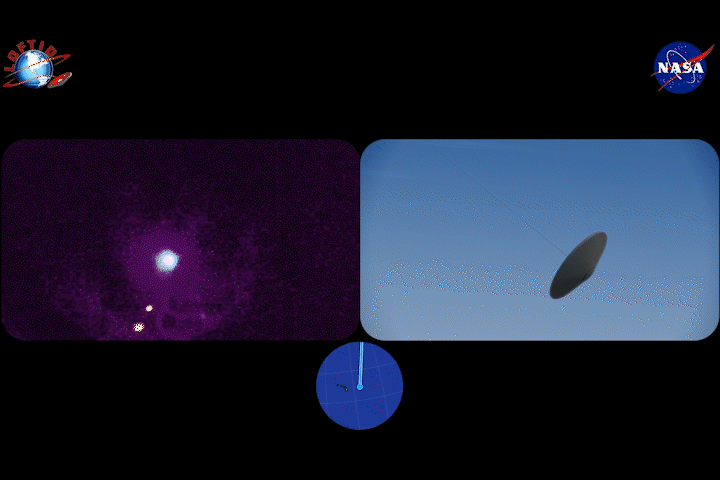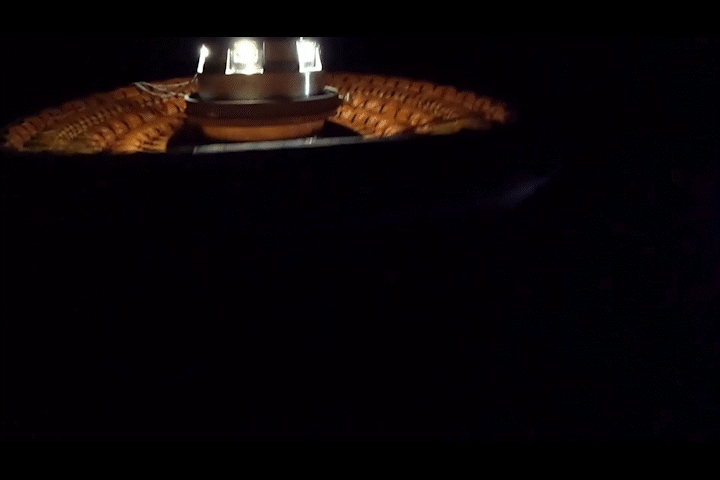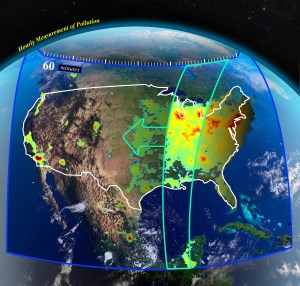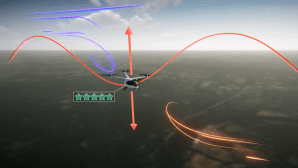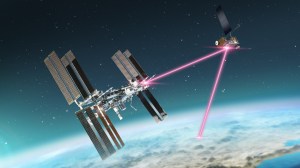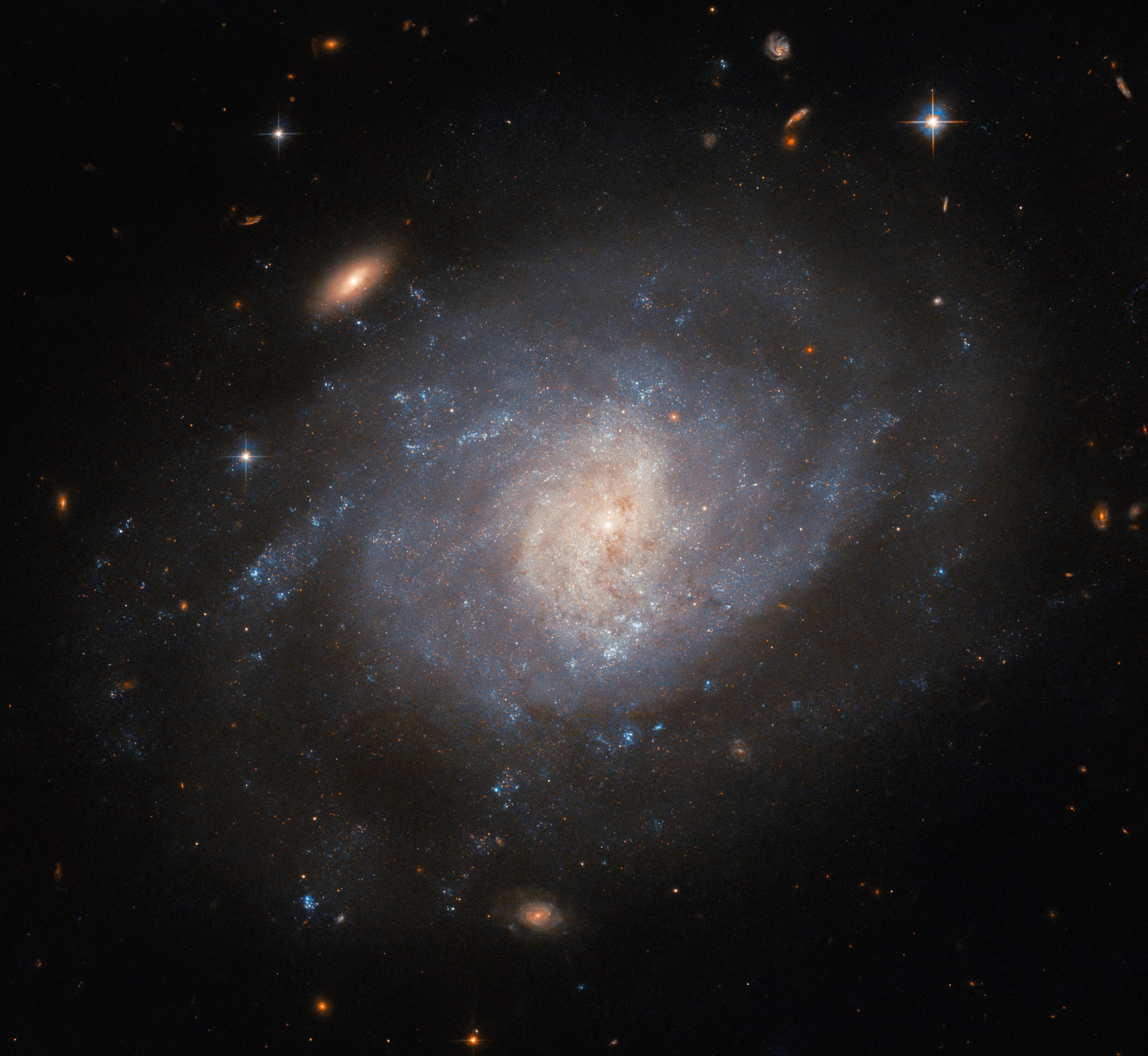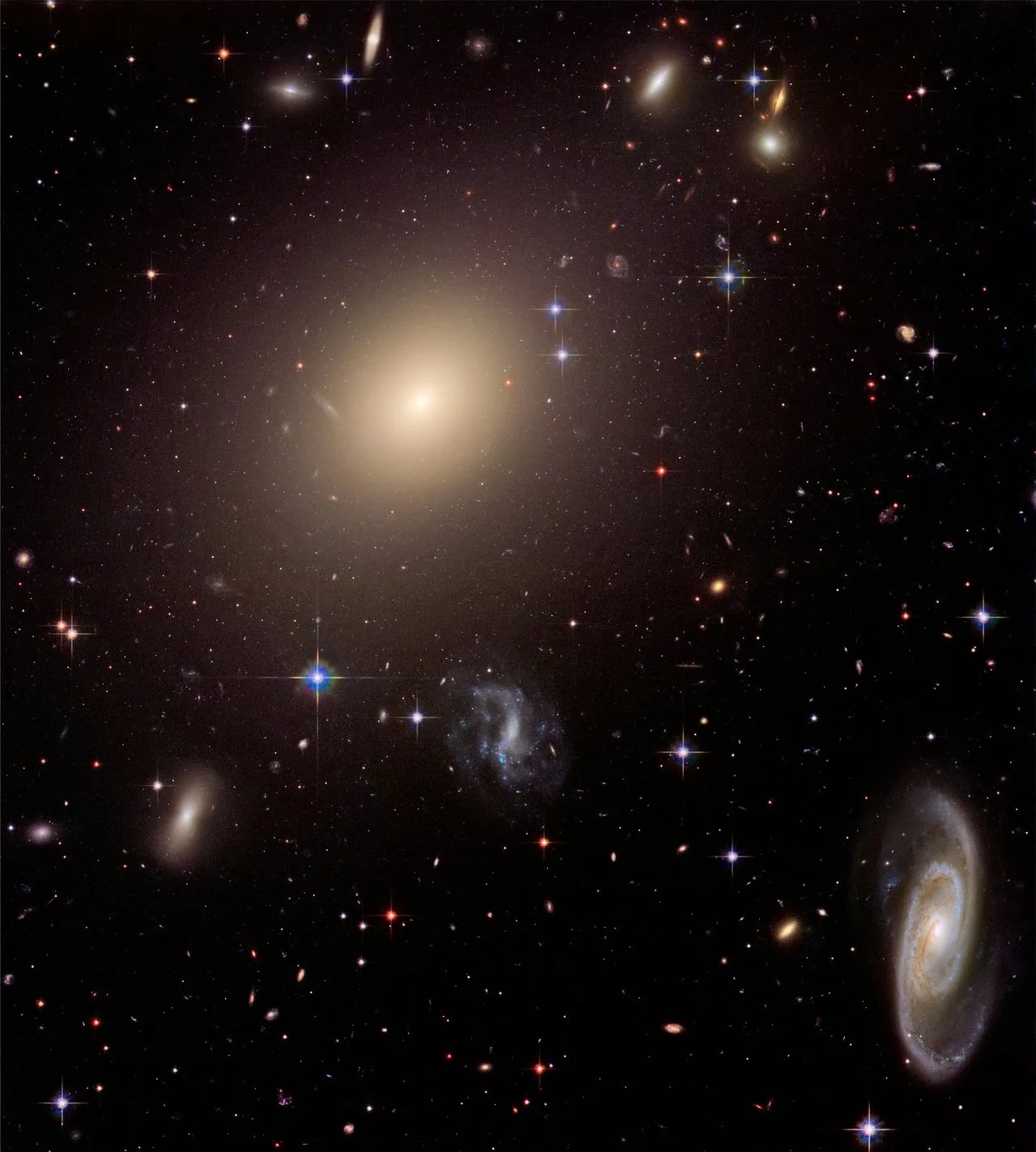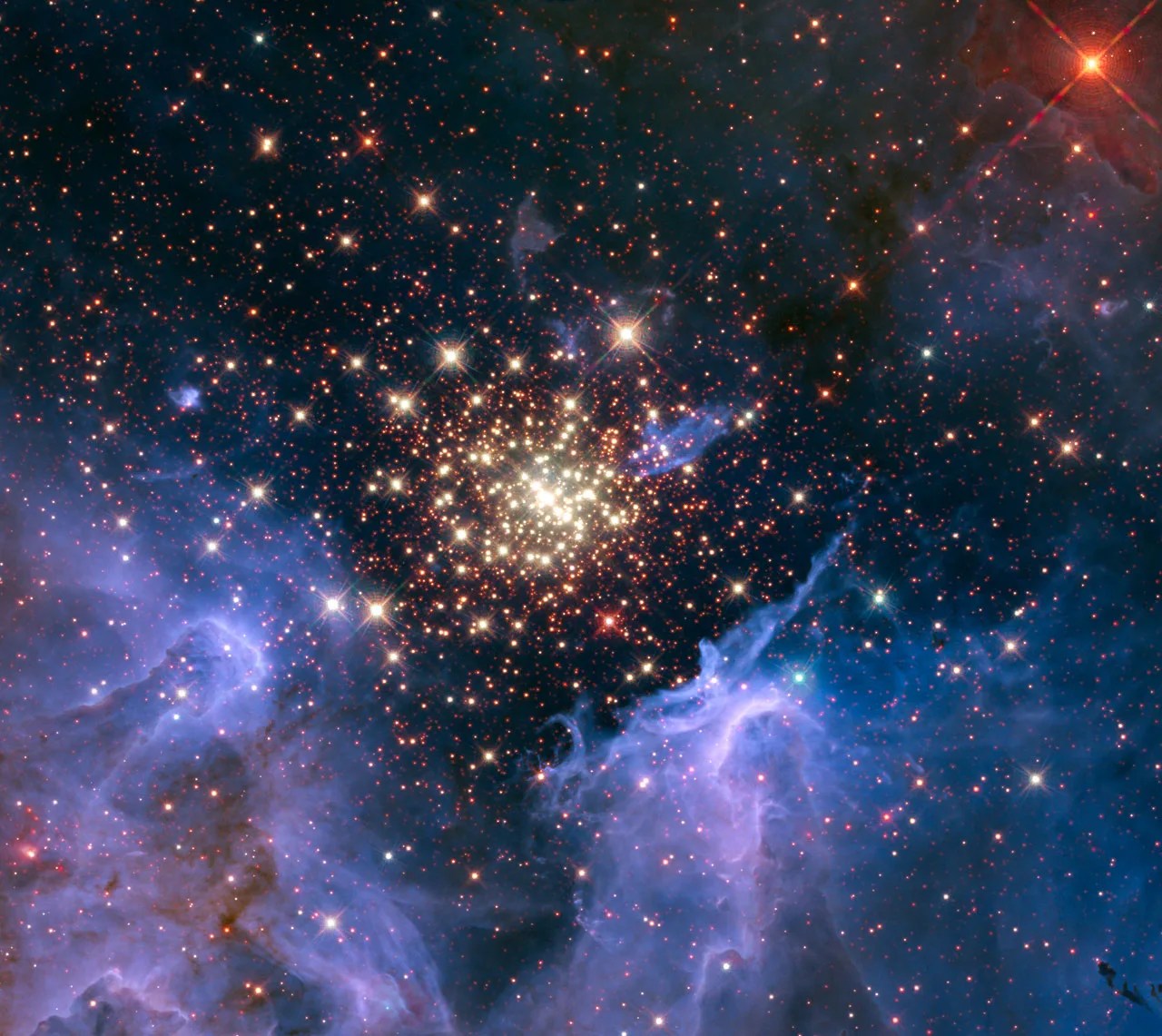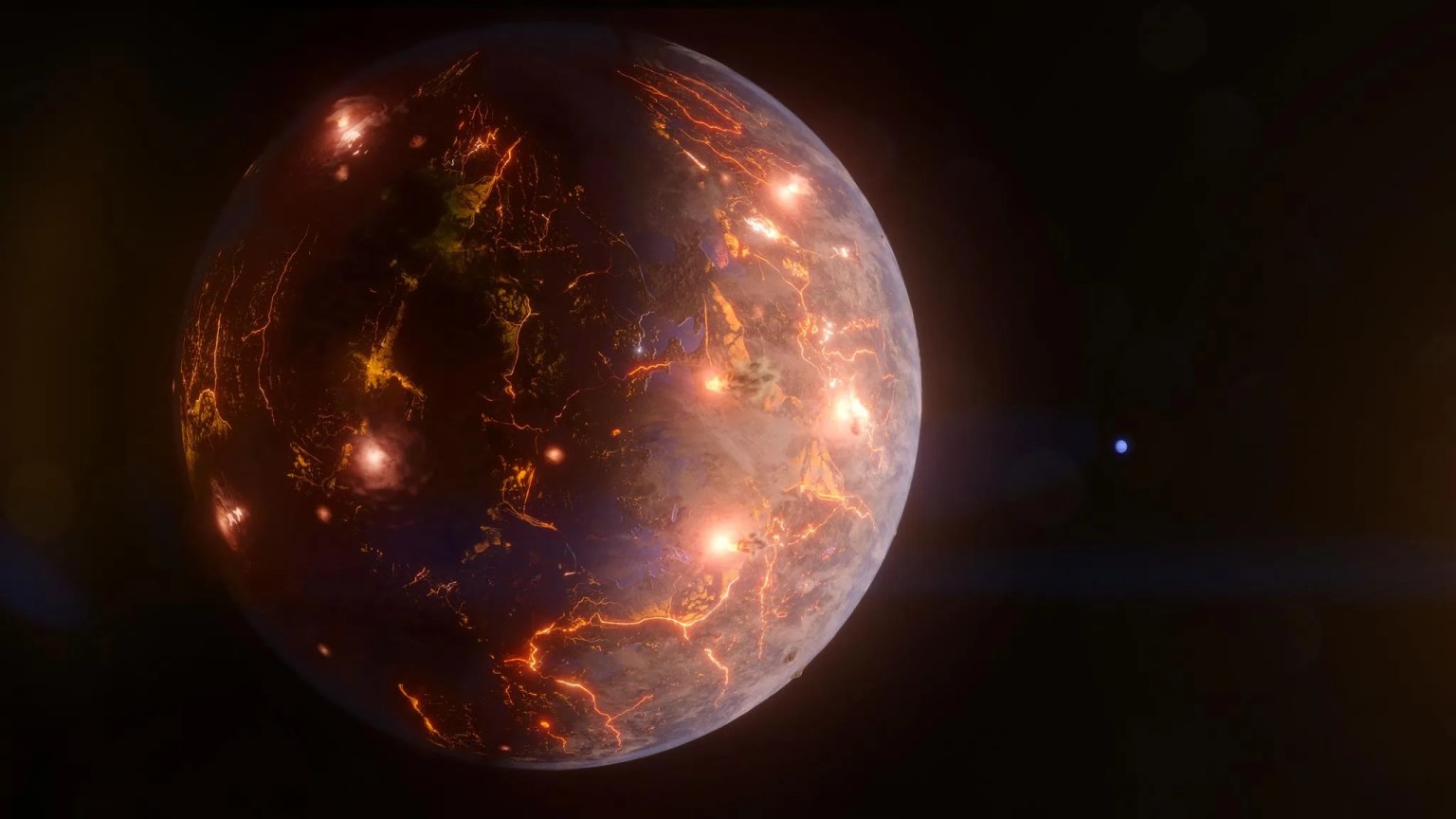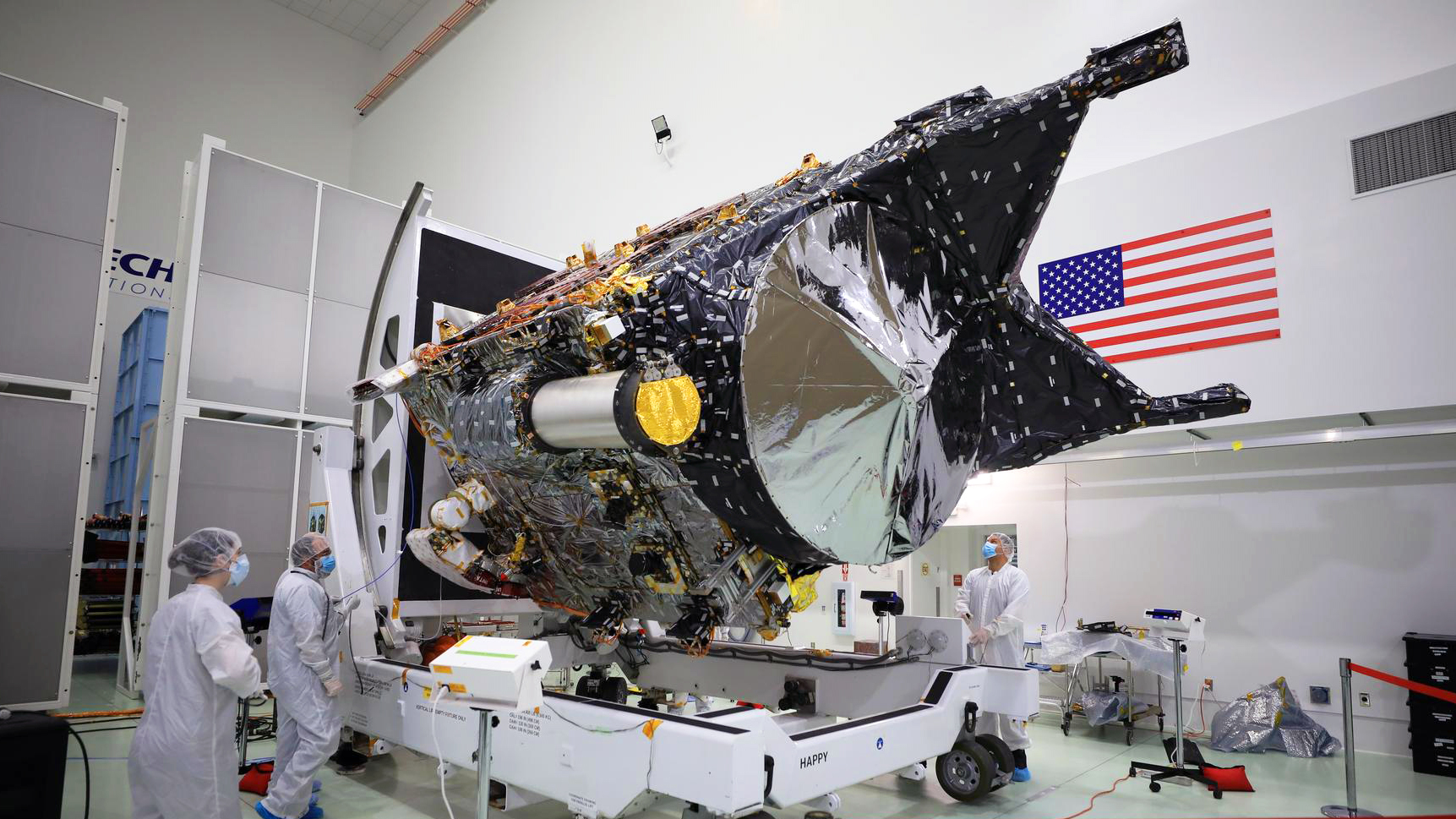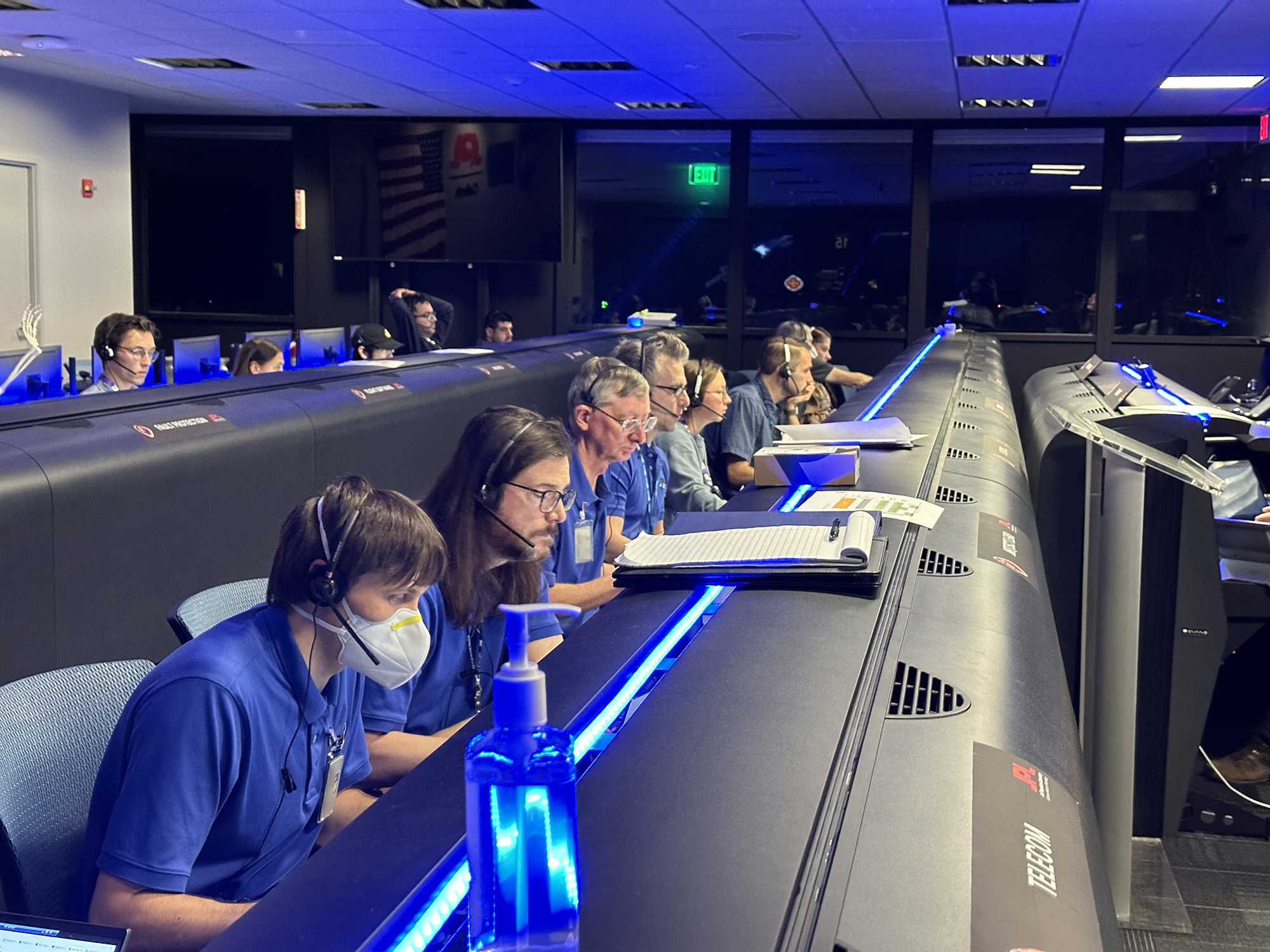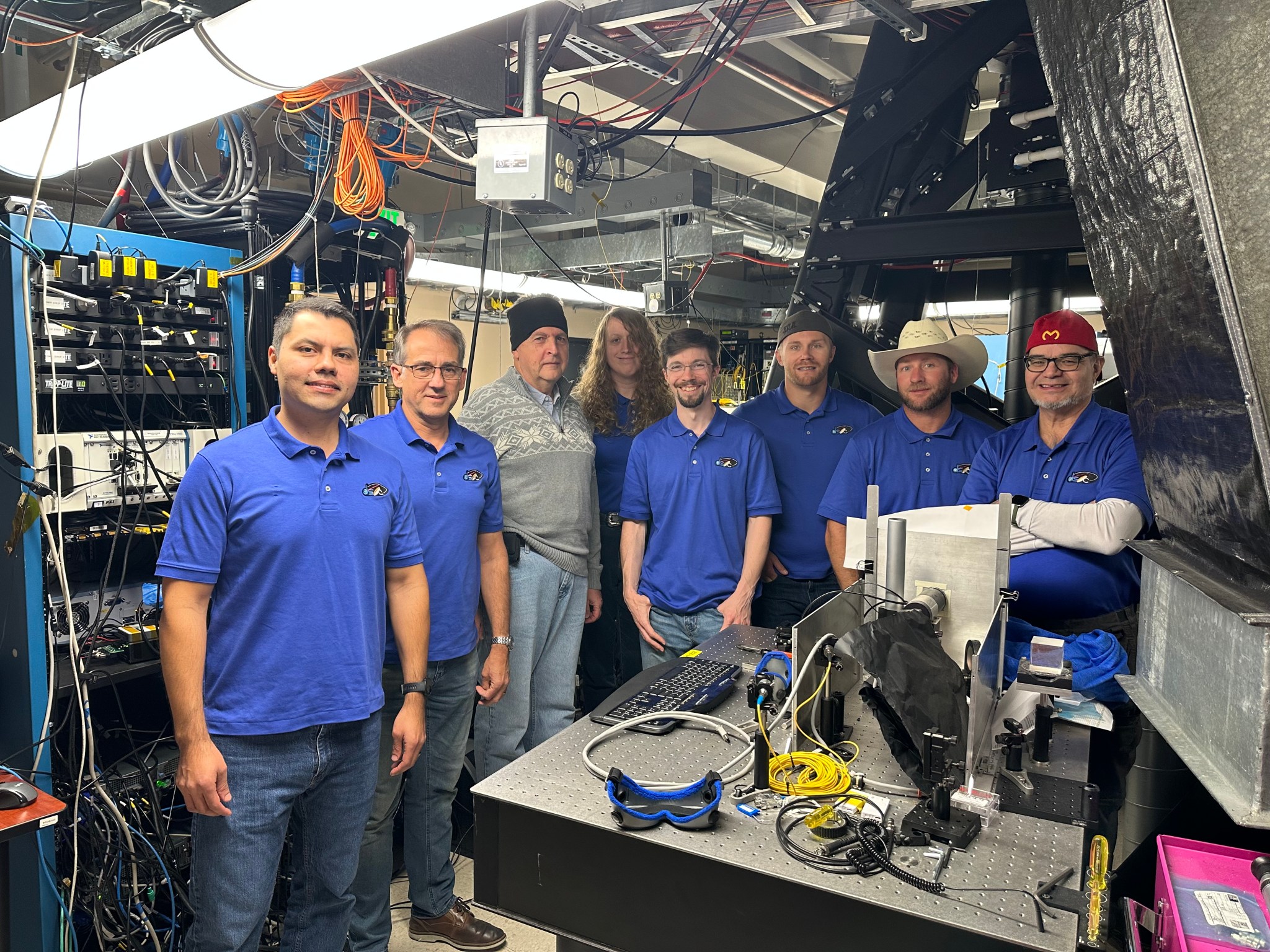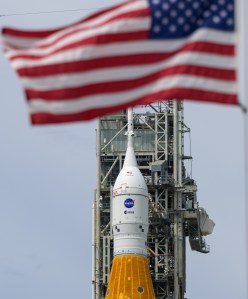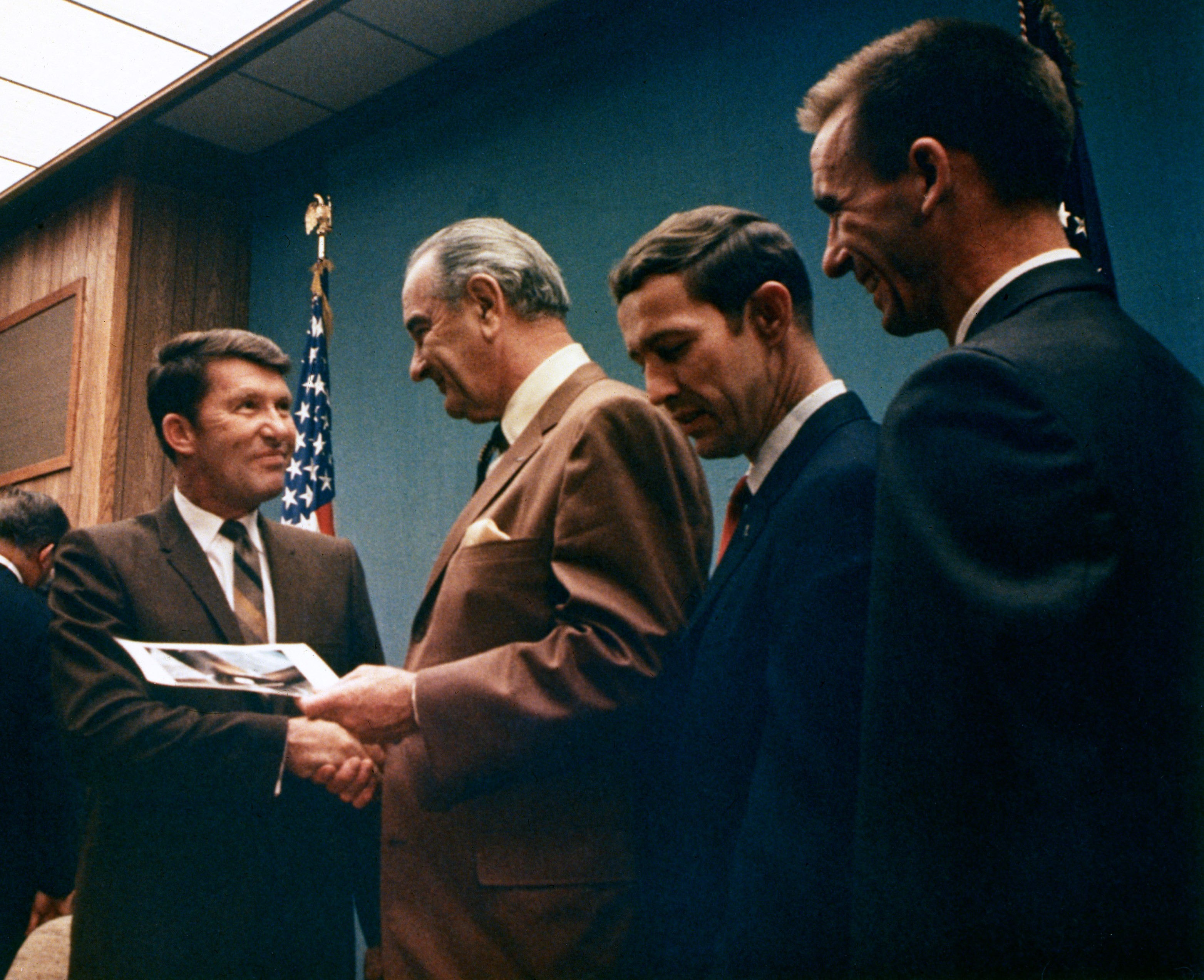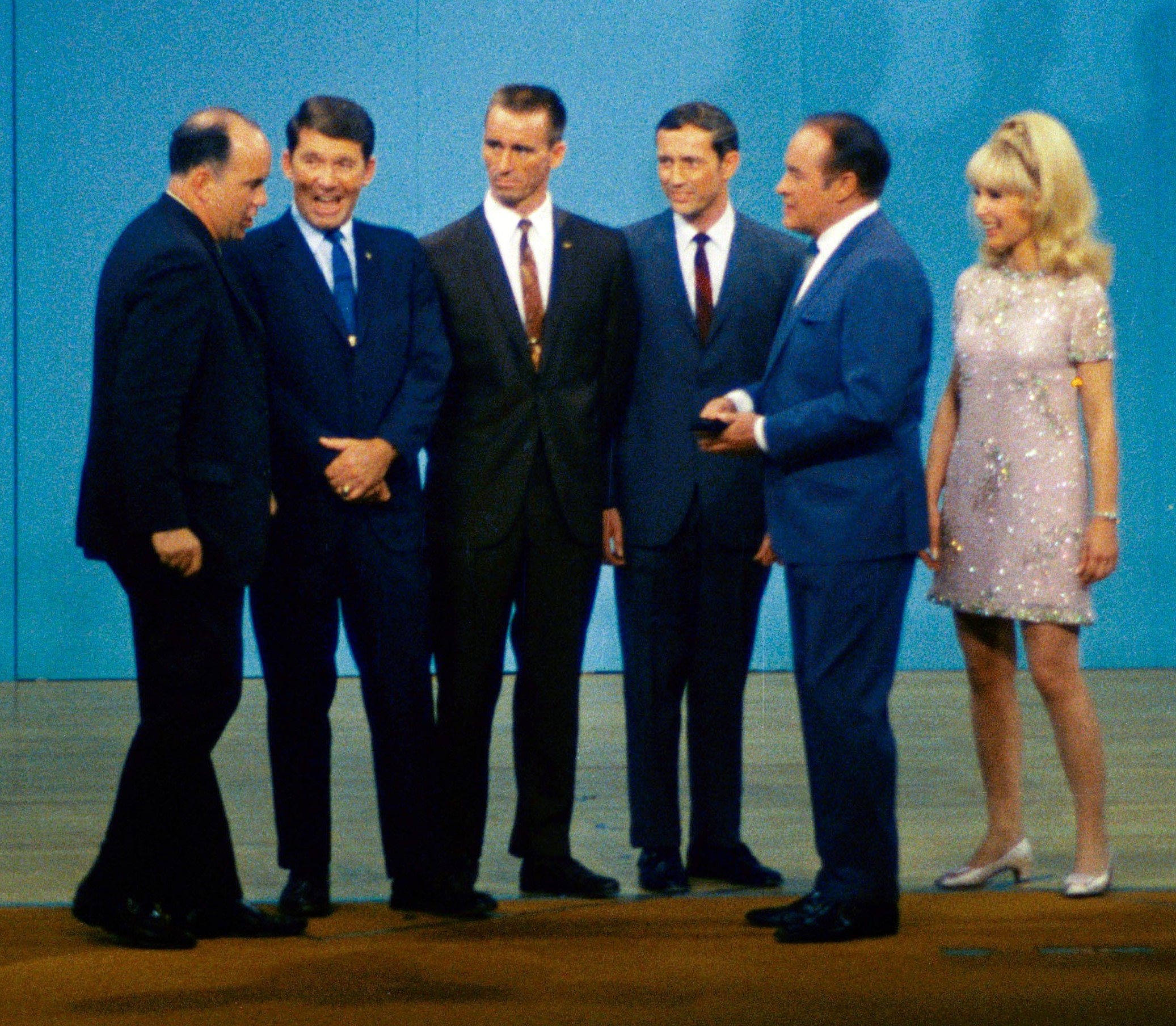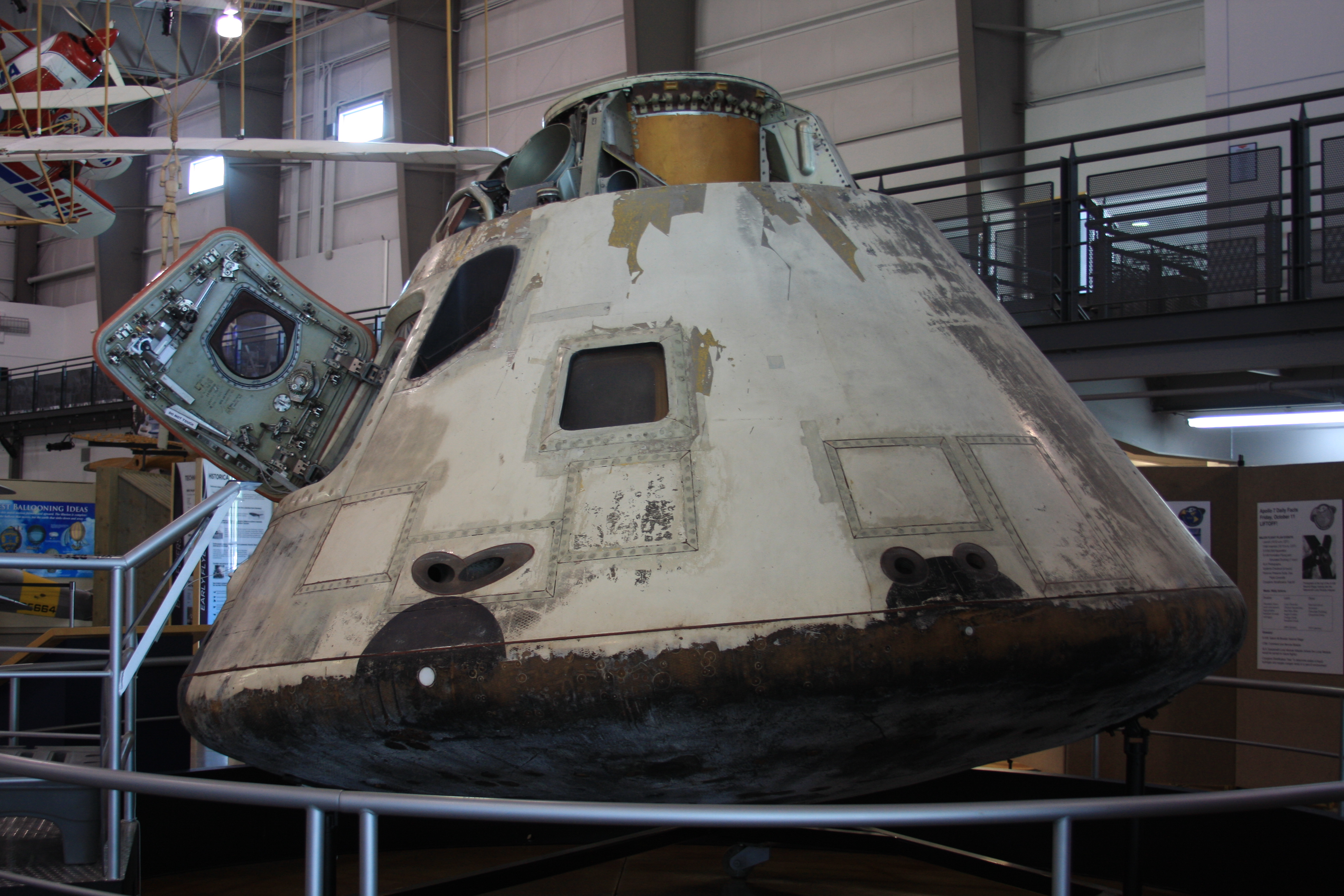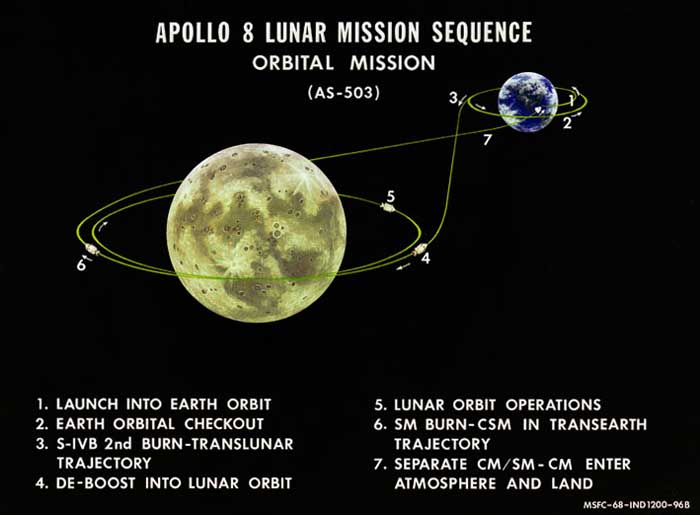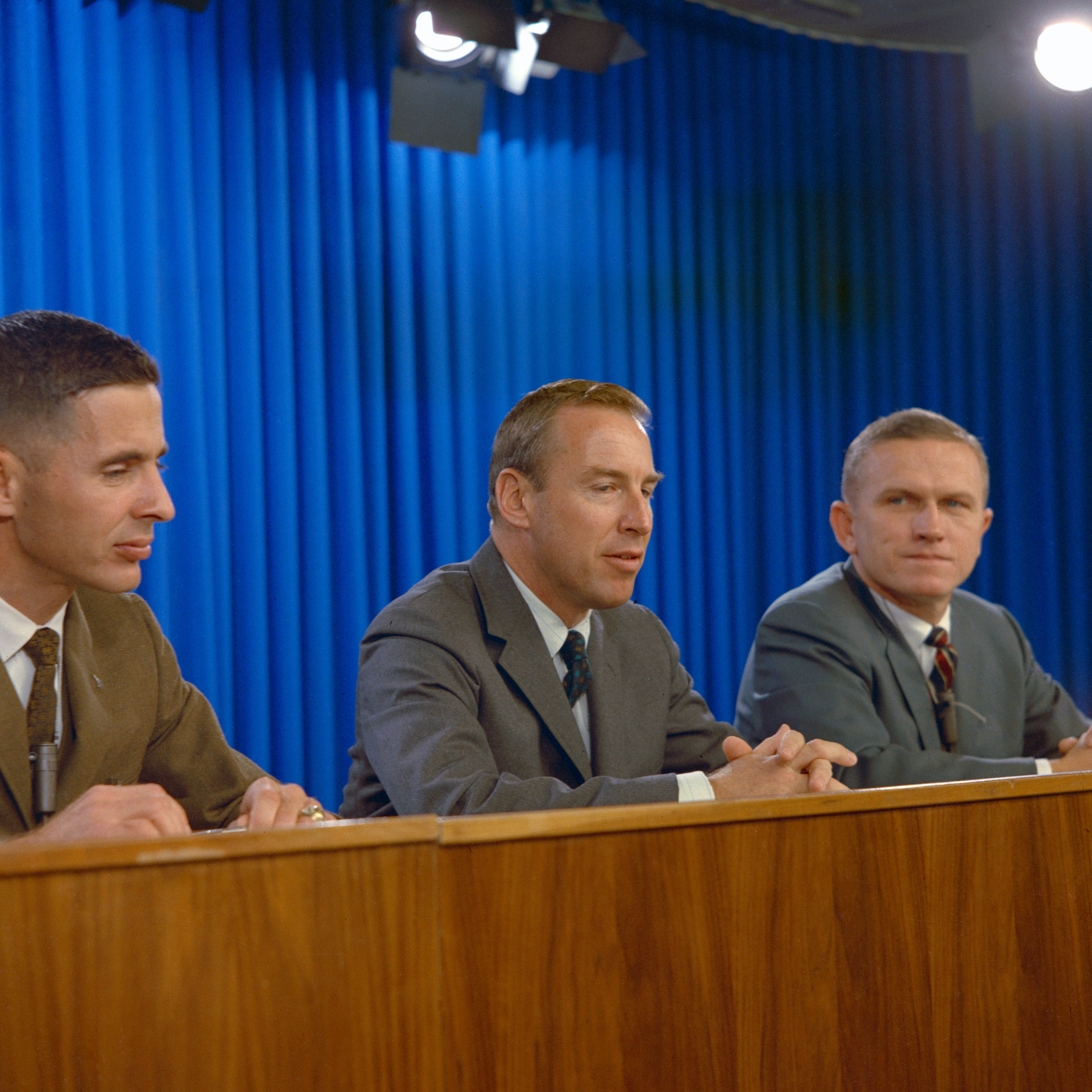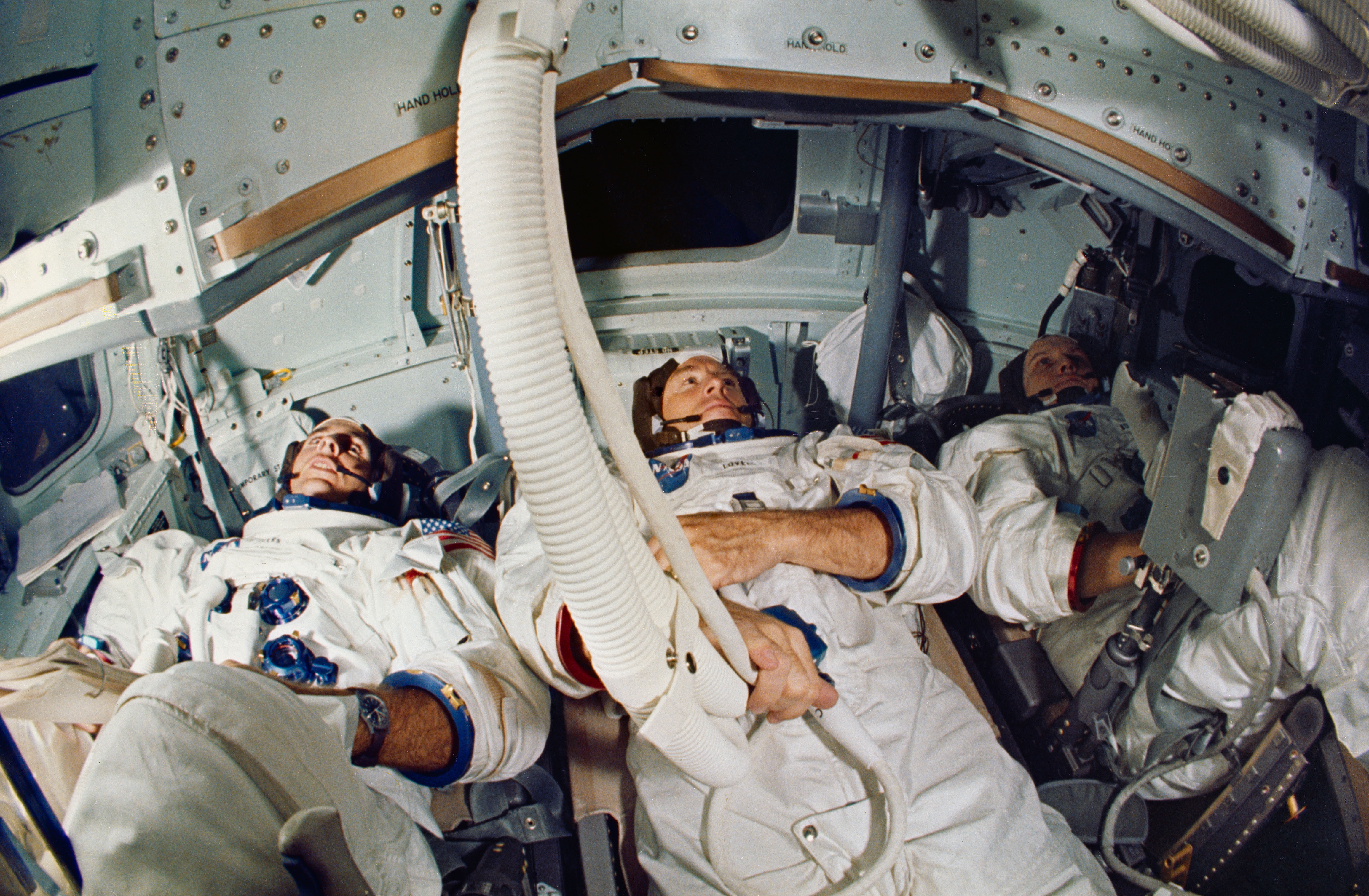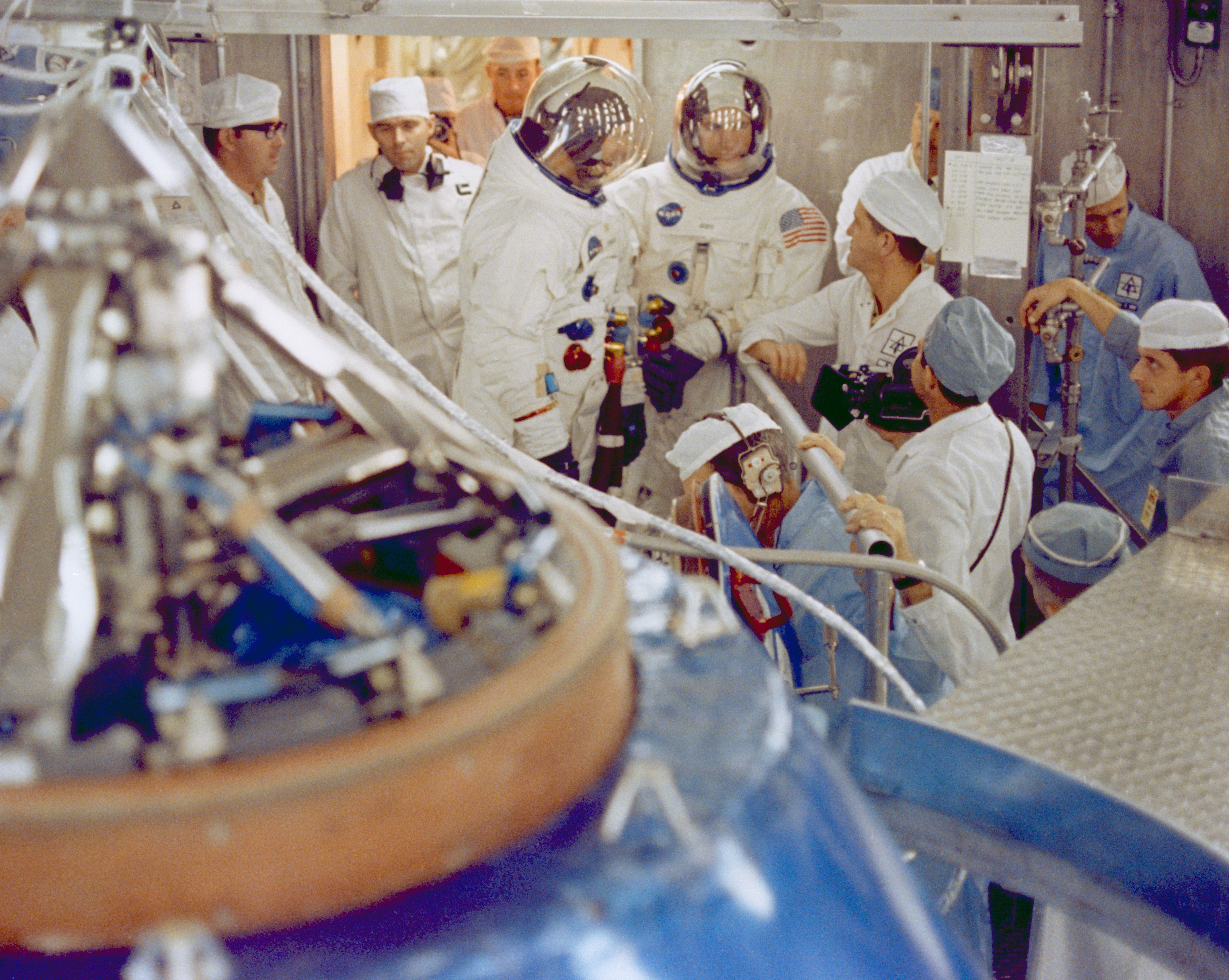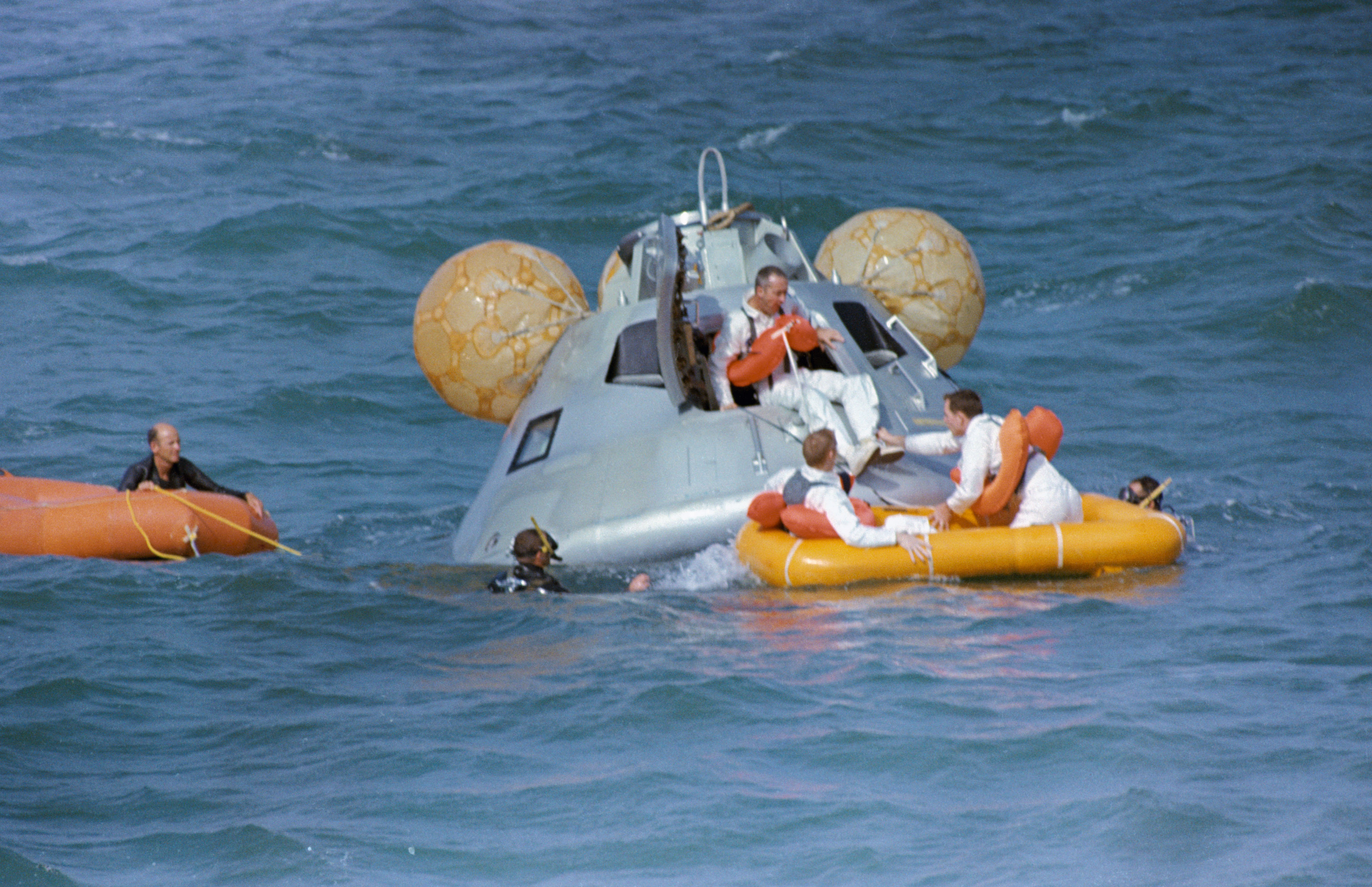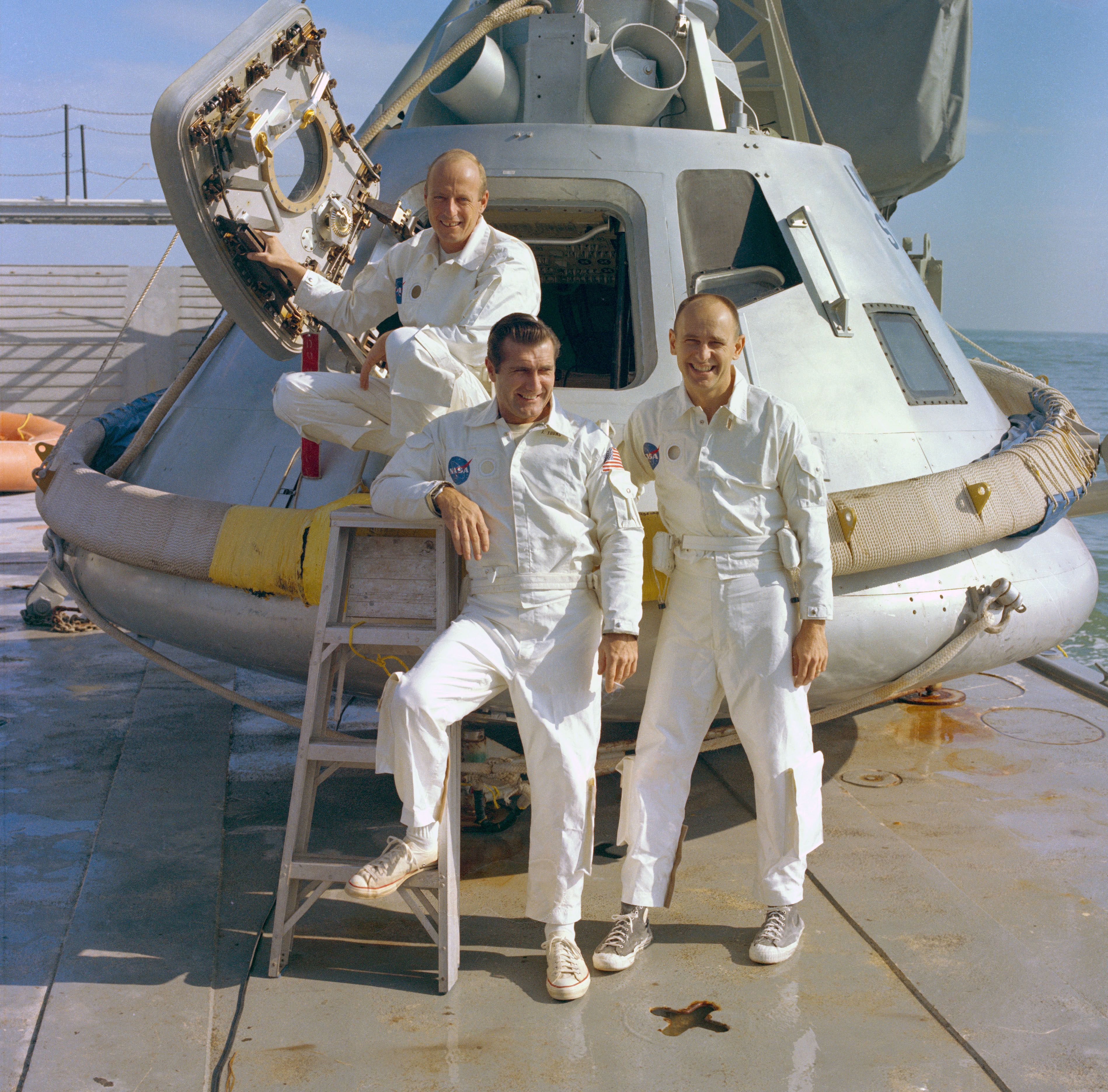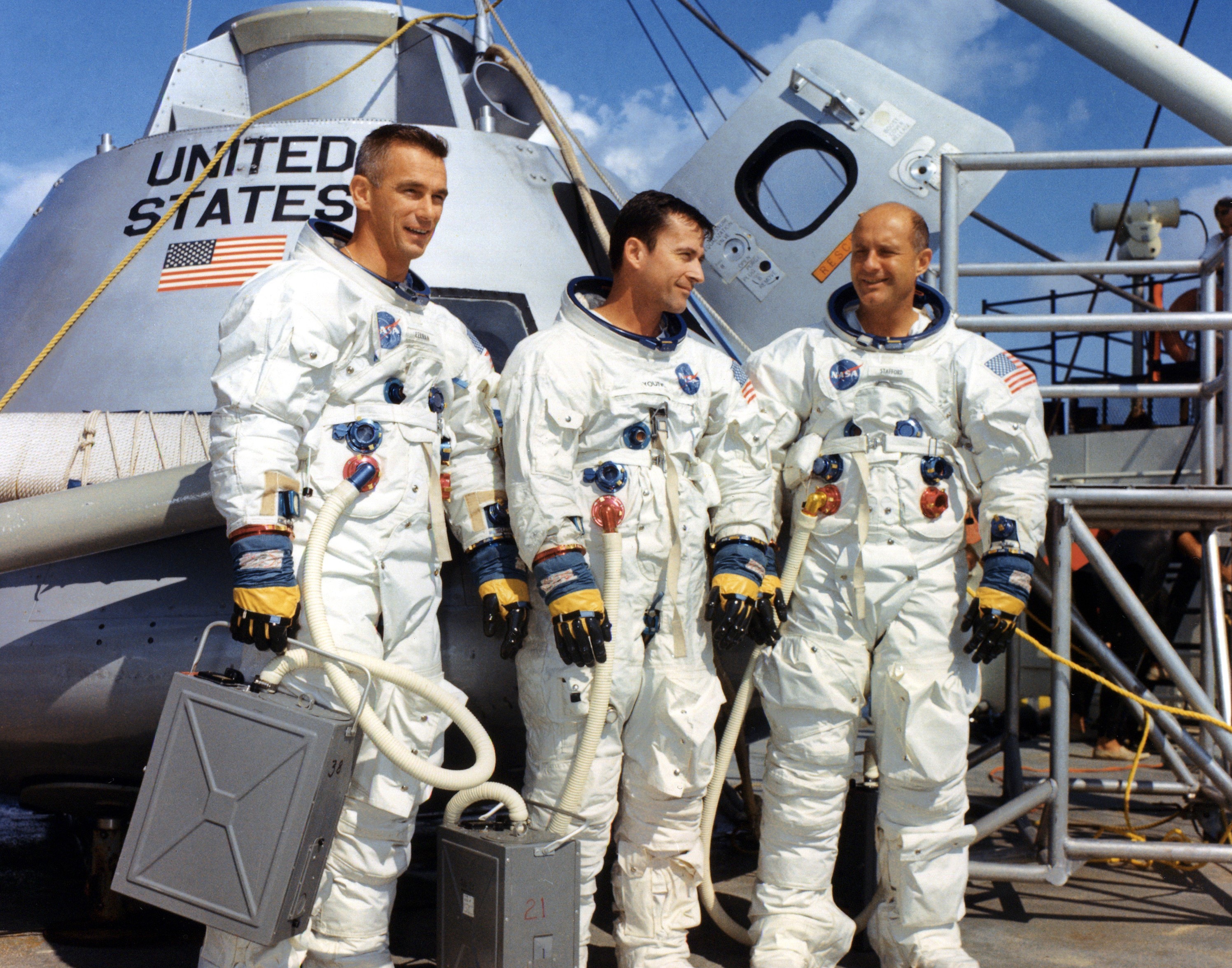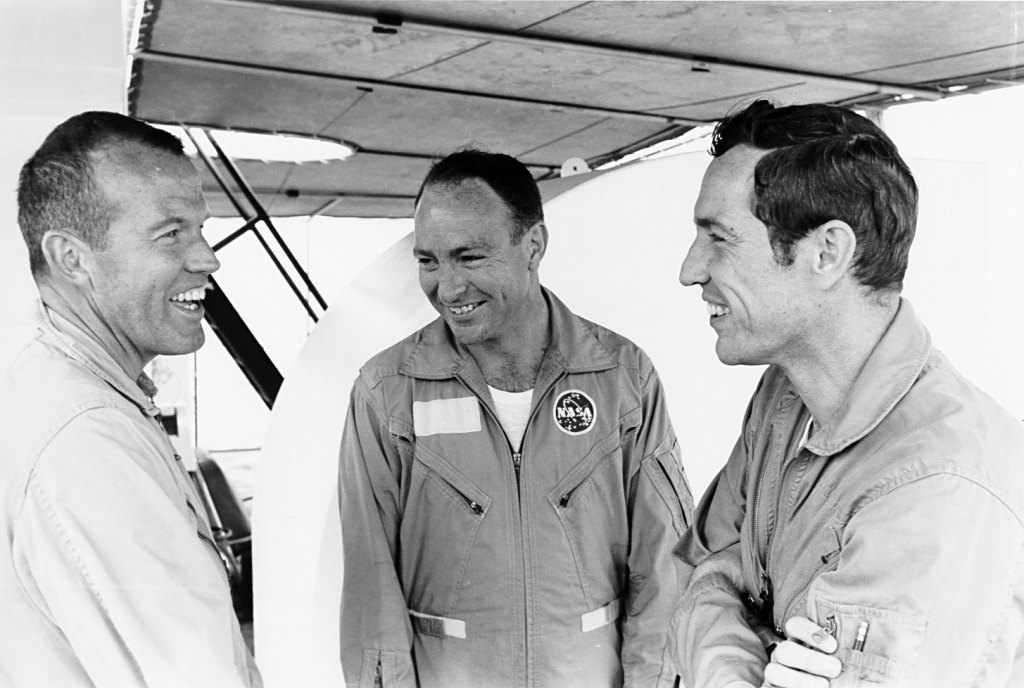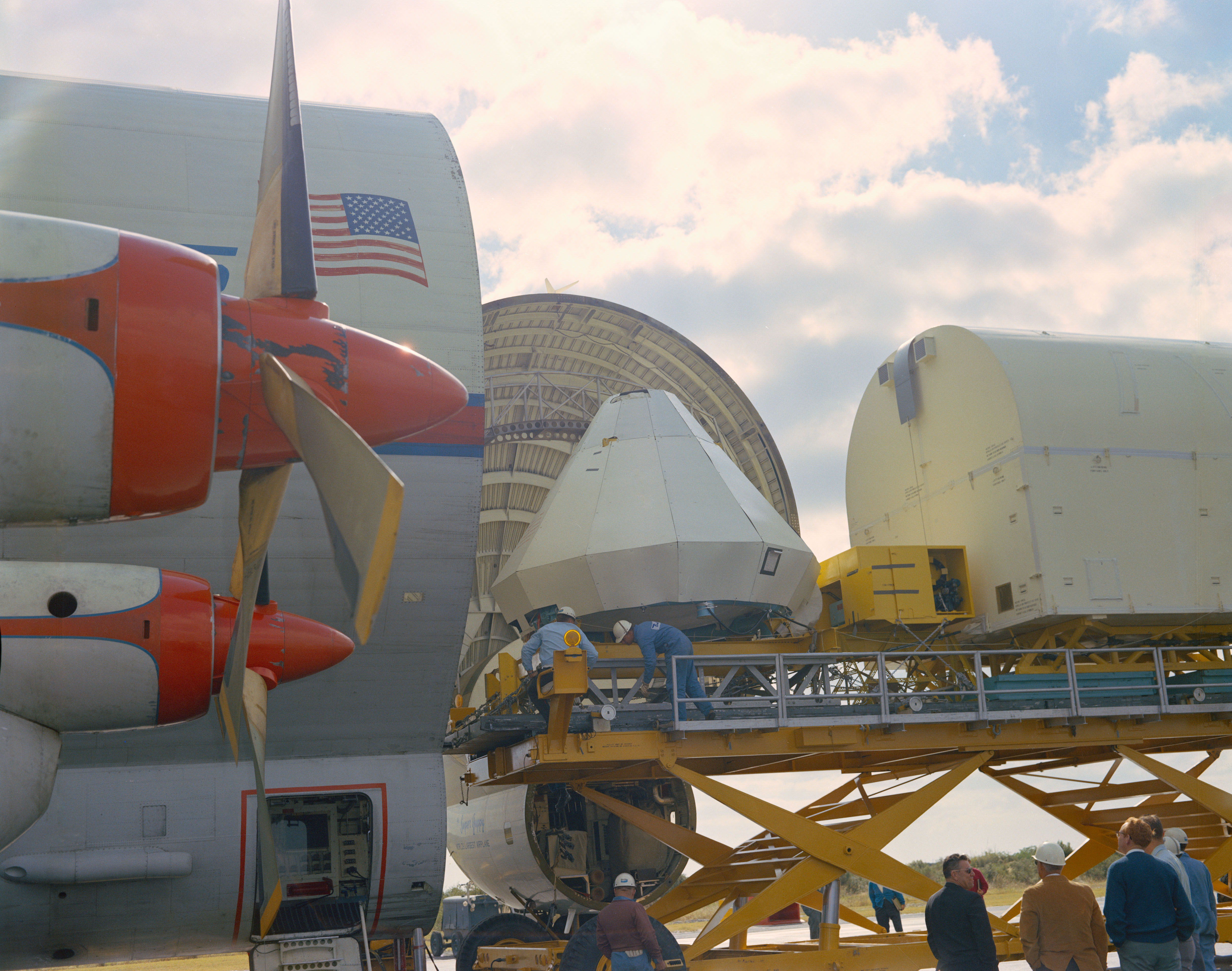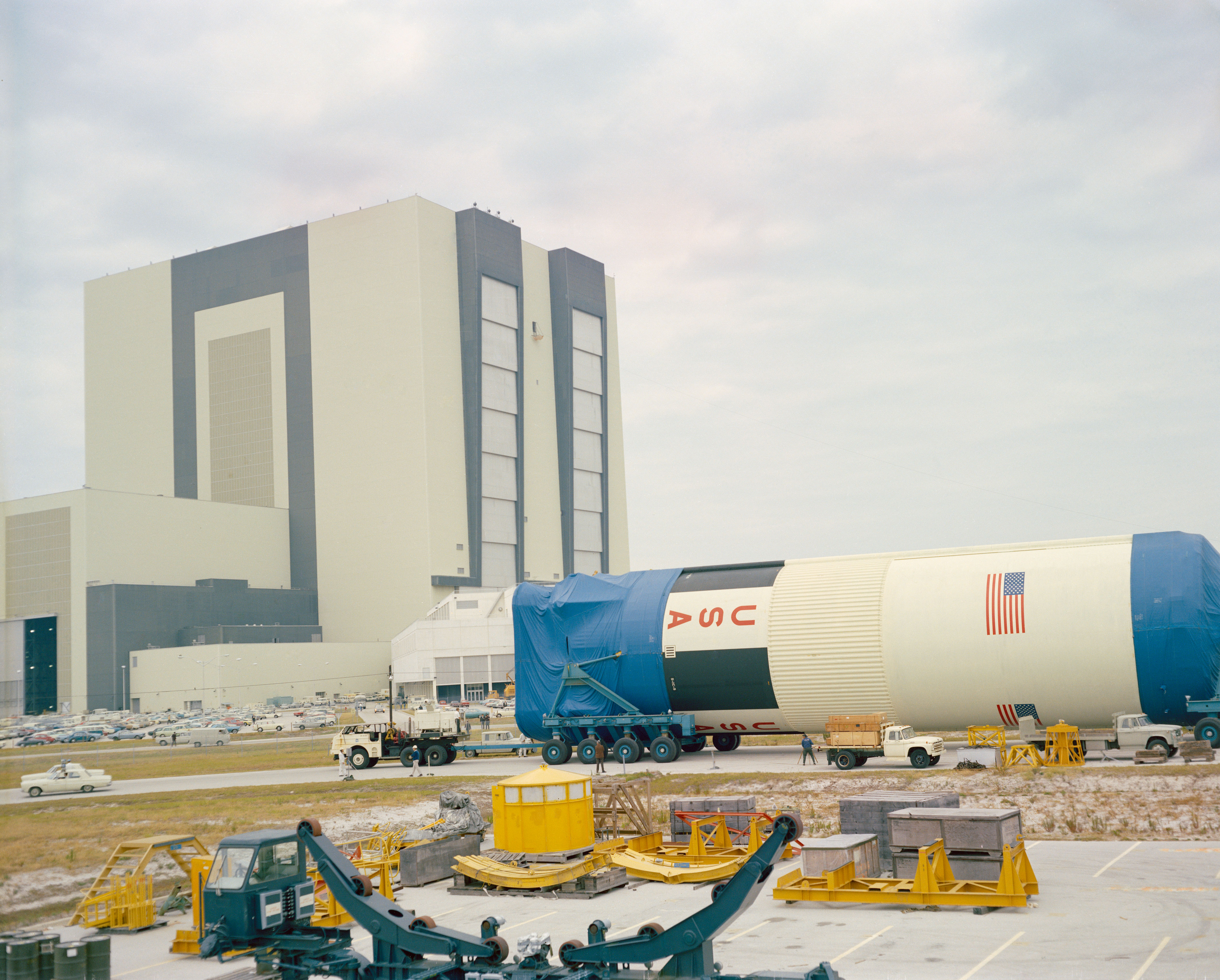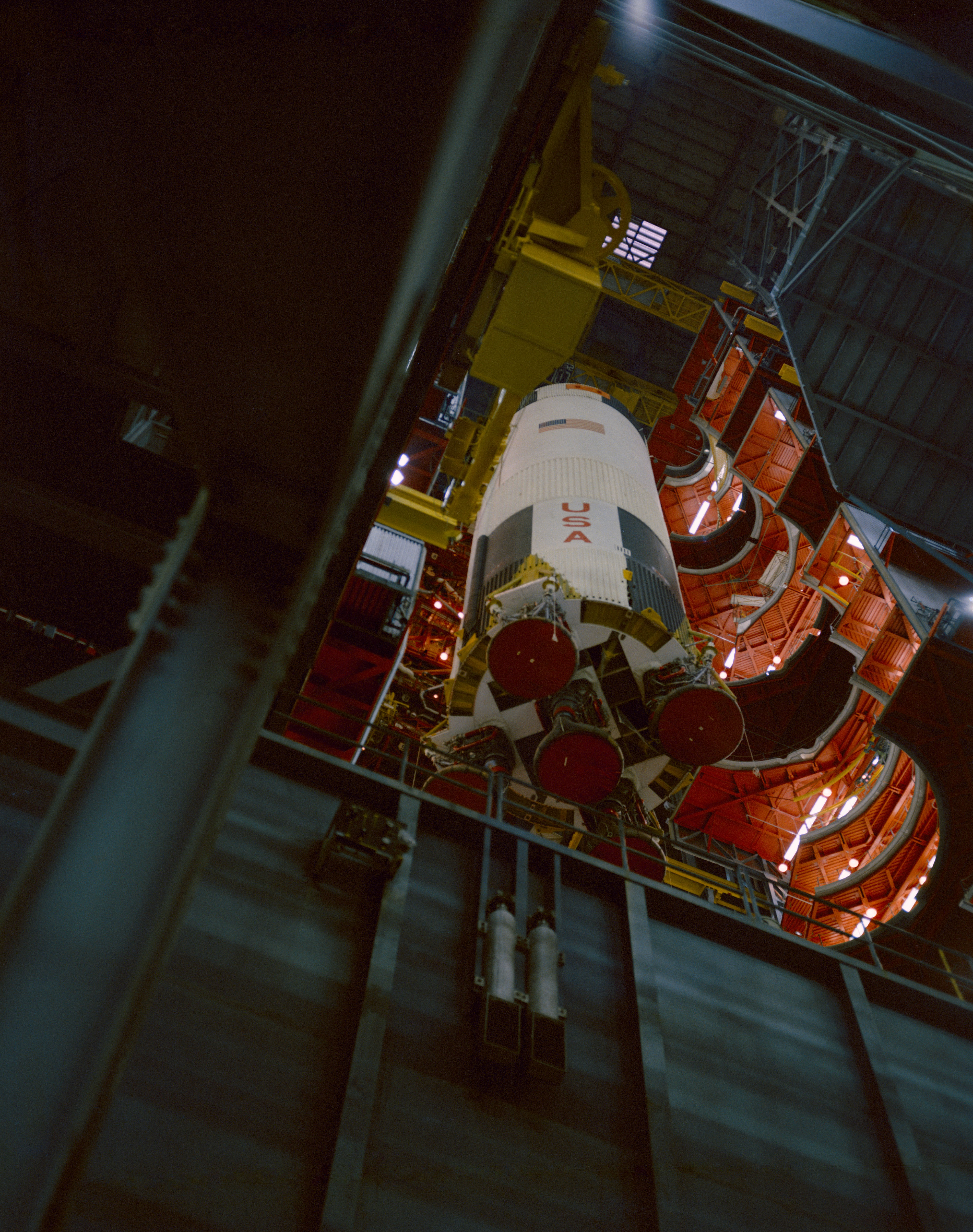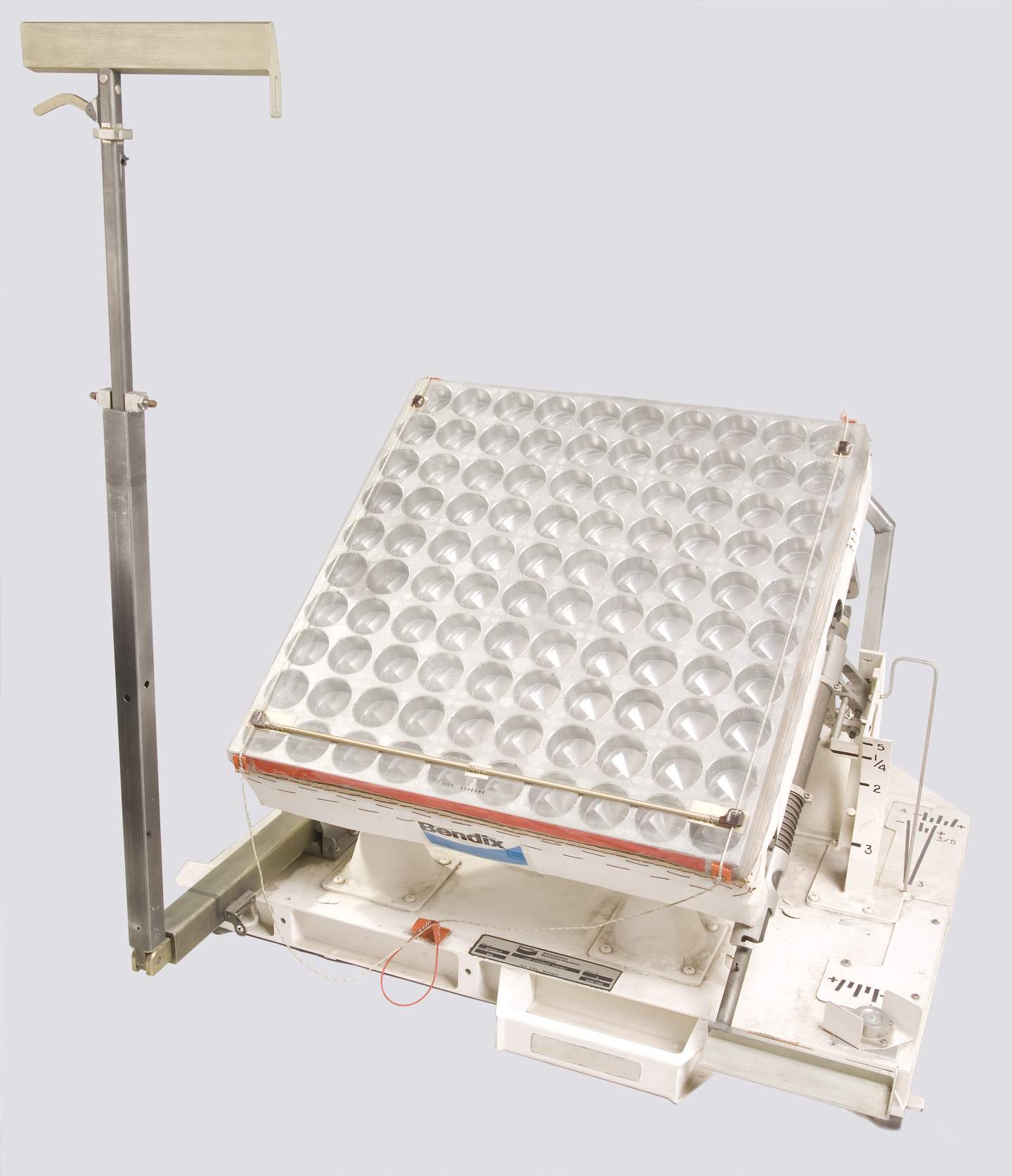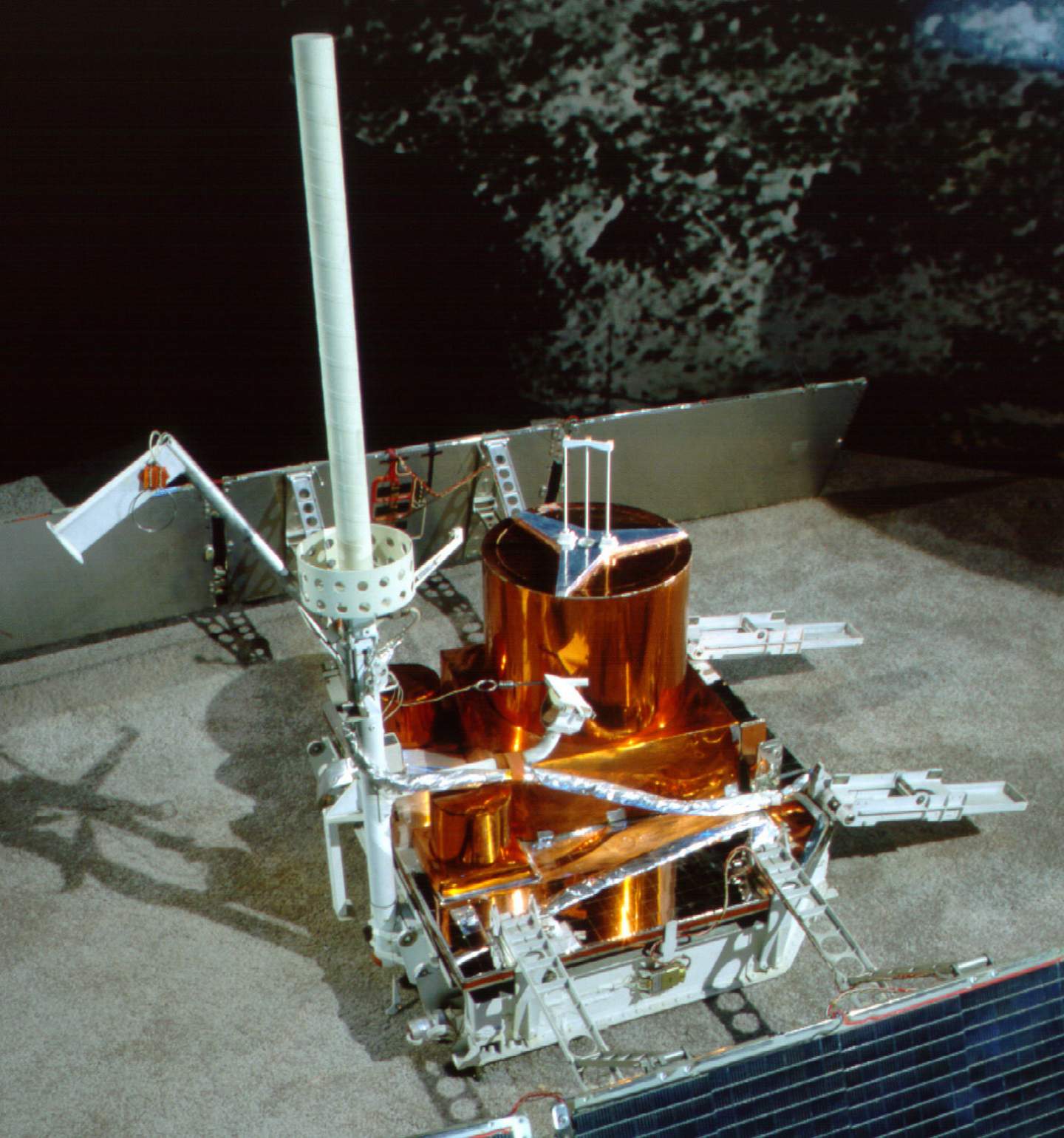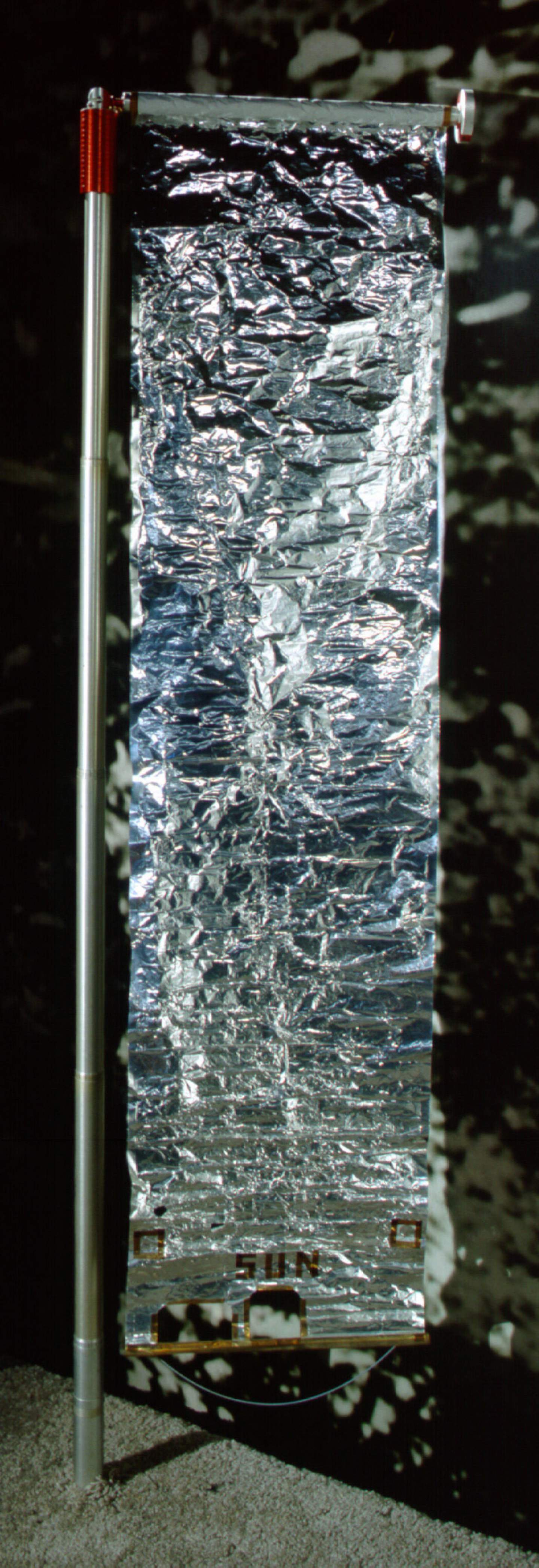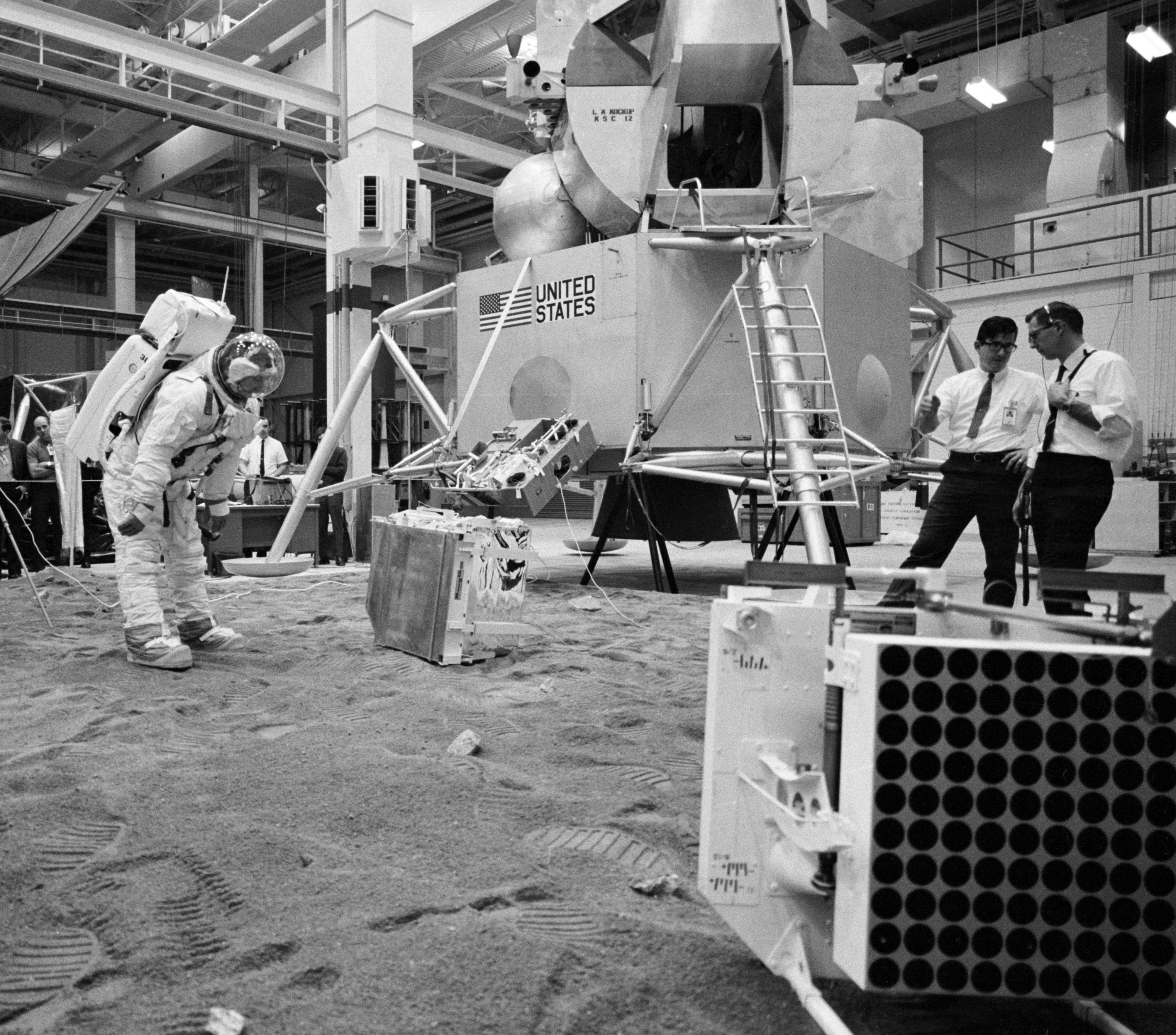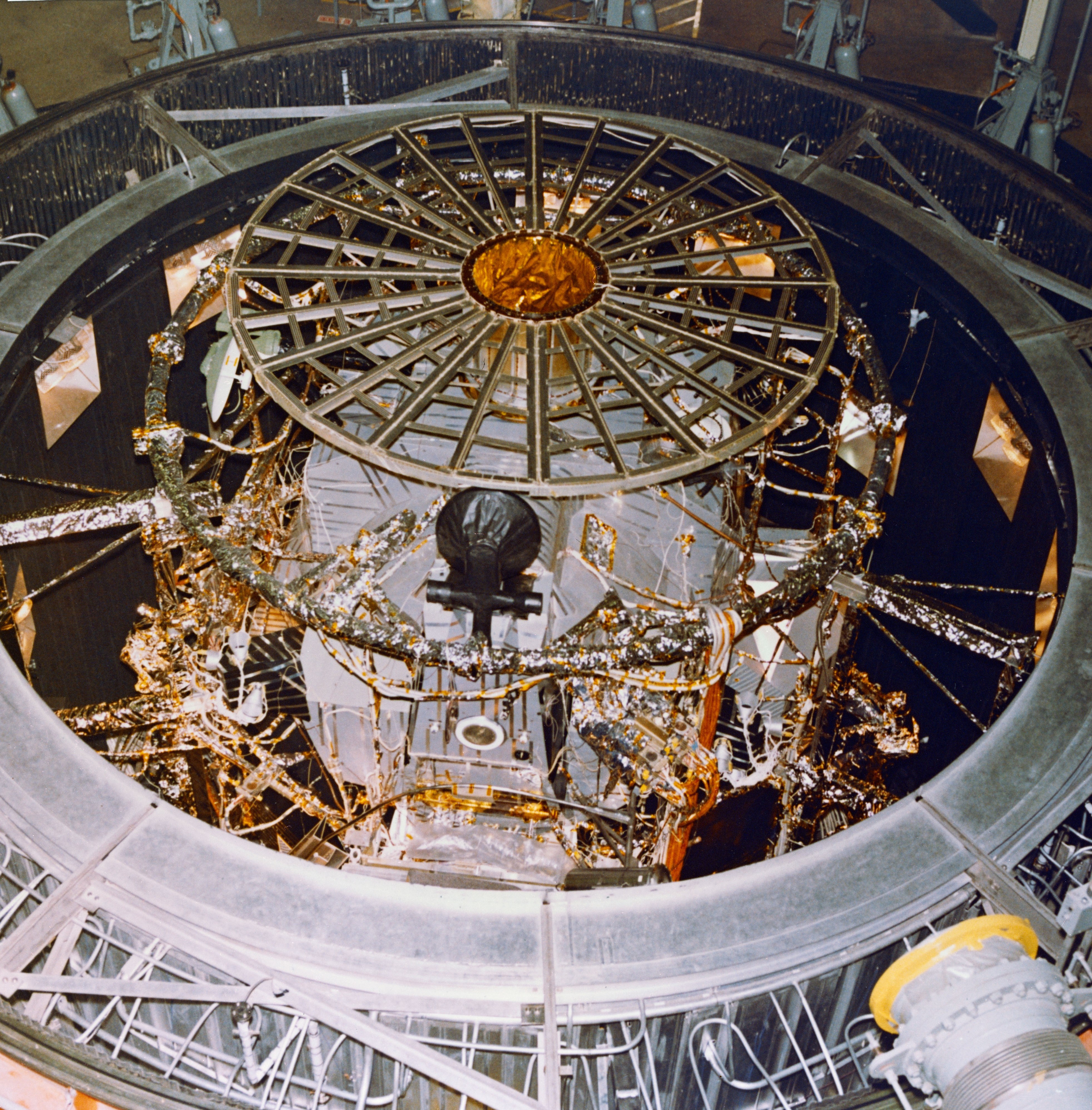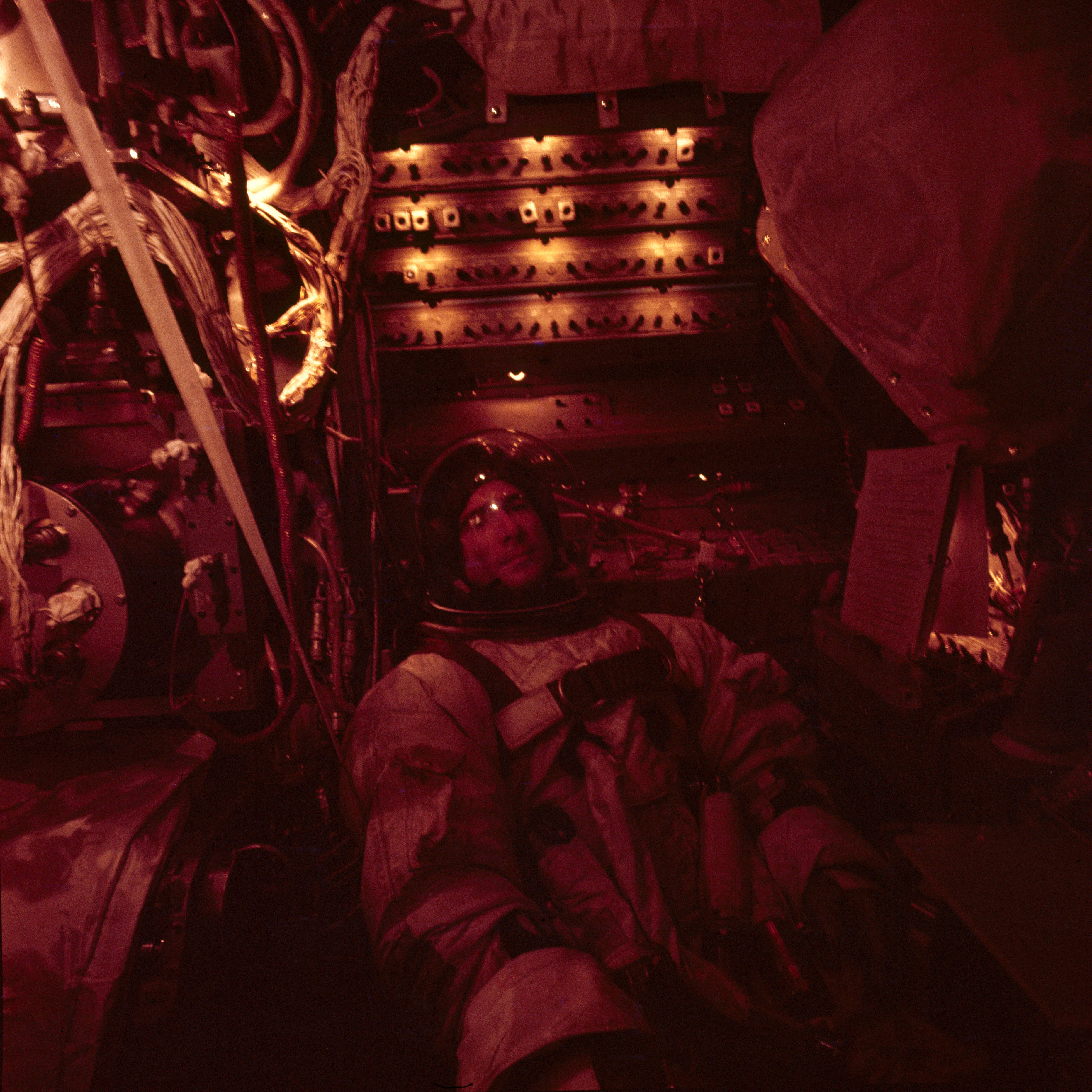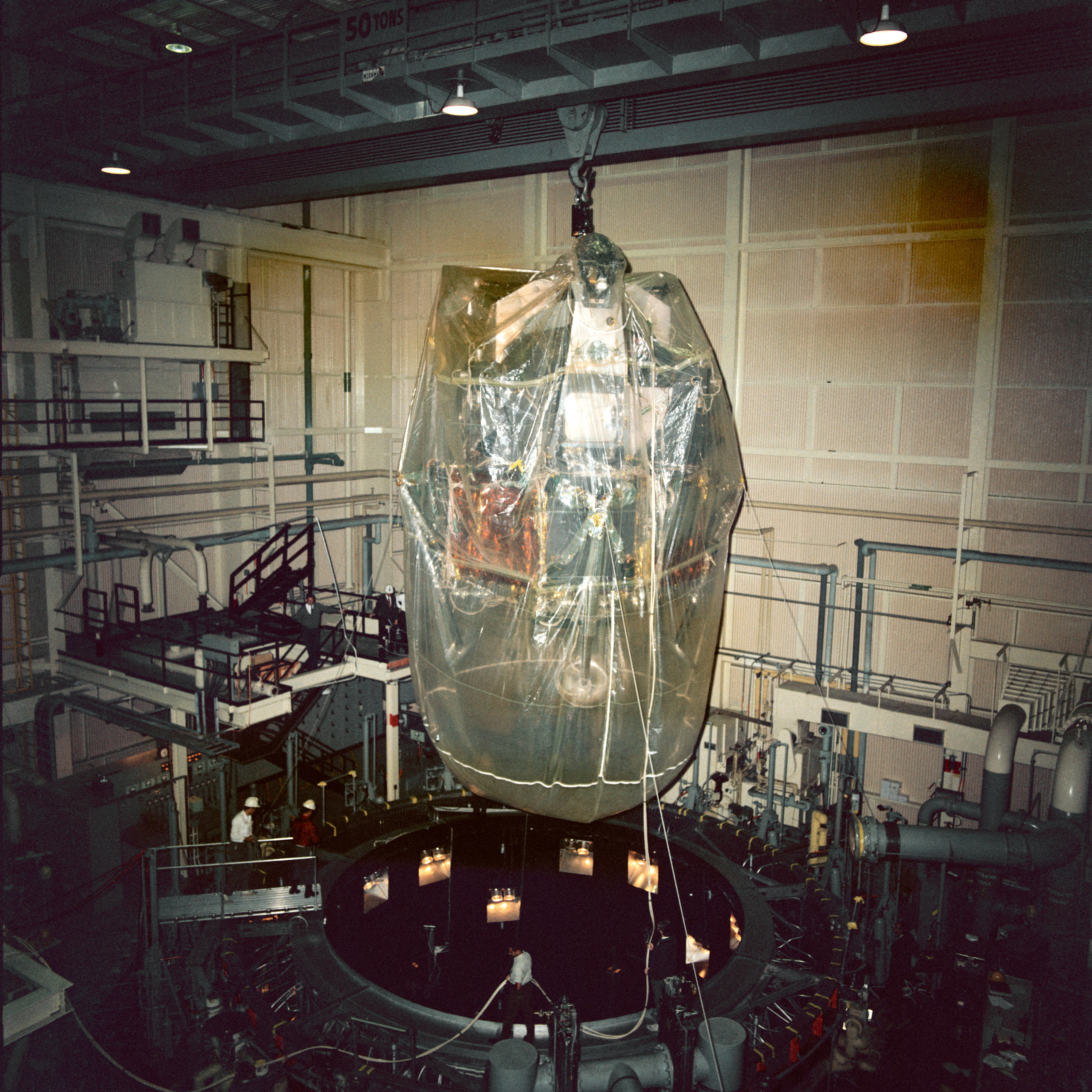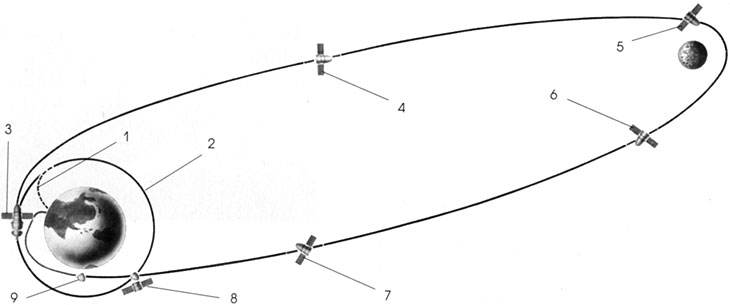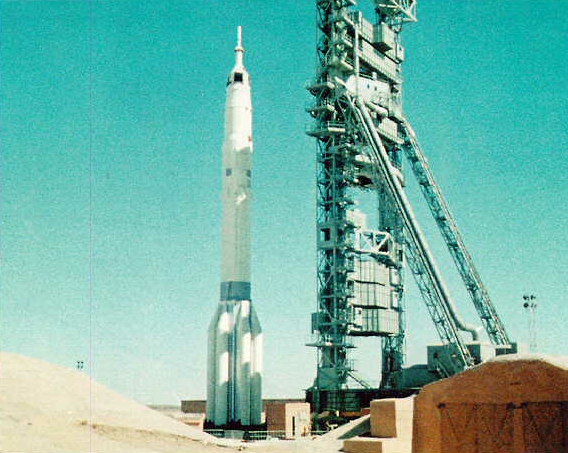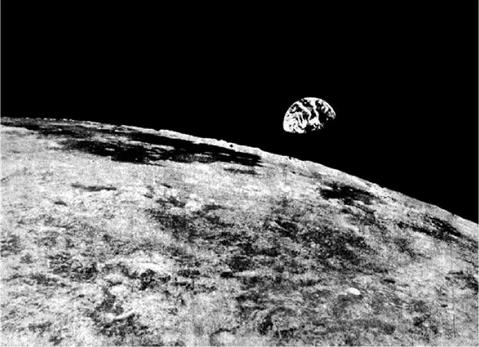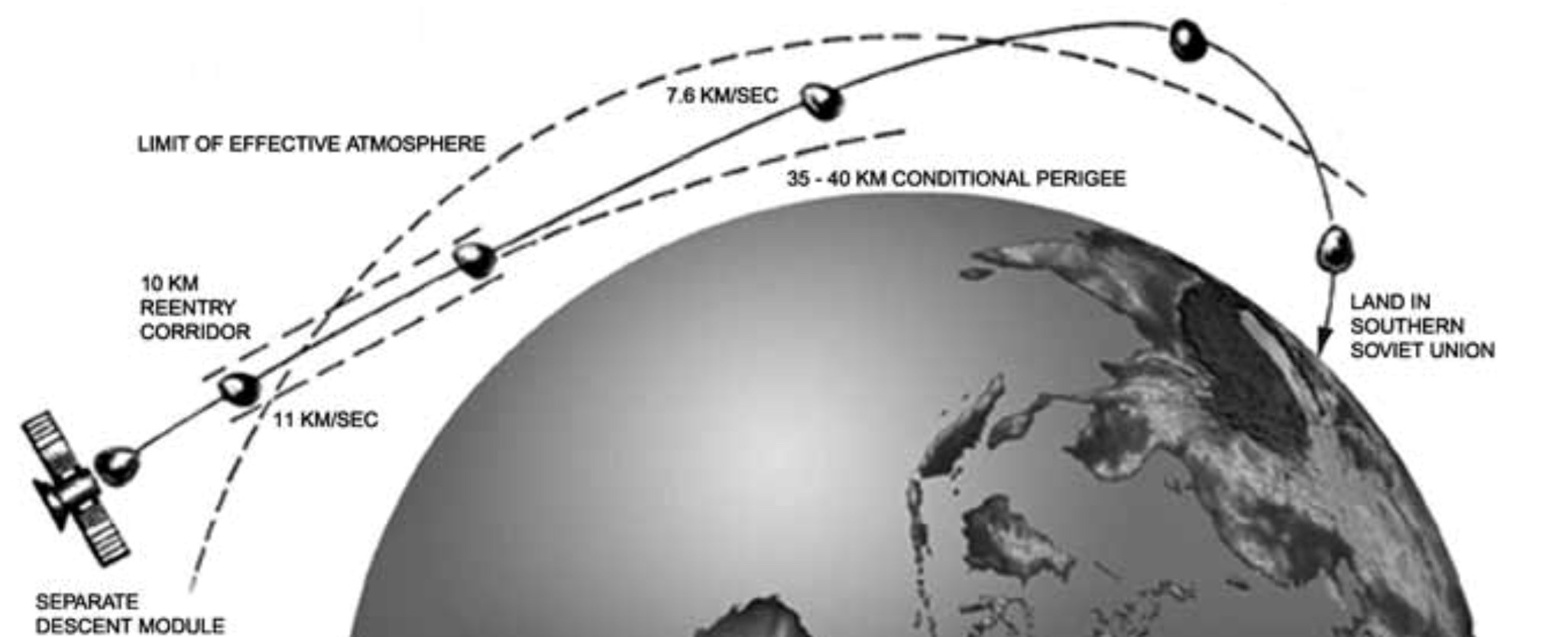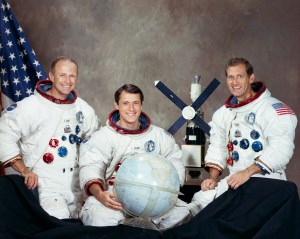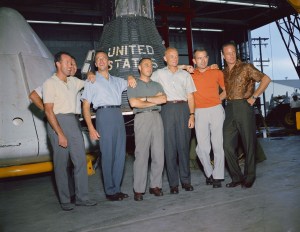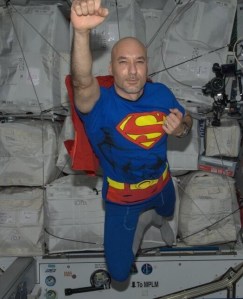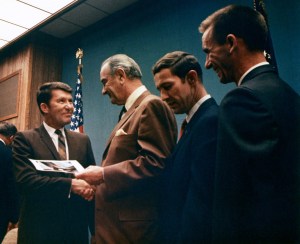50 Years Ago: Launch of Skylab 4, The Final Mission to Skylab
The third and final crewed mission to the Skylab space station, Skylab 4, got underway on Nov. 16, 1973, with a thunderous launch from NASA’s Kennedy Space Center (KSC) in Florida. Docking eight hours later, astronauts Gerald P. Carr, Edward G. Gibson, and William R. Pogue began a planned 56-day mission that program managers extended to a record-breaking 84 days. During their first month, as they adjusted to weightlessness and their new surroundings, they completed the first of four spacewalks. They began an extensive science program, investigating the effects of long-duration spaceflight on human physiology, examining the Sun, conducting observations of the Earth, as well as technology and student-led experiments. They began their systematic observations of recently discovered Comet Kohoutek as it approached the Sun.
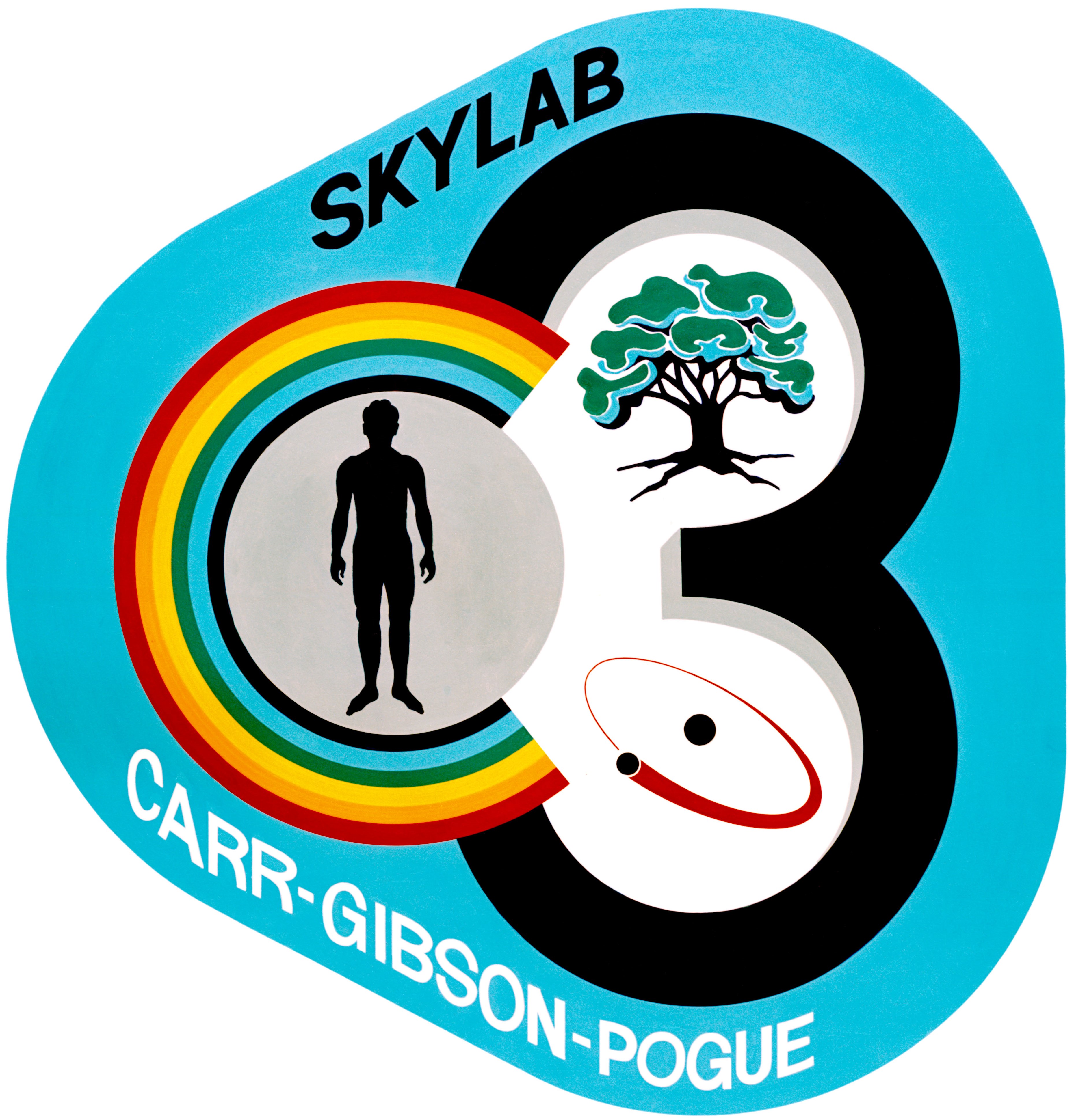
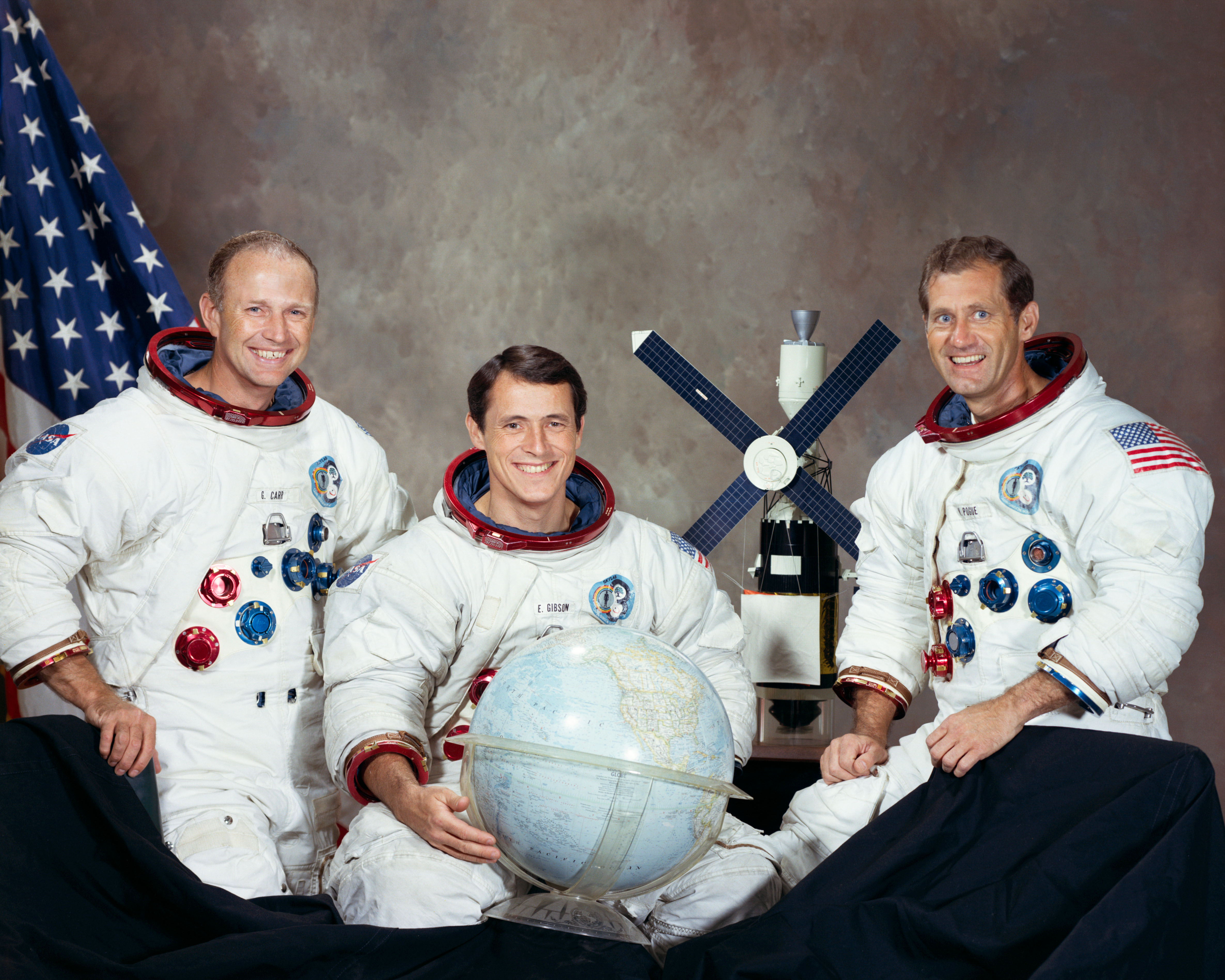
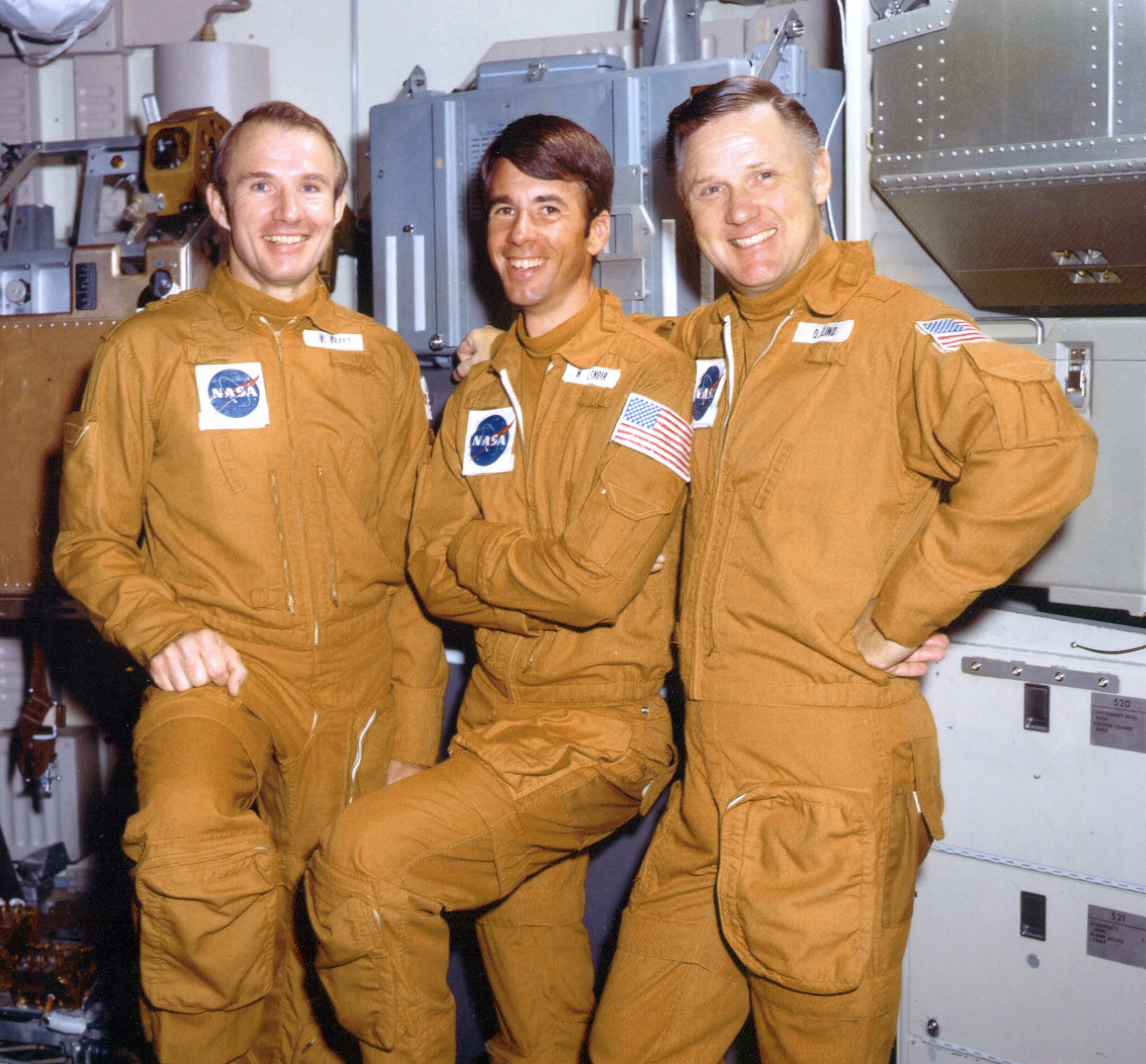
Left: Crew patch of the third and final crewed mission to Skylab. Middle: Official photo of the Skylab 4 crew of Gerald P. Carr, left, Edward G. Gibson, and William R. Pogue. Right: The Skylab 4 backup crew of Vance D. Brand, left, William B. Lenoir, and Don L. Lind.
In January 1972, NASA announced the astronauts it had selected for the Skylab program. For Skylab 4, the third crewed mission and at the time planned to last 56 days, NASA named Carr as commander, Gibson as science pilot, and Pogue as pilot to serve as the prime crew, the first all-rookie prime crew since Gemini VIII in 1966. For the backup crew, NASA designated Vance D. Brand, William B. Lenoir, and Don L. Lind, who also served as the backup crew for Skylab 3. Brand and Lind would serve as the two-person crew for a possible rescue mission.
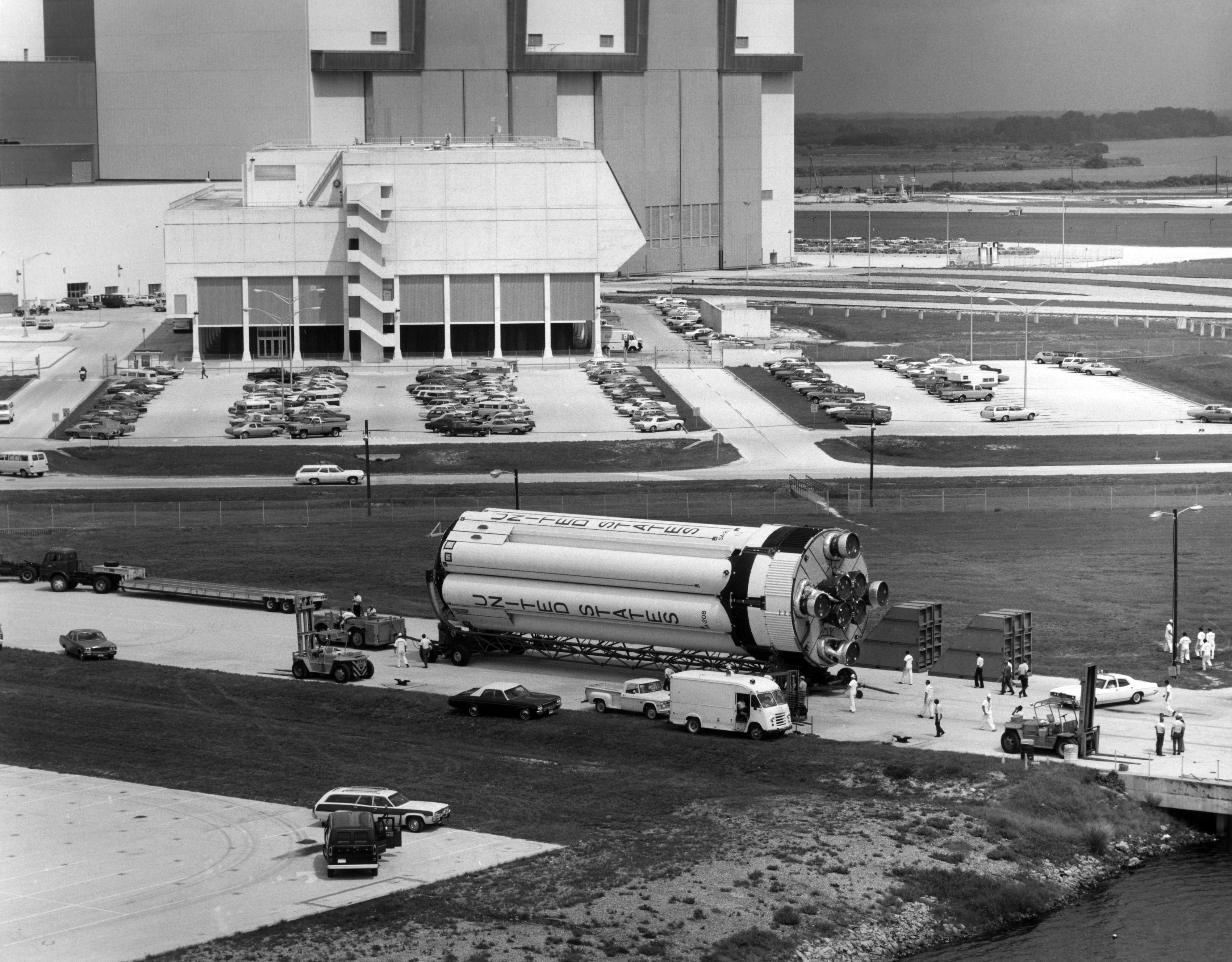
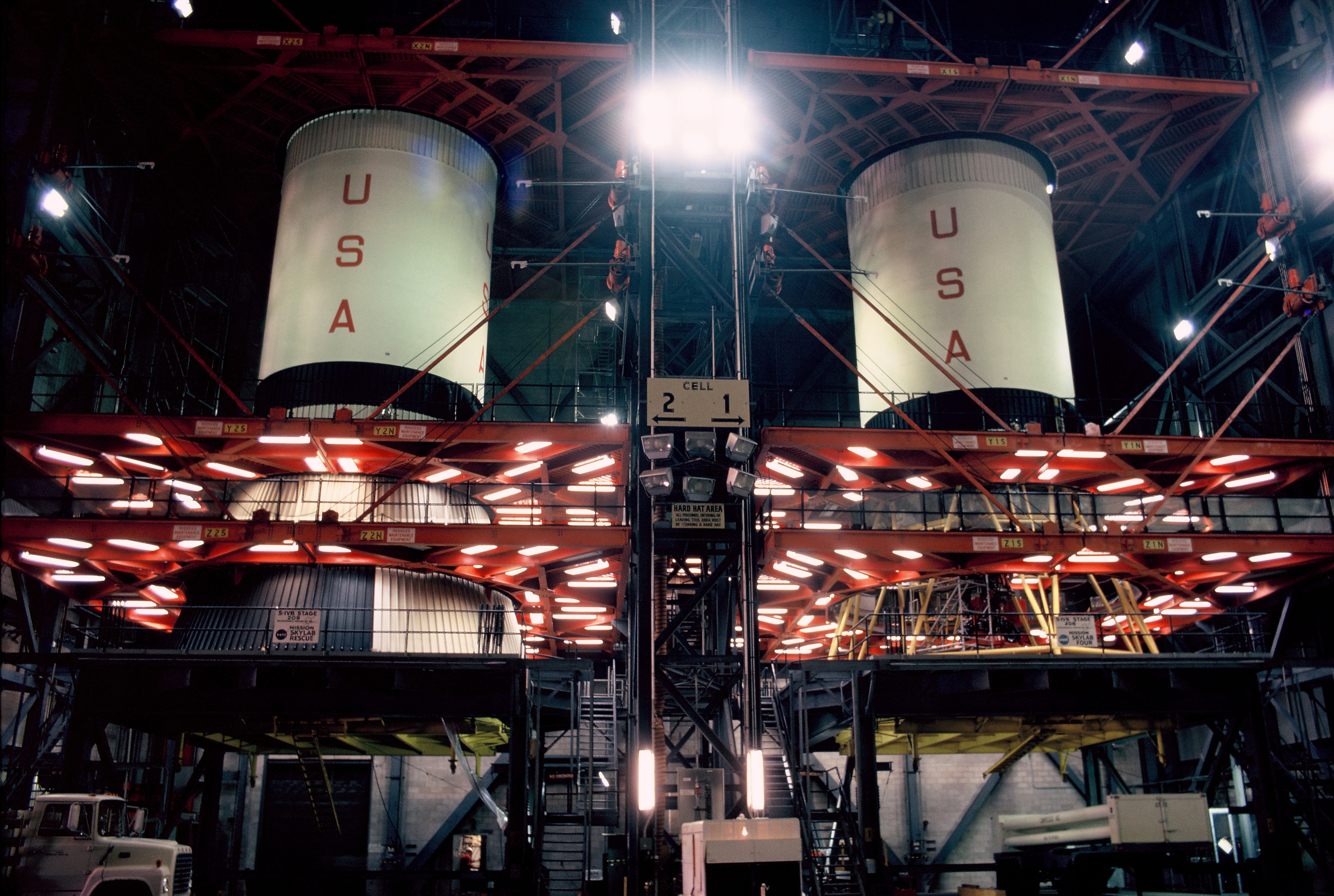
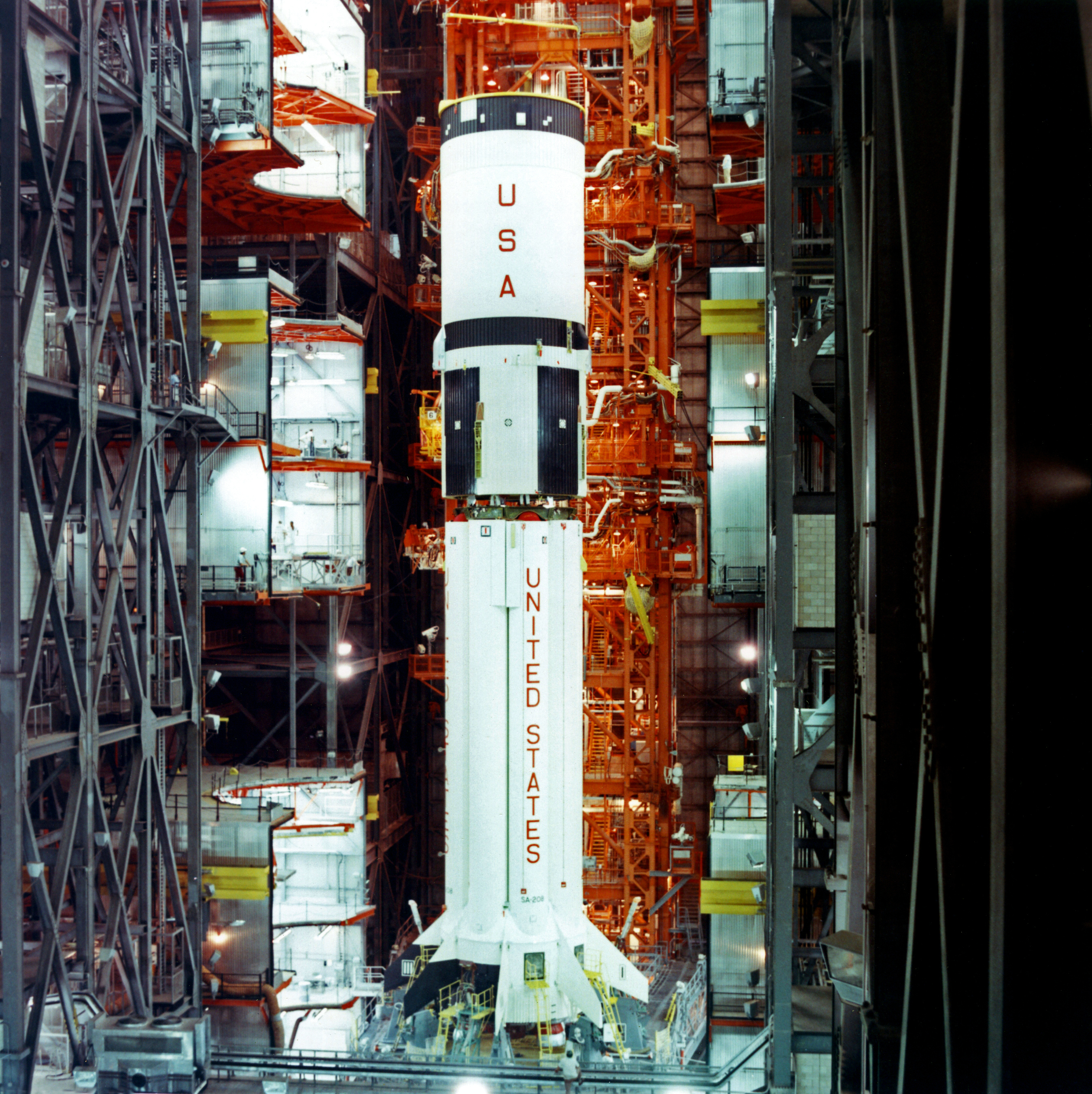
Left: The S-IB first stage for the Skylab 4 mission’s SA-208 Saturn IB rocket arrives at the Vehicle Assembly Building (VAB) at NASA’s Kennedy Space Center in Florida. Middle: The two S-IVB second stages for the Skylab 4 SA-208 rocket, right, and the SA-209 Skylab rescue rocket sit side by side in the VAB. Right: Workers in the VAB stack the second stage onto the first stage for the Skylab 4 Saturn IB.
Preparations at KSC for the Skylab 4 mission began on Nov. 4, 1971, with the arrival of the S-IVB second stage of the SA-208 Saturn IB rocket. Workers placed it in long-term storage in the Vehicle Assembly Building (VAB). The rocket’s S-IB first stage arrived on June 20, 1973. Workers in the VAB mounted it on Mobile Launcher 1 on July 31, adding the second stage later that same day.
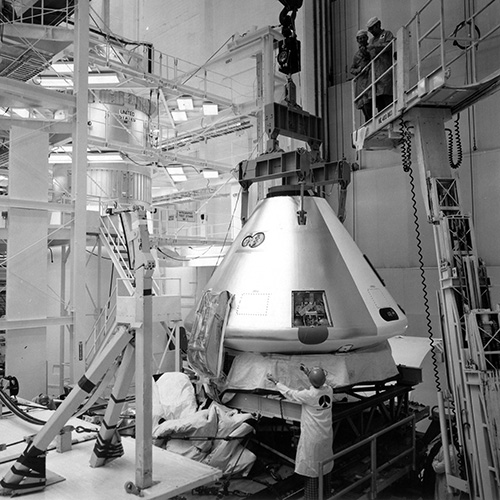
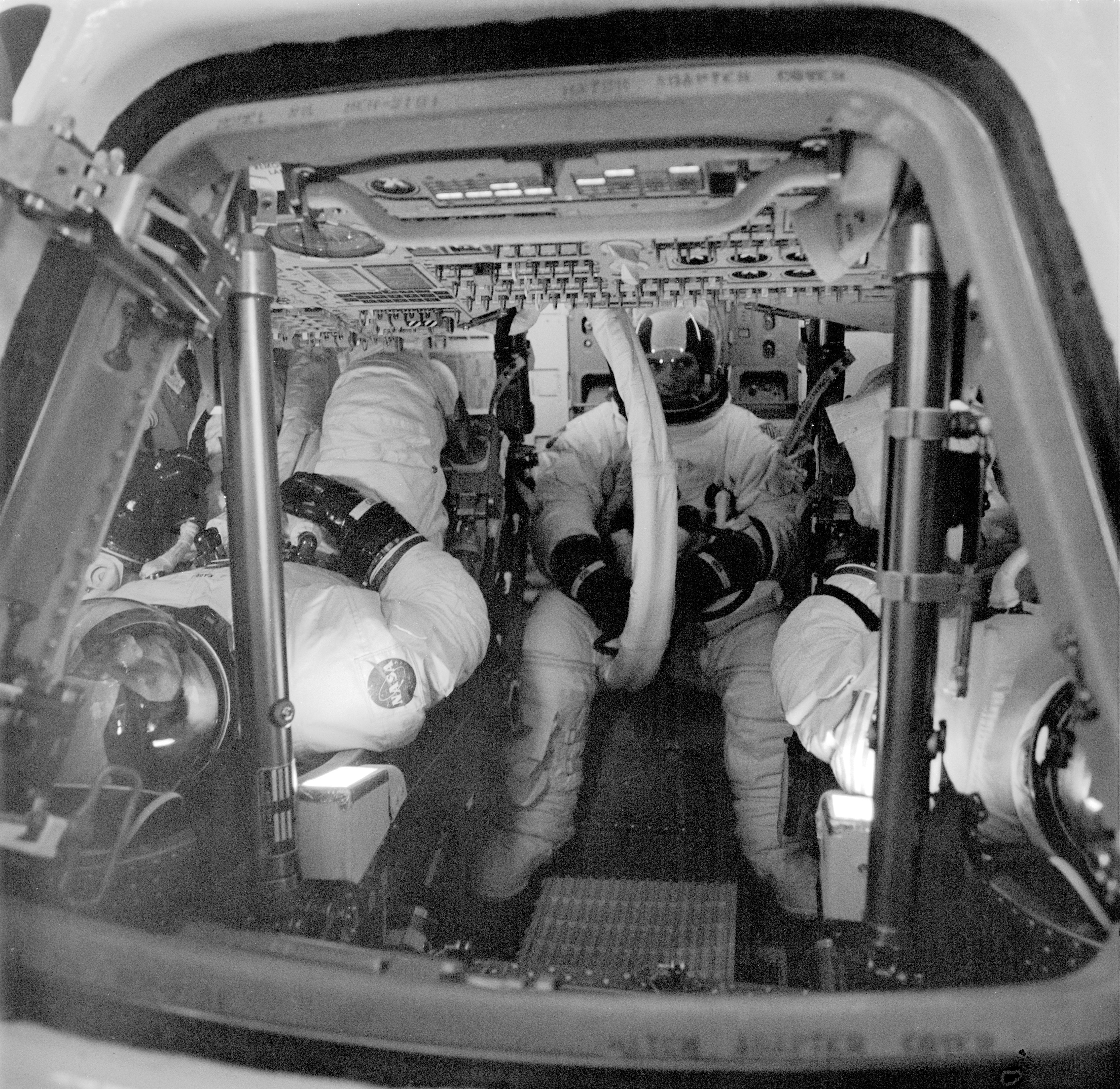
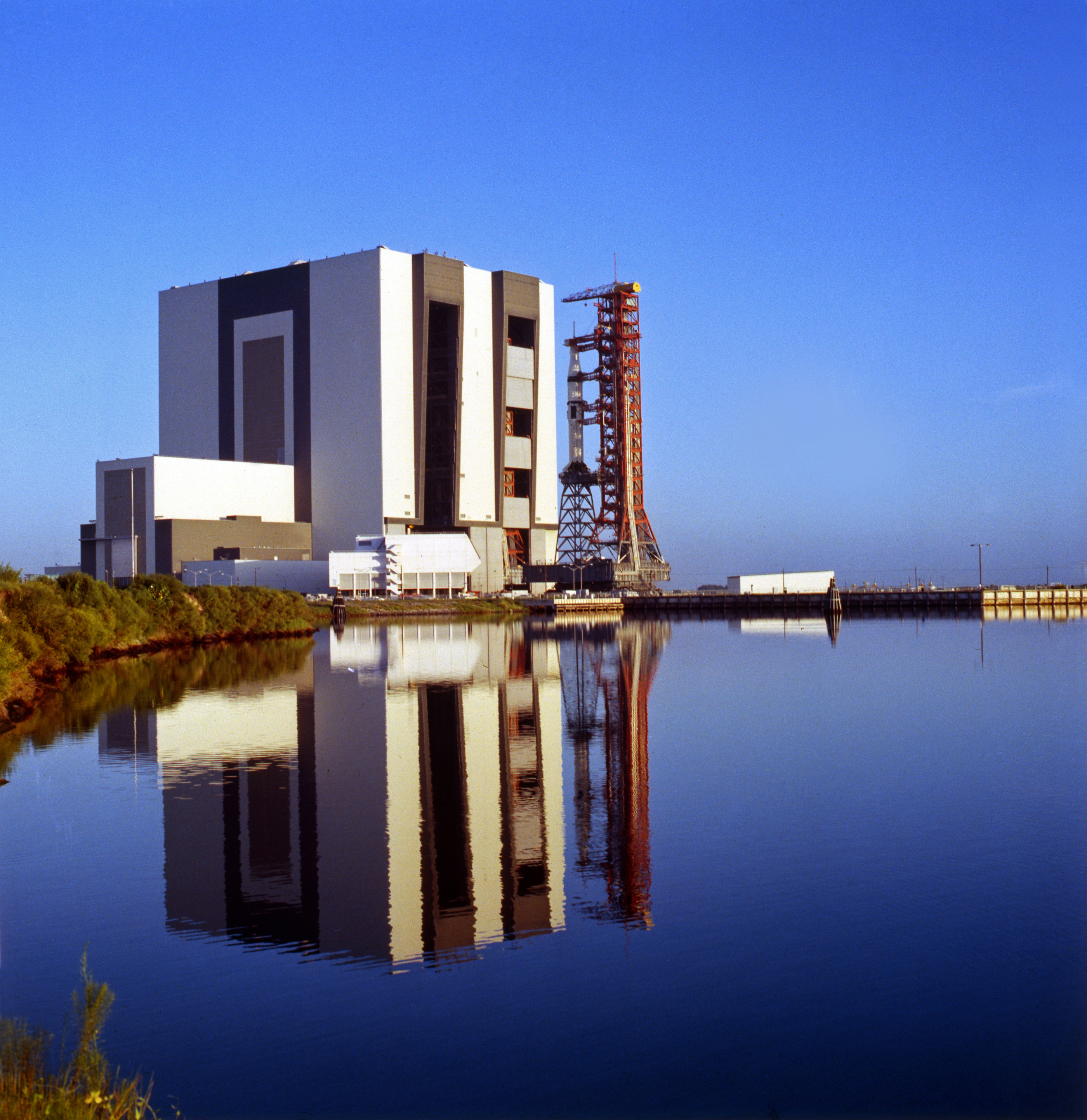
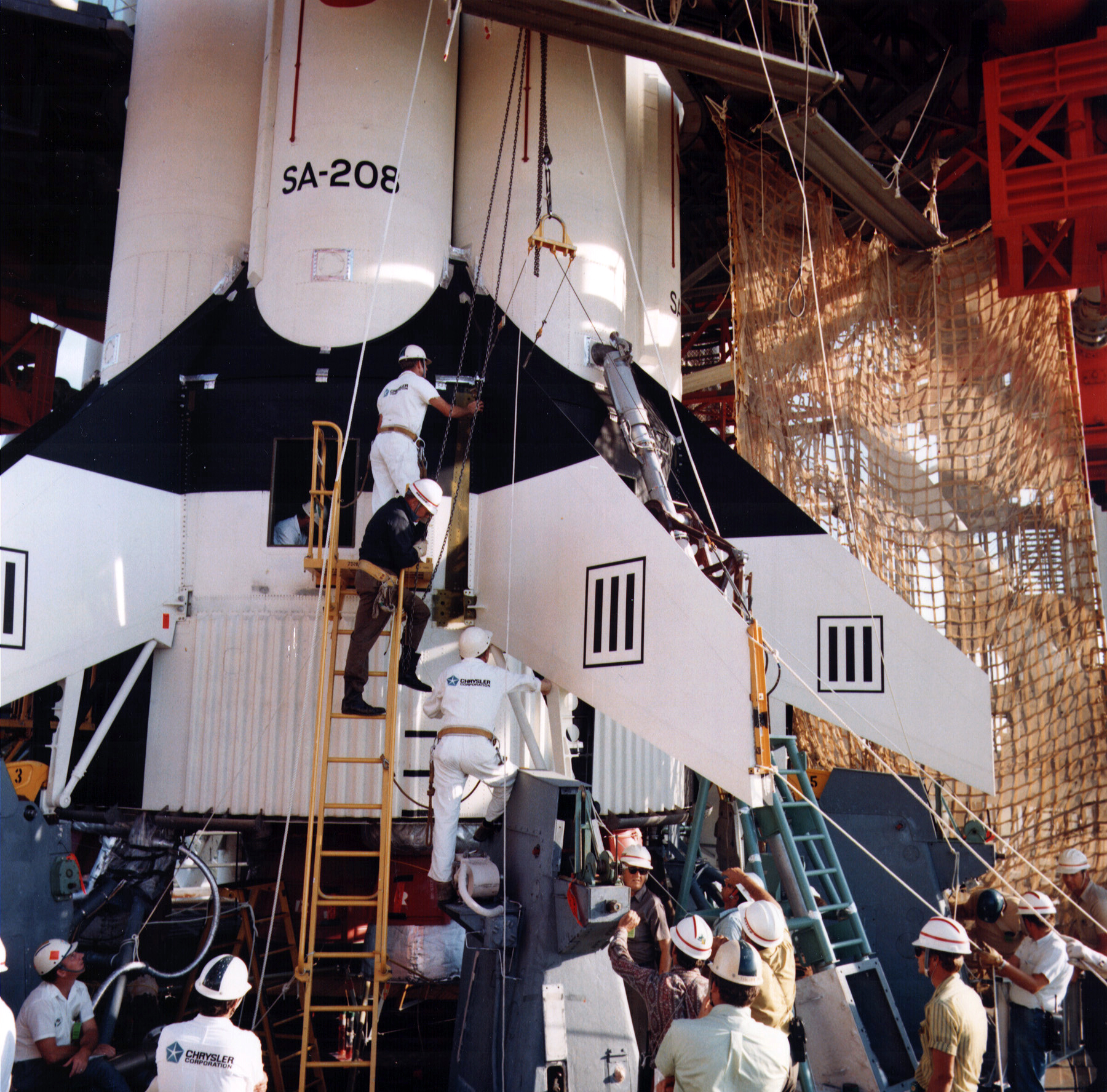
Left: The arrival of the Skylab 4 Command Module (CM), front, and Service Module, partly hidden at left, in the Manned Spacecraft Operations Building (MSOB) at NASA’s Kennedy Space Center in Florida. Middle left: The Skylab 4 astronauts conduct an altitude test aboard their CM in the MSOB. Middle right: Rollout of the Skylab 4 vehicle from the Vehicle Assembly Building to Launch Pad 39B. Right: Workers at Launch Pad 39B replace the eight stabilization fins on the Saturn IB rocket’s first stage.
Meanwhile, Command and Service Module-118 (CSM-118) for the mission arrived in KSC’s Manned Spacecraft and Operations Building (MSOB) on Feb. 10, 1973, where engineers placed it inside a vacuum chamber. The prime and backup crews conducted altitude tests of the CSM in early August. With the thruster problems aboard the Skylab 3 spacecraft docked to the space station, managers accelerated the processing flow for the Skylab 4 vehicle to enable a launch as early as Sept. 9 in case they had to implement a rescue mission. Workers mated CSM-118 to the Saturn rocket on Aug. 10 and rolled the stack to Launch Pad 39B four days later. By this time, the need for a rescue had diminished and the processing flow readjusted to enable a launch on need within nine days until the Skylab 3 splashdown on Sept. 25. Normal processing then resumed for a planned Nov. 9 launch, later adjusted to Nov. 11. Carr, Gibson, and Pogue entered their preflight health stabilization plan quarantine on Oct. 20. On Nov. 6, workers found hairline cracks in the mounting brackets of the Saturn IB’s stabilizing fins, requiring a slip of the launch date to Nov. 16 to complete their replacement at the pad. The Skylab 4 countdown began on Nov. 14, the day after the astronauts arrived at KSC.
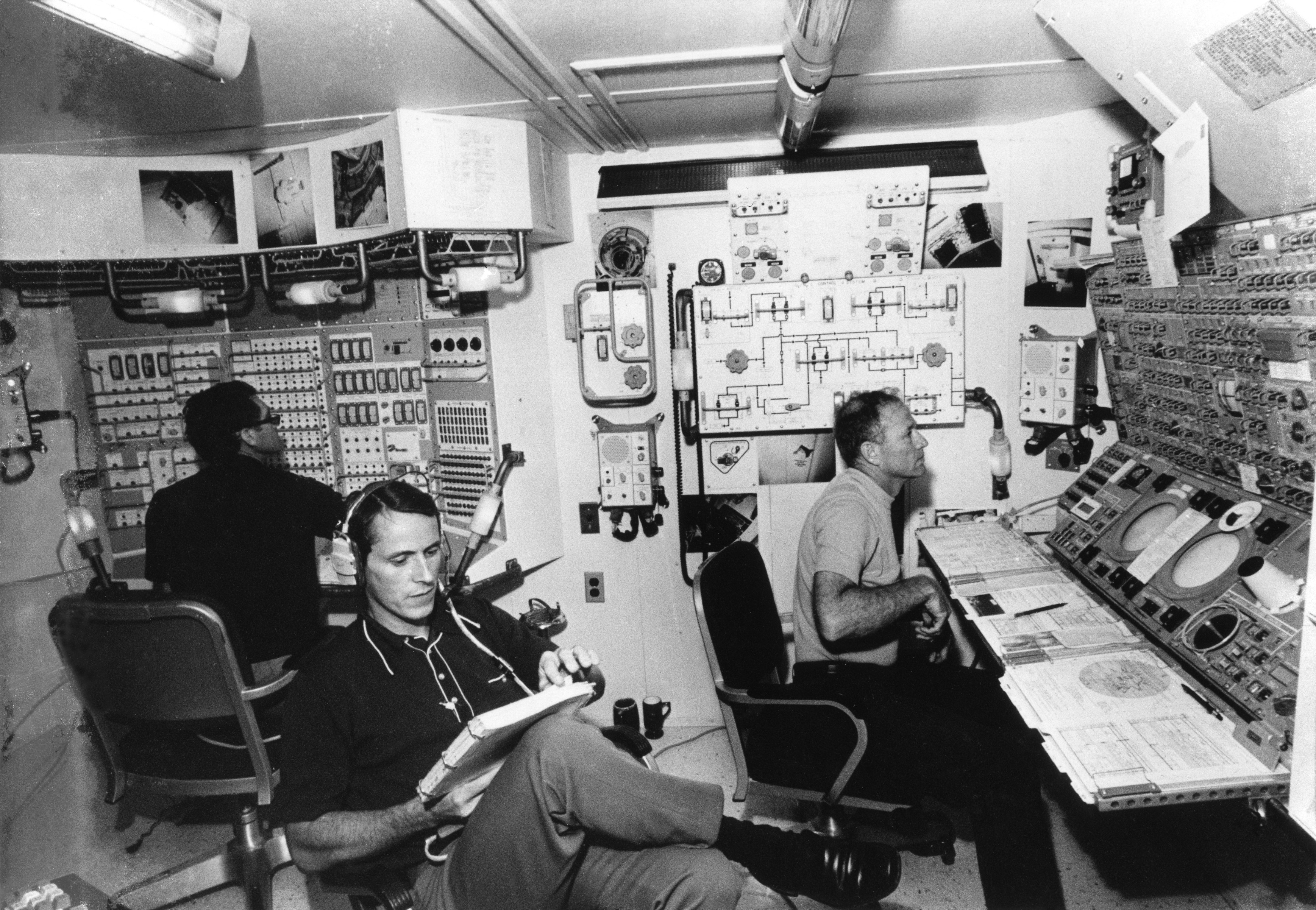
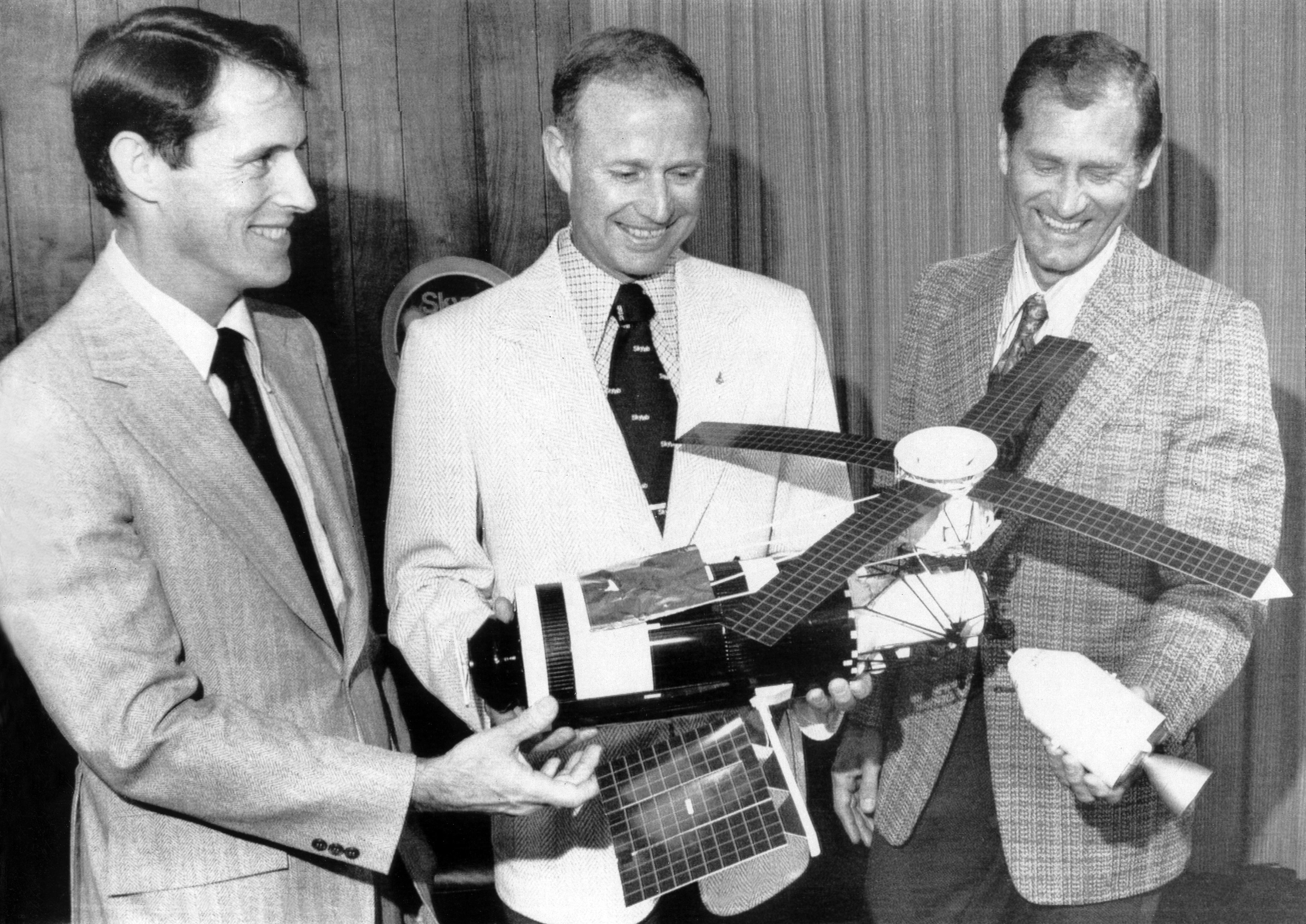
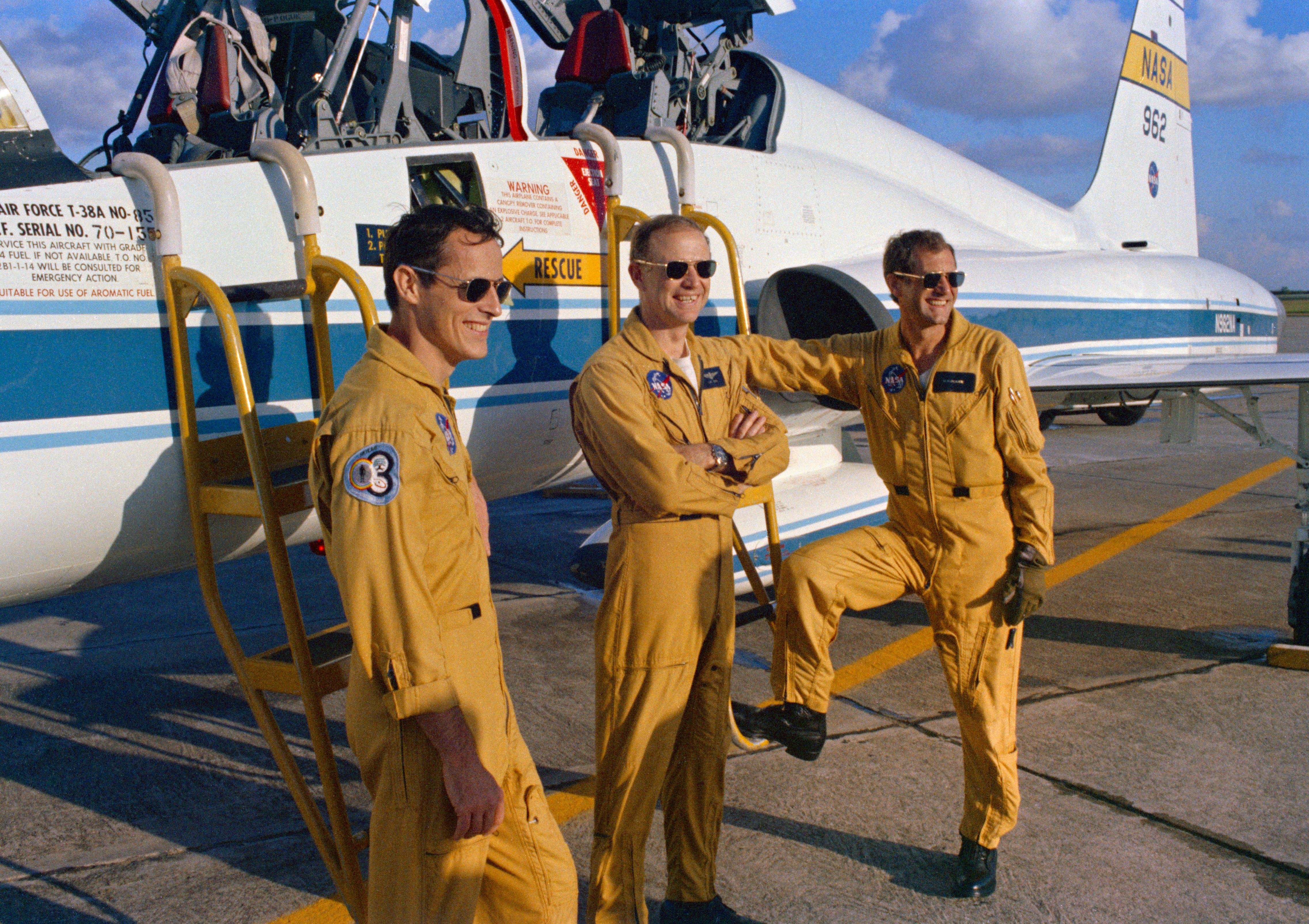
Left: Skylab 4 astronauts William R. Pogue, left, Edward G. Gibson, and Gerald P. Carr training in the Skylab training mockup. Middle: Gibson, left, Carr, and Pogue display a model of the Skylab space station at the conclusion of their preflight press conference. Right: Gibson, left, Carr, and Pogue pose in front of a T-38 Talon aircraft at Ellington Air Force Base in Houston prior to their departure for NASA’s Kennedy Space Center in Florida for the launch.
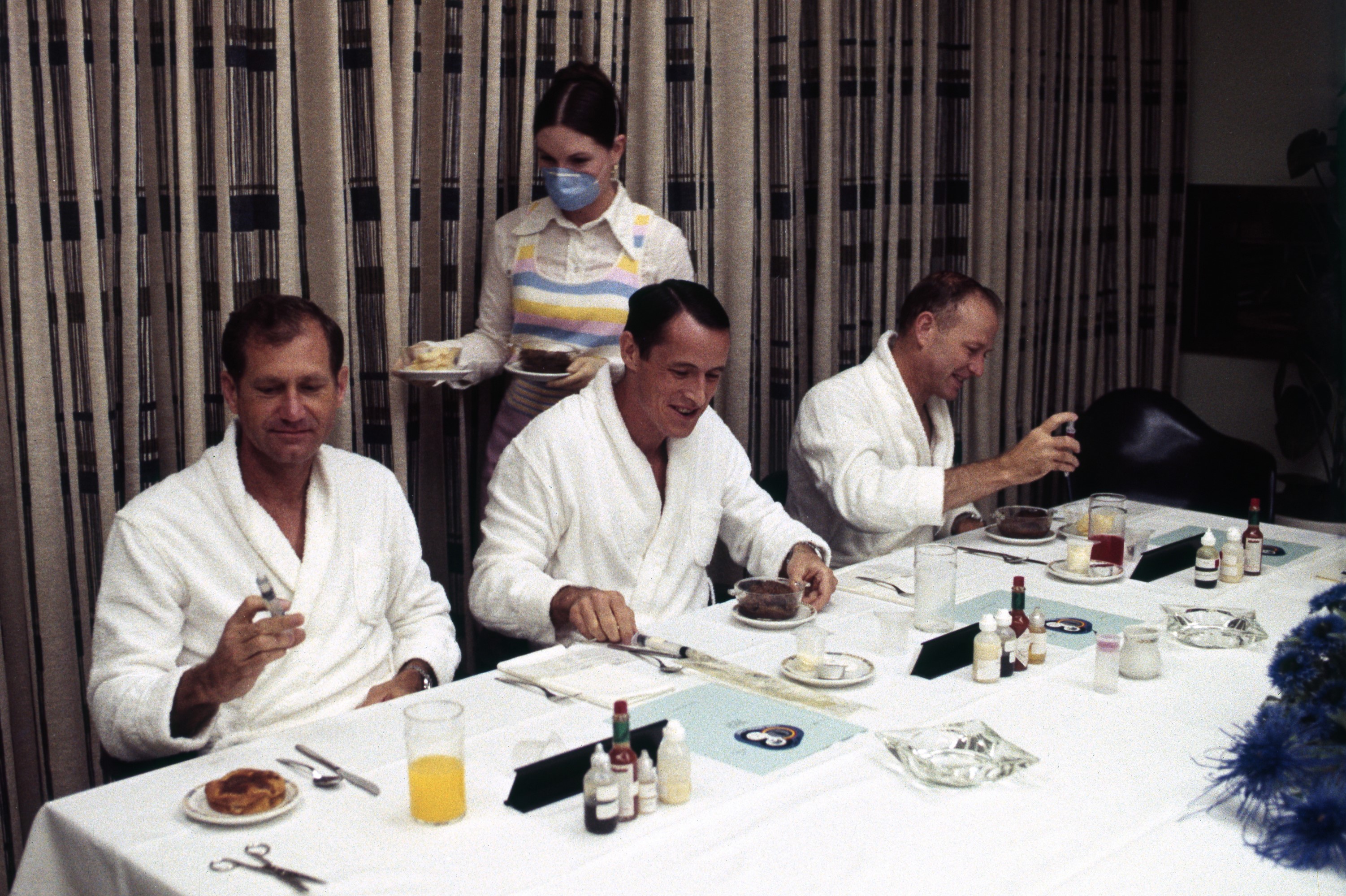
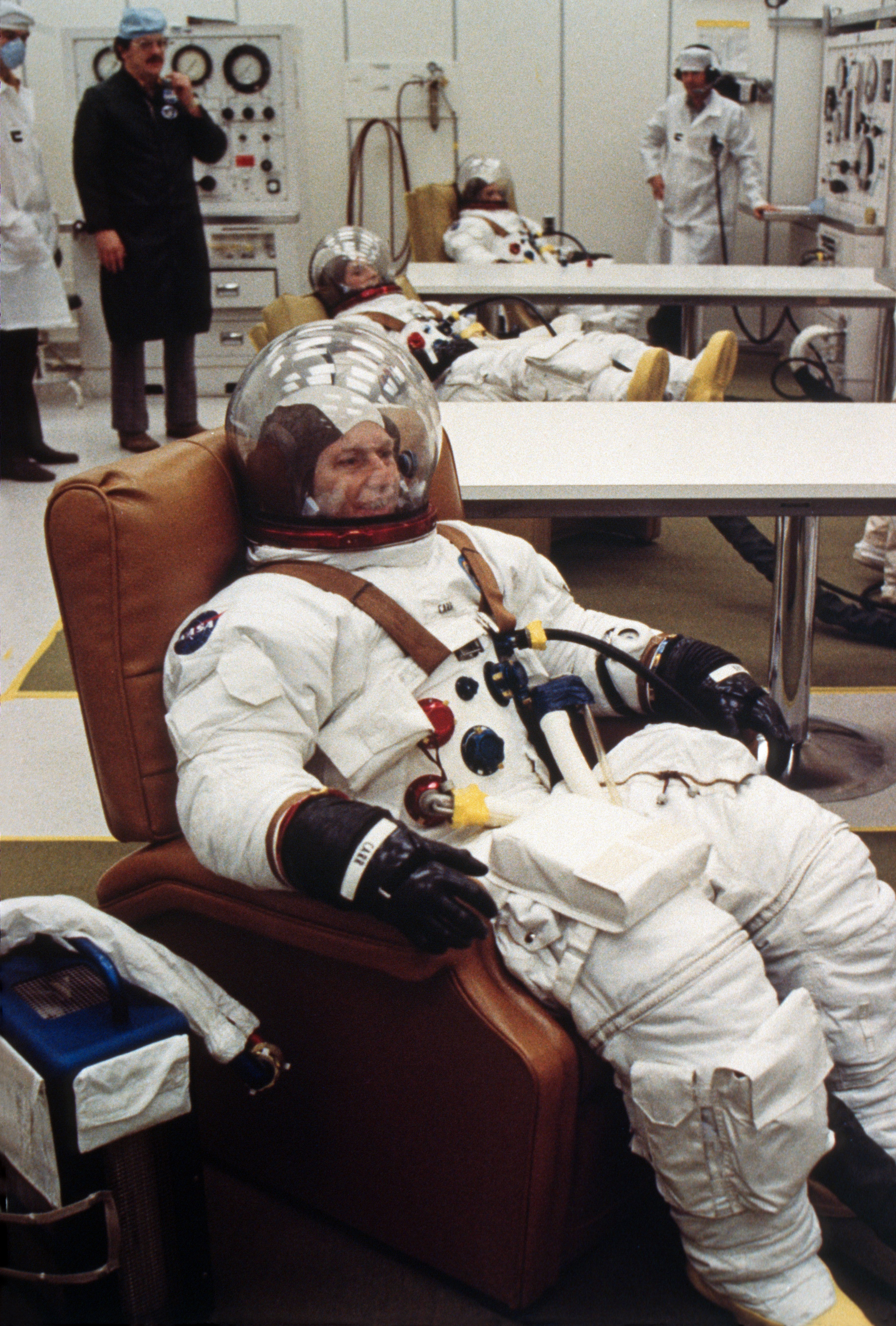
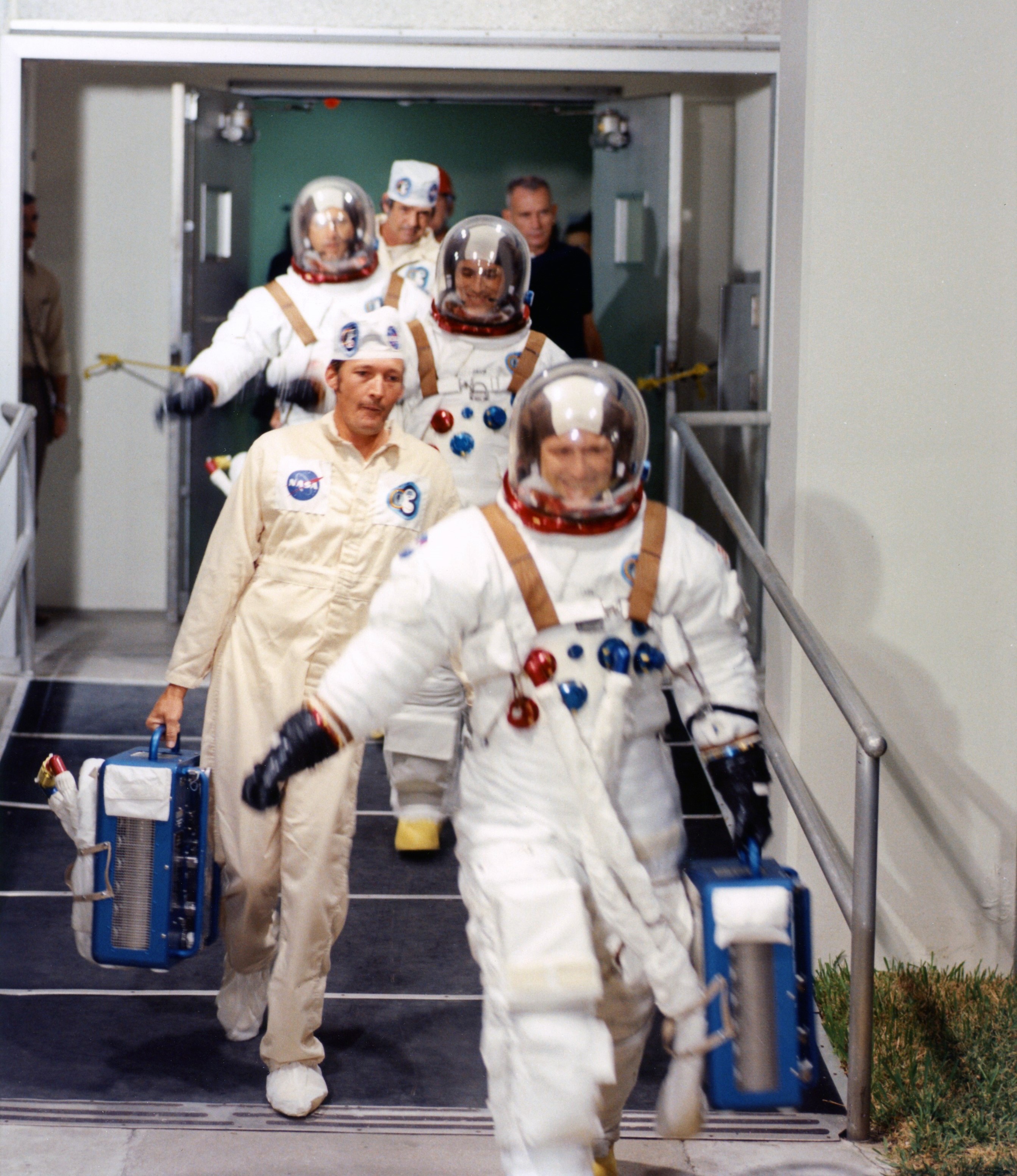
Left: Skylab 4 astronauts William R. Pogue, left, Edward G. Gibson, and Gerald P. Carr enjoy the traditional prelaunch breakfast. Middle: Carr, front, Gibson, and Pogue test the pressure integrity of their spacesuits before launch. Right: Carr, front, Gibson, and Pogue exit crew quarters to board the transfer van for the ride to Launch Pad 39B.
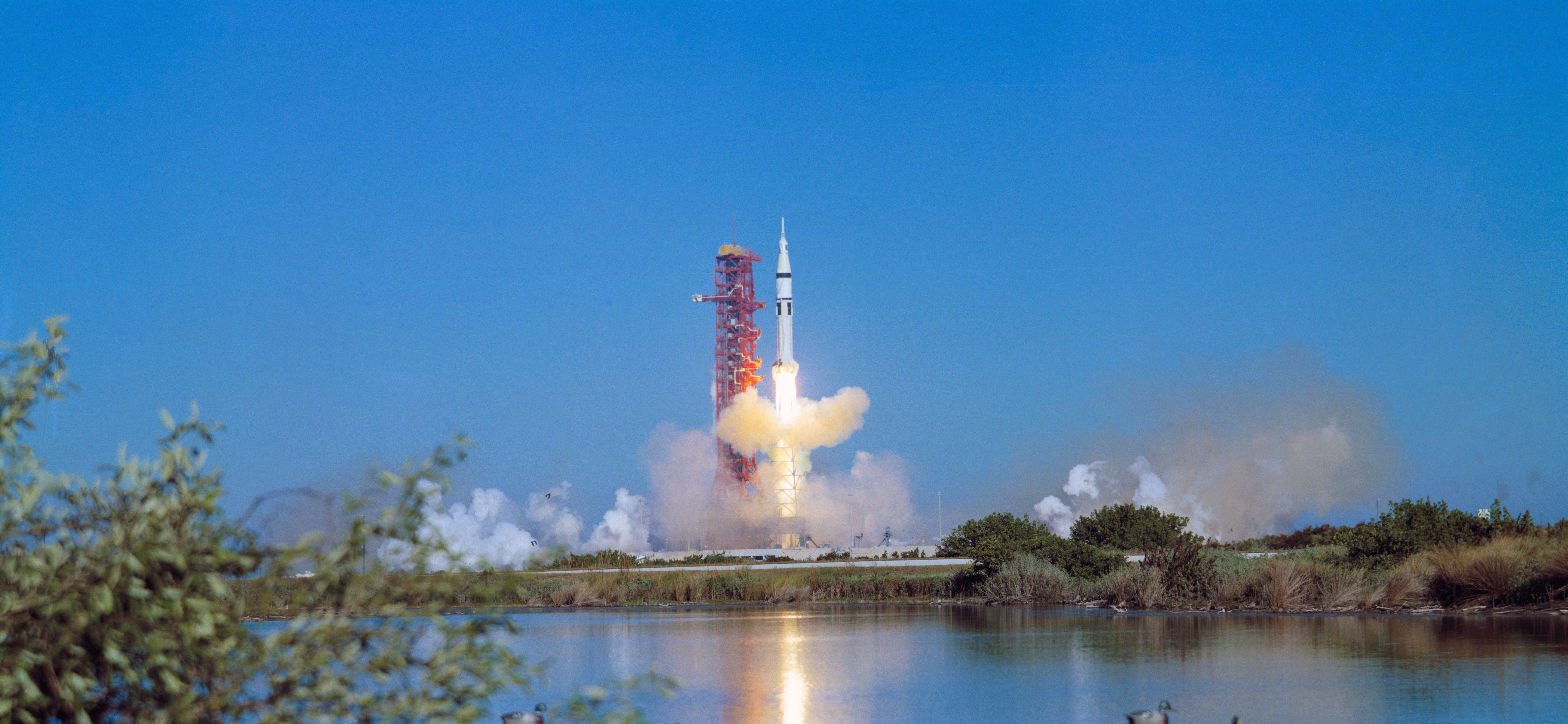
Liftoff of Skylab 4!
The third and final mission to the Skylab space station got underway on Nov. 16, 1973, with a thunderous liftoff from KSC’s Launch Pad 39B. Although officially planned as a 56-day mission for several years, mission managers had confidence of an extension to 84 days and planned accordingly, with the astronauts bringing additional food, supplies, and science experiments.
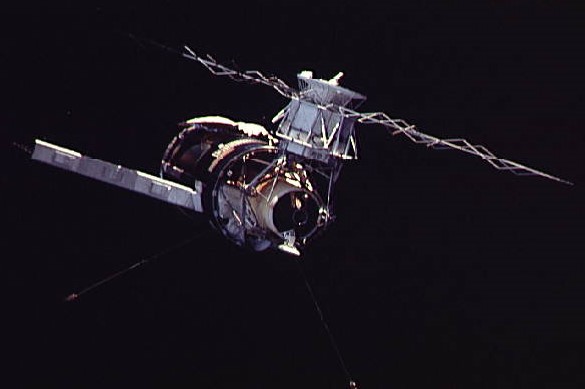
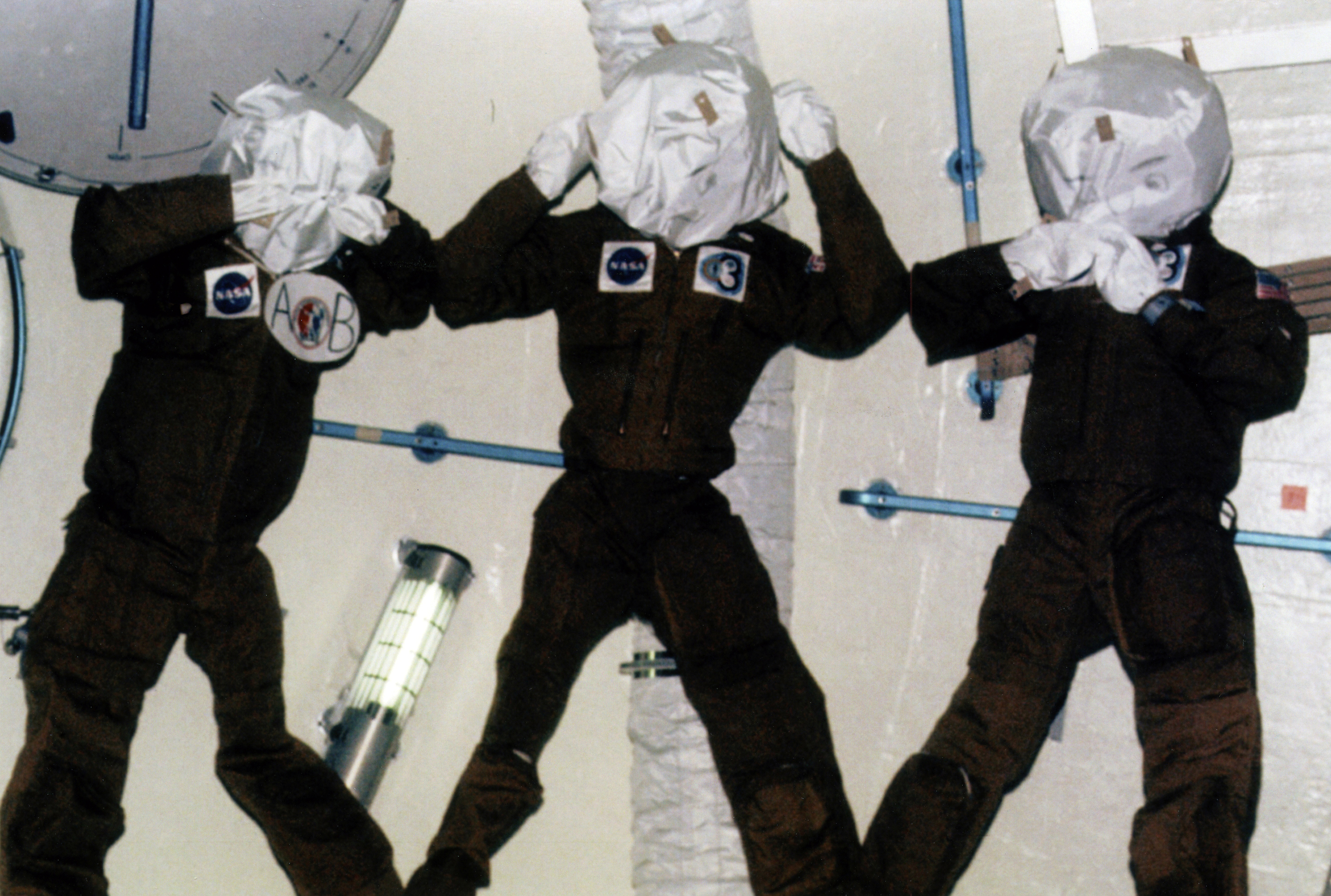
Left: Skylab during the rendezvous and docking. Right: Left by the Skylab 3 crew before their departure from the station, three astronaut manikins wear the Skylab 4 crew’s flight overalls.
Eight hours after launch, and following two unsuccessful attempts, Carr hard docked the spacecraft to the space station. Pogue, who on Earth appeared resistant to all forms of motion sickness, developed a case of space motion sickness during the crew’s first evening, requiring several days to fully recover. This incident along with an overly packed timeline caused the astronauts to fall behind in accomplishing their tasks as they adjusted to weightlessness and learned their way around the large space station. The astronauts spent their first night in space aboard the Command Module, opening the hatch the next morning to begin reactivating Skylab. To their surprise, the station appeared to already have three occupants. As a joke, before they left the station in September, the Skylab 3 crew stuffed their successors’ flight suits with used clothing and left them in strategic places throughout the workshop. Carr, Gibson, and Pogue began settling into the routine aboard Skylab, preparing meals, exercising, and starting the large number of experiments. They continued the science program begun by the previous two Skylab crews, including biomedical investigations on the effects of long-duration space flight on the human body, Earth observations using the Earth Resources Experiment Package (EREP), and solar observations with instruments mounted on the Apollo Telescope Mount (ATM). With the prediction earlier in the year that newly discovered Comet Kohoutek would make its closest approach to the Sun in late December, scientists added cometary observations to the crew’s already busy schedule. The astronauts brought a Far Ultraviolet Electronographic Camera, the backup to the instrument deployed on the Moon during Apollo 16, to Skylab especially for observations of the comet, and used it for cometary photography during two spacewalks added to the mission.
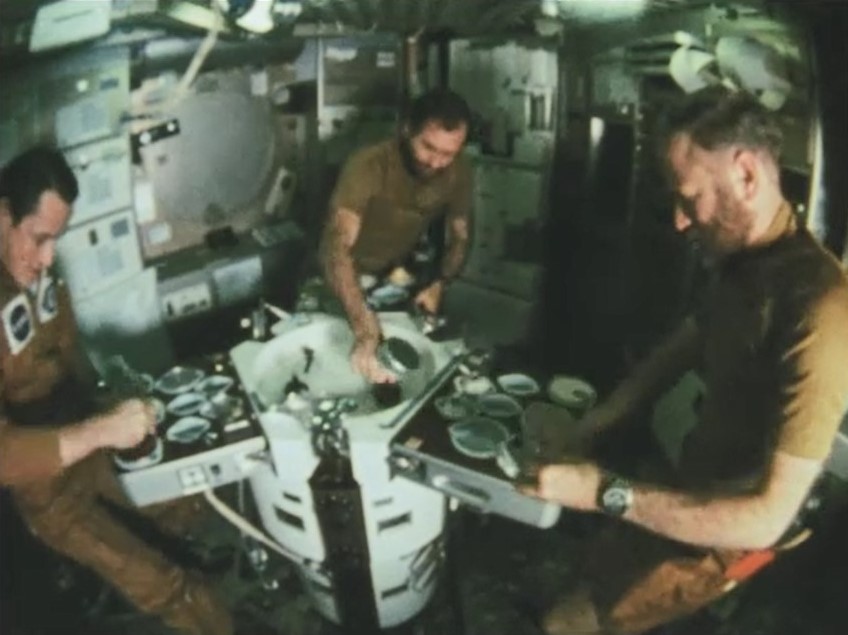
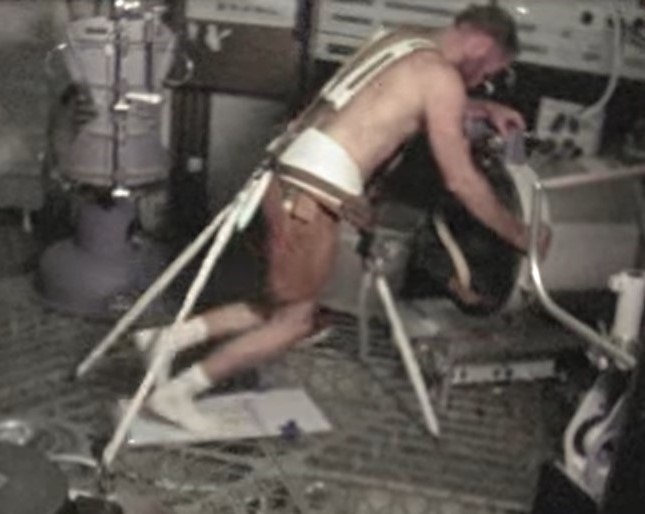
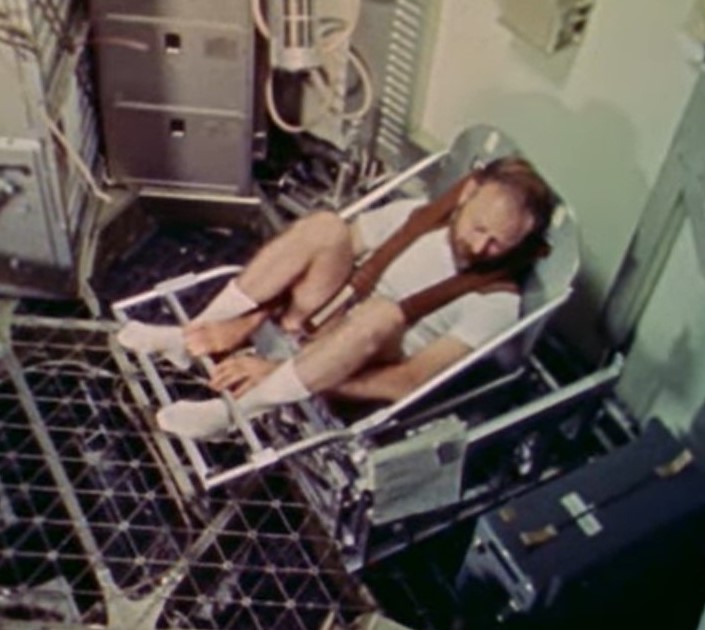
Left: Edward G. Gibson, left, William R. Pogue, and Gerald P. Carr prepare a meal in the Skylab wardroom. Middle: Carr uses the Thornton treadmill to exercise. Right: Carr “weighs” himself in weightlessness using the body mass measurement device.
One of the lessons learned from the first two Skylab missions indicated that the onboard bicycle ergometer alone did not provide enough exercise to maintain leg and back muscle mass and strength. To remedy this problem, physician and Skylab support astronaut Dr. William E. Thornton designed a makeshift treadmill that the third crew brought with them to the station. The treadmill device consisted of a teflon-coated aluminum plate bolted to the floor of the workshop. Bungee cords attached to the floor and to the ergometer harness supplied the downward force for the back and leg muscles with the astronauts sliding over the teflon-coated plate while walking or jogging in stocking feet. Because the exercise provided quite a strenuous workout, the crew dubbed it “Thornton’s revenge.” They also increased the overall amount of time they spent exercising.
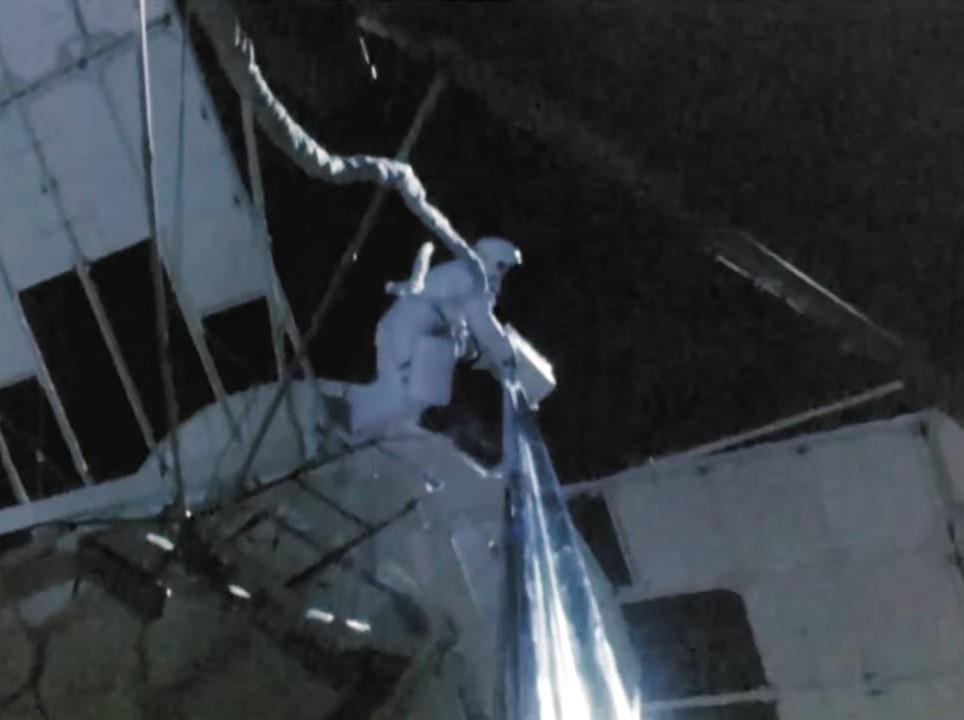
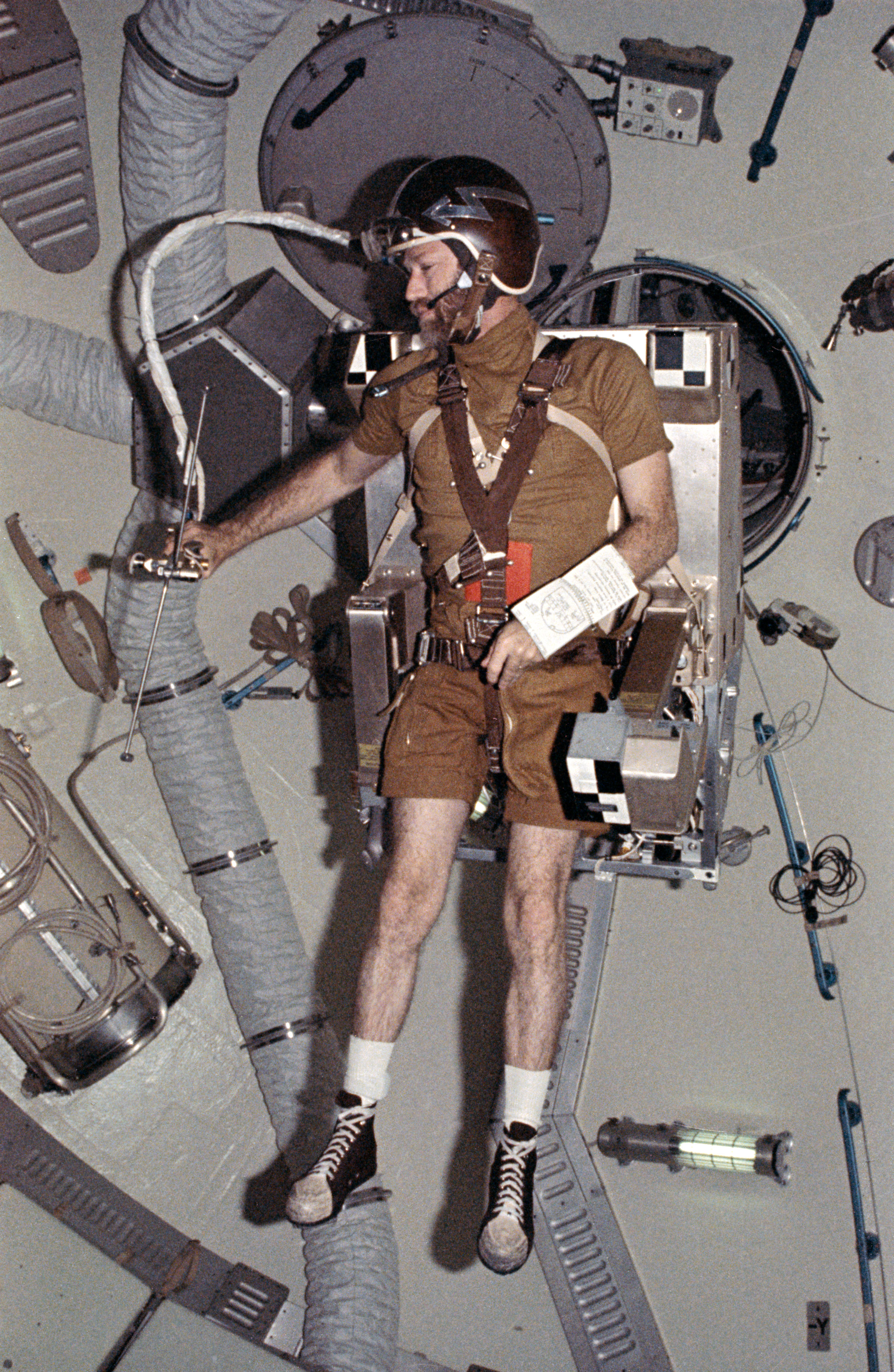
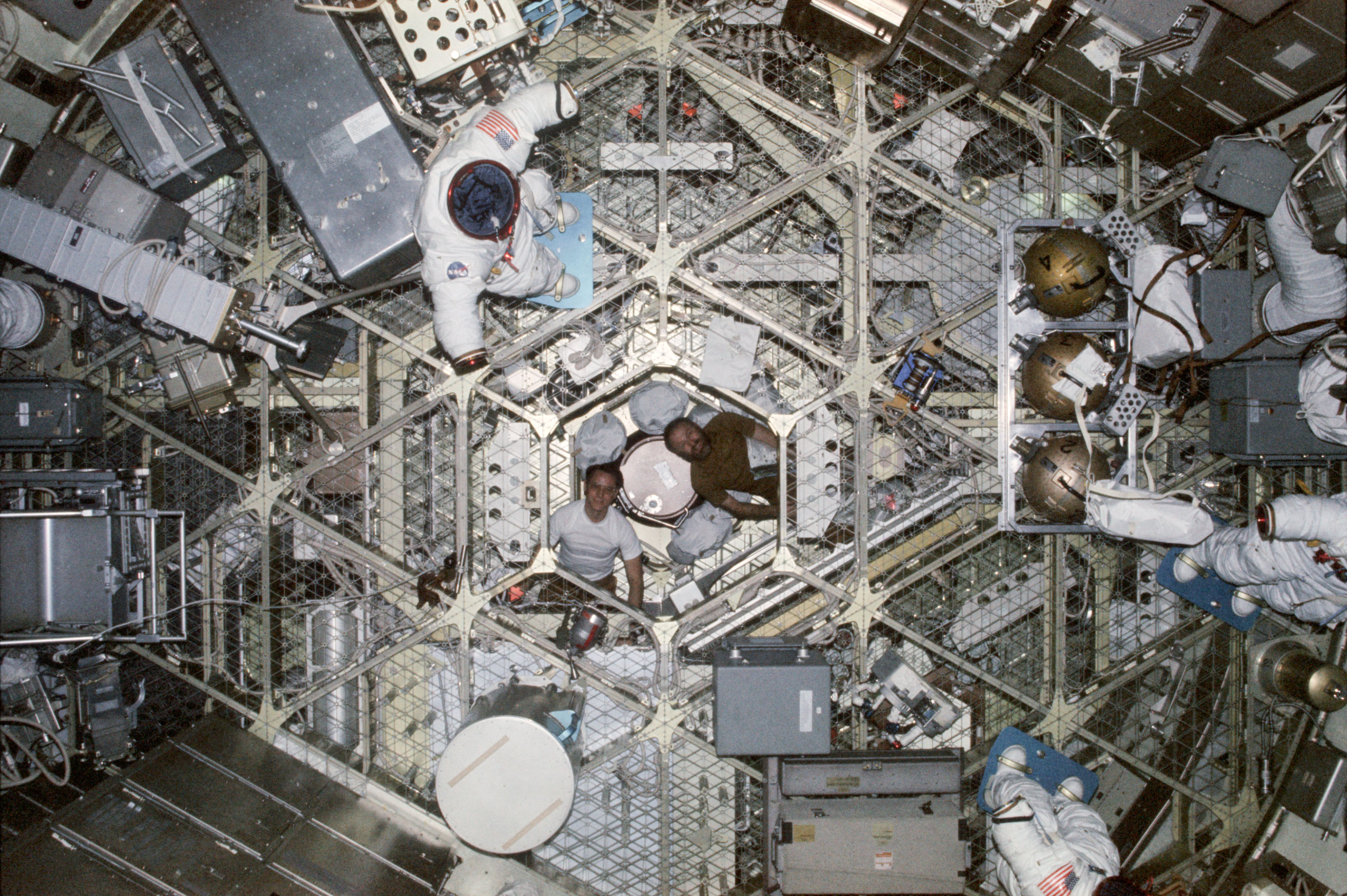
Left: William R. Pogue replaces film in the Apollo Telescope Mount during the mission’s first spacewalk. Middle: Gerald P. Carr flies the Astronaut Maneuvering Unit. Right: Overall view showing the large volume of the Skylab Orbital Workshop.
In addition to the heavy science experiment load, the astronauts spent the first week in orbit preparing for the first spacewalk of the mission. On Nov. 22, their seventh day in space and also Thanksgiving Day, Gibson and Pogue suited up and stepped outside the space station with Gibson exclaiming, “Boy, if this isn’t the great outdoors.” During this six-hour 33-minute spacewalk, they replaced film canisters in the ATM and deployed an experiment package on the ATM truss. They took photographs with a camera that had originally been intended for the airlock now blocked by the sunshade that the first crew deployed in May to help cool the station. Gibson and Pogue accomplished all the tasks planned for this first spacewalk. Back inside the station, the astronauts settled in for the first Thanksgiving meal in space. For their dinner, Carr selected prime rib, Gibson went with traditional turkey, and Pogue chose chicken.
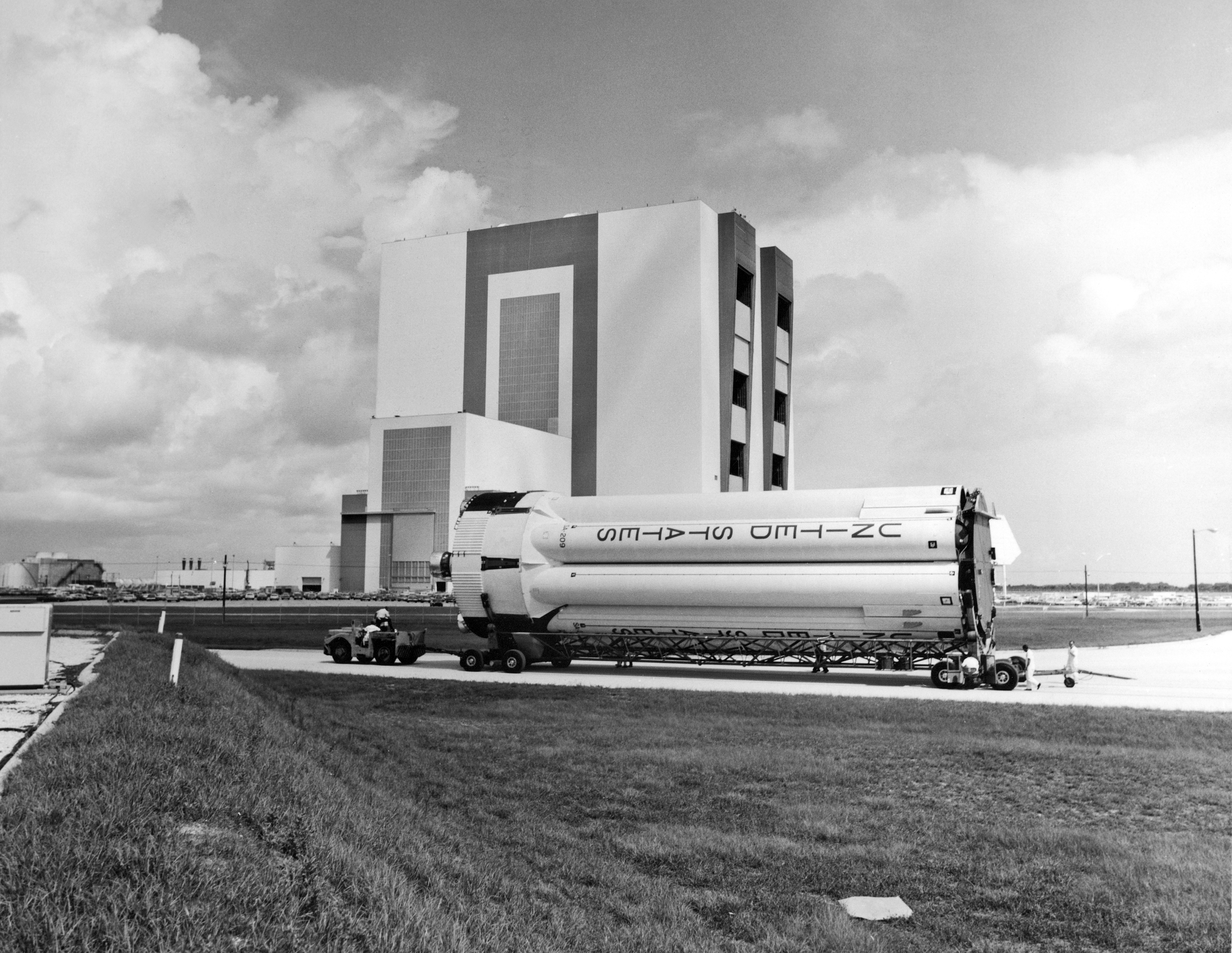
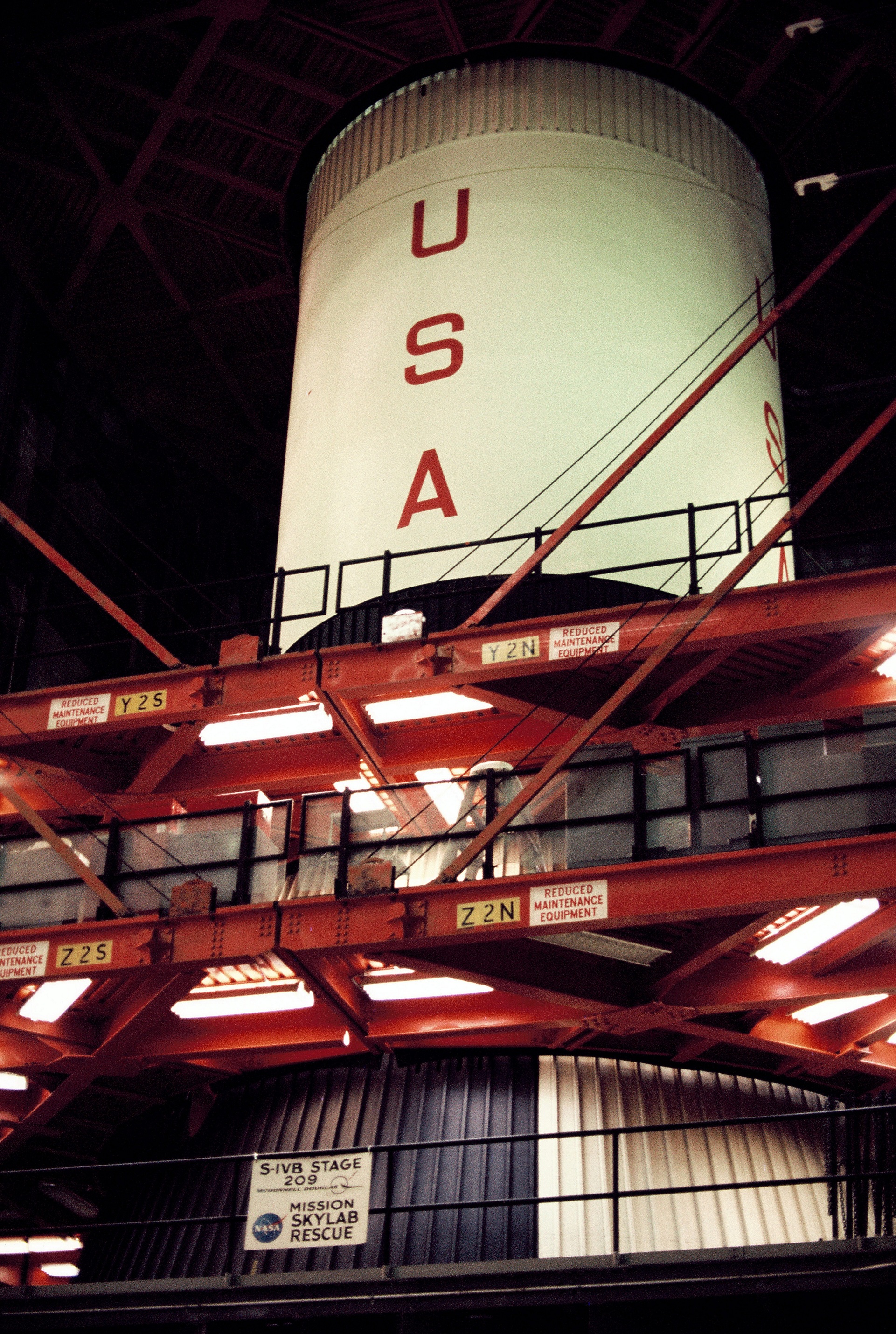
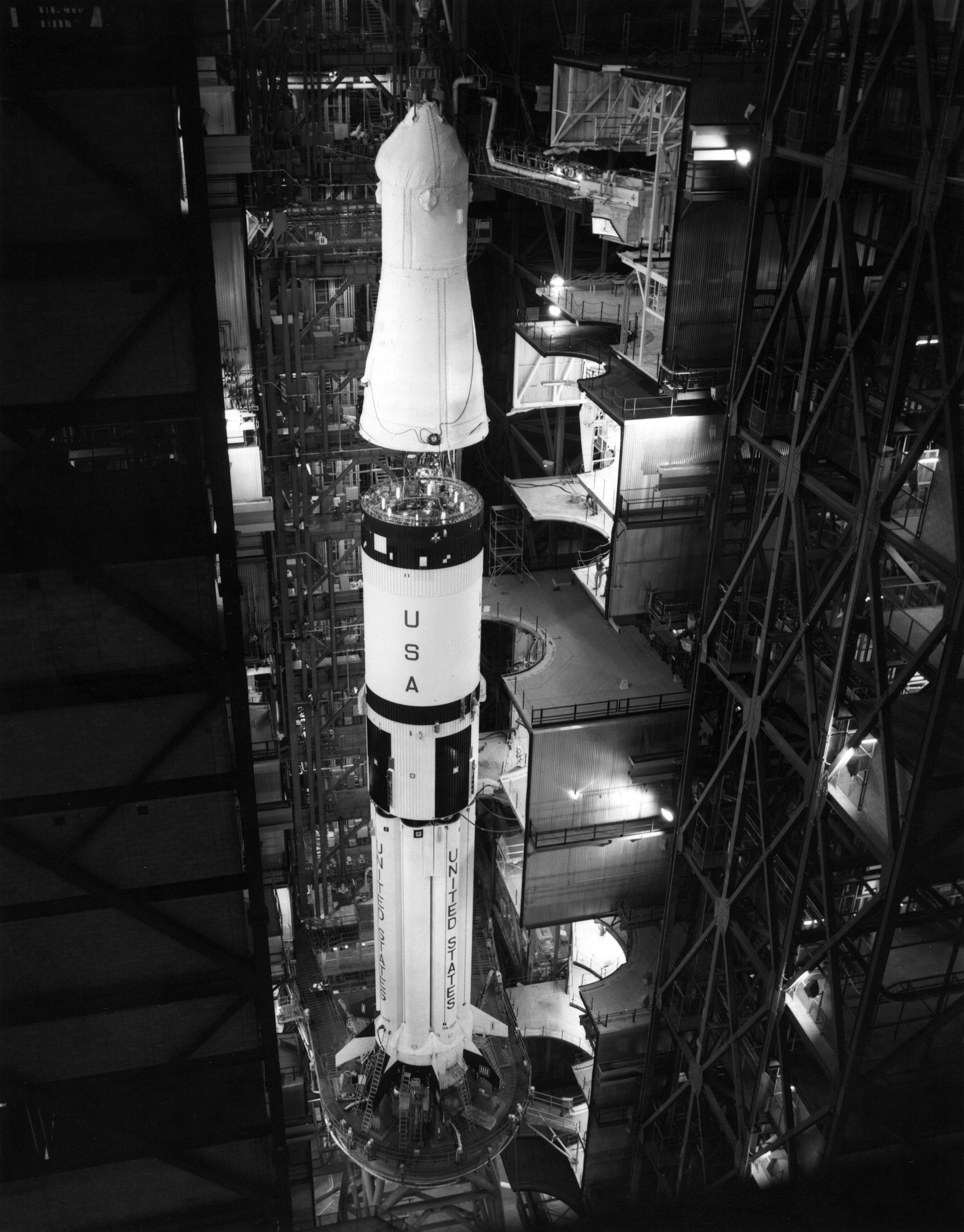
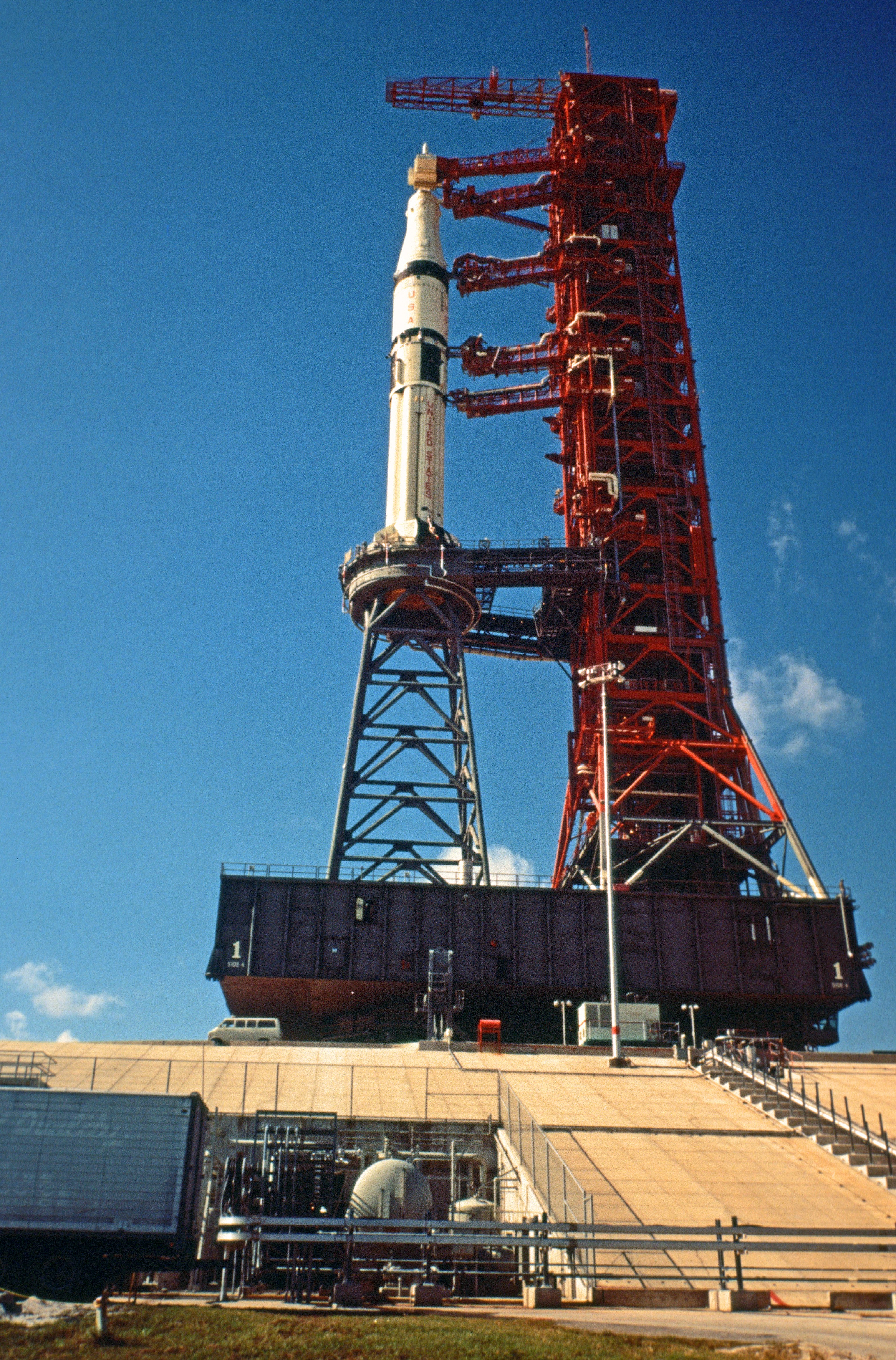
Left: The S-IB first stage for Saturn-IB SA-209, the Skylab 4 rescue mission, arrives at the Vehicle Assembly Building (VAB) at NASA’s Kennedy Space Center. Middle left: The S-IVB second stage for SA-209 inside the VAB. Middle right: Workers stack the Command and Service Module CSM-119, the Skylab 4 rescue spacecraft, atop SA-209. Right: The Skylab 4 rescue vehicle at Launch Pad 39B.
The inclusion of two docking ports on the Skylab space station enabled an in-flight rescue capability for the first time in human spaceflight history. In case a failure of the docked CSM stranded the onboard three-person crew, a two-person crew would launch in a second Apollo spacecraft specially configured with two extra couches to return all five astronauts. For the first two Skylab missions, the rocket and spacecraft for the subsequent mission served as the potential rescue vehicle. The failure of two Service Module thruster groups during Skylab 3 nearly required the rescue capability. Since Skylab 4 was the final mission, NASA procured an additional Saturn IB rocket, SA-209, and Apollo spacecraft, CSM-119, for the rescue role. The spacecraft arrived at KSC on May 2, 1973, and workers placed it in storage in the MSOB. In September, the backup crew of Brand, Lenoir, and Lind completed altitude chamber tests with the CSM, although only Brand and Lenoir would fly any the rescue mission. The S-IVB second stage for Saturn IB SA-209 arrived at KSC on Jan. 12, 1972, and workers placed it in storage in the VAB. The S-IB first stage arrived on Aug. 20, 1973. Because only one Mobile Launcher included the milkstool to launch a Saturn IB, assembly of the rescue vehicle had to await its return from the launch pad the day after the Skylab 4 liftoff. Assembly of the rocket in the VAB began on Nov. 26, and workers topped the rocket off with the spacecraft four days later. The stacked vehicle rolled out to Launch Pad 39B on Dec. 3 where engineers prepared the vehicle so that after Dec. 20, it could support a launch within nine days, should the need arise. The vehicle remained at the pad until Feb. 14, 1974, six days after the Skylab 4 splashdown.
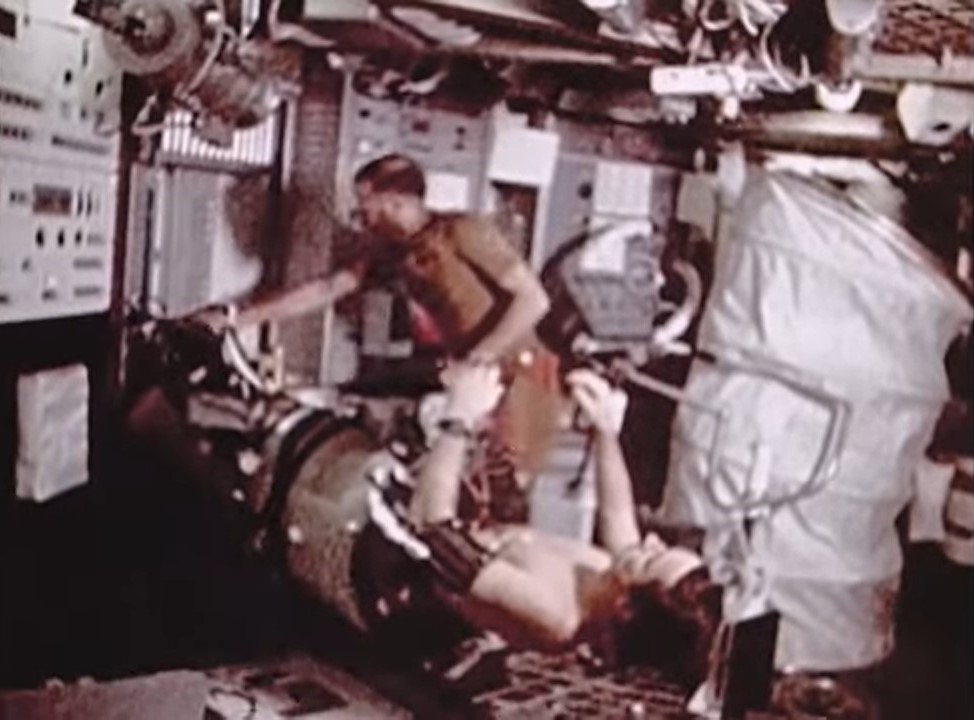
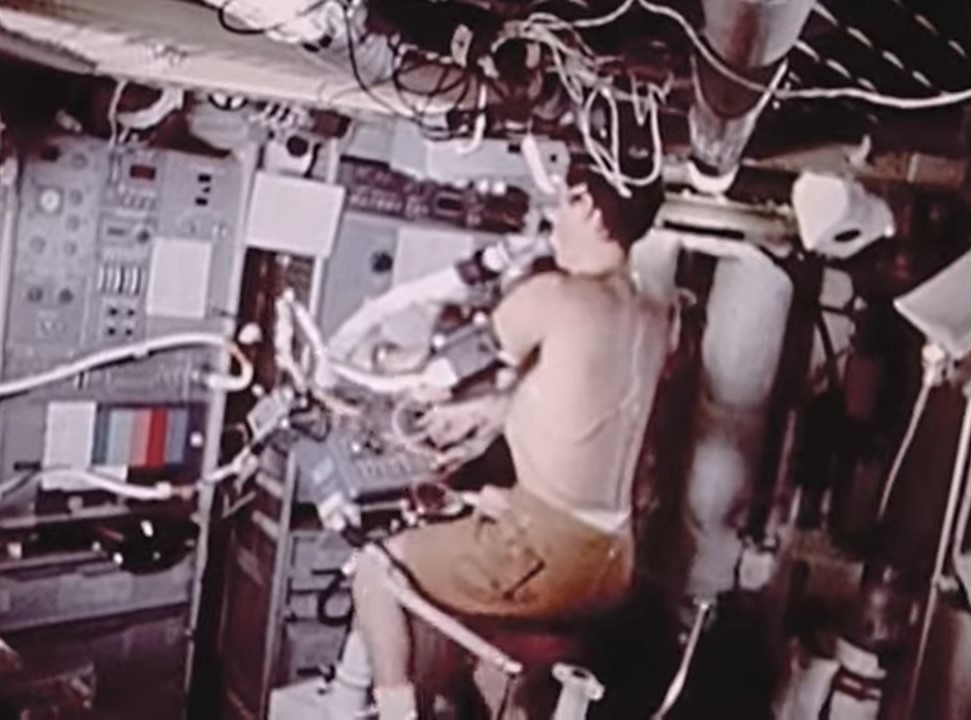
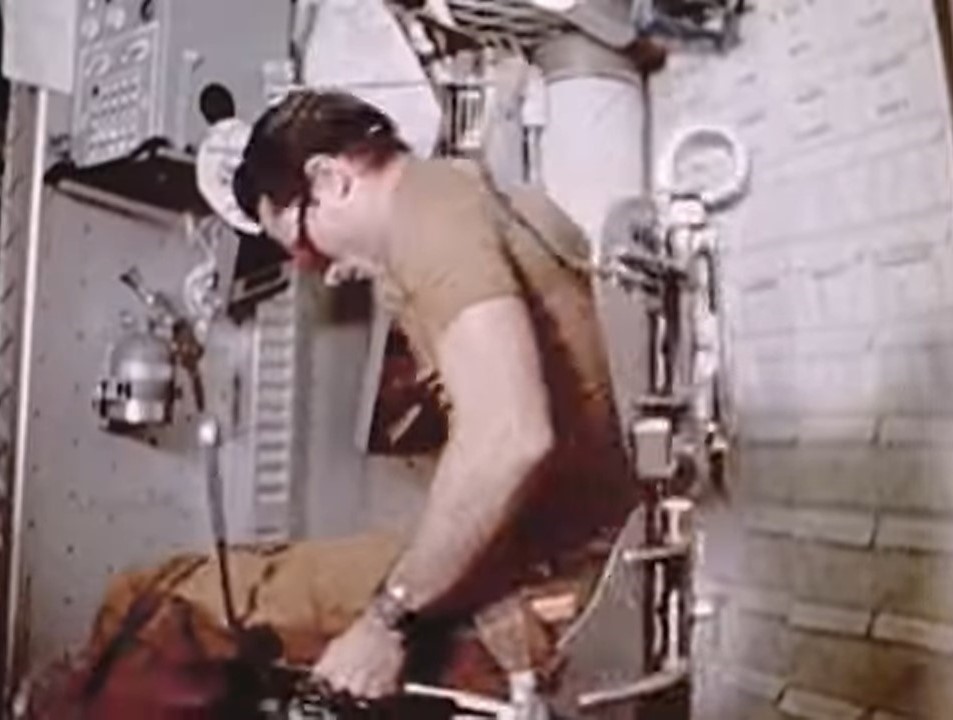
Left: Gerald P. Carr monitors Edward G. Gibson during a lower body negative pressure test of his cardiovascular system. Middle: Gibson works out on the bicycle ergometer during a test of his cardiopulmonary function. Right: Gibson in the rotating chair to test his vestibular system.
To add to their packed timeline, one of the station’s three control moment gyros (CMGs) failed the day after the first spacewalk. Skylab used CMGs to control the station’s attitude without expending precious attitude control gas, a non-renewable resource heavily depleted early in the station’s life. Engineers on the ground worked out a plan to control the station’s attitude using only the two working CMGs, thereby enabling completion of the remaining science, especially the Earth resource passes and comet Kohoutek observations. Pogue made the first measurements of Comet Kohoutek on Nov. 23 from inside the station using a photometric camera brought to Skylab especially to observe the comet. The astronauts practiced flying the Astronaut Maneuvering Unit, a precursor of the Manned Maneuvering Unit used during the space shuttle program to retrieve satellites, inside the large dome of the workshop.
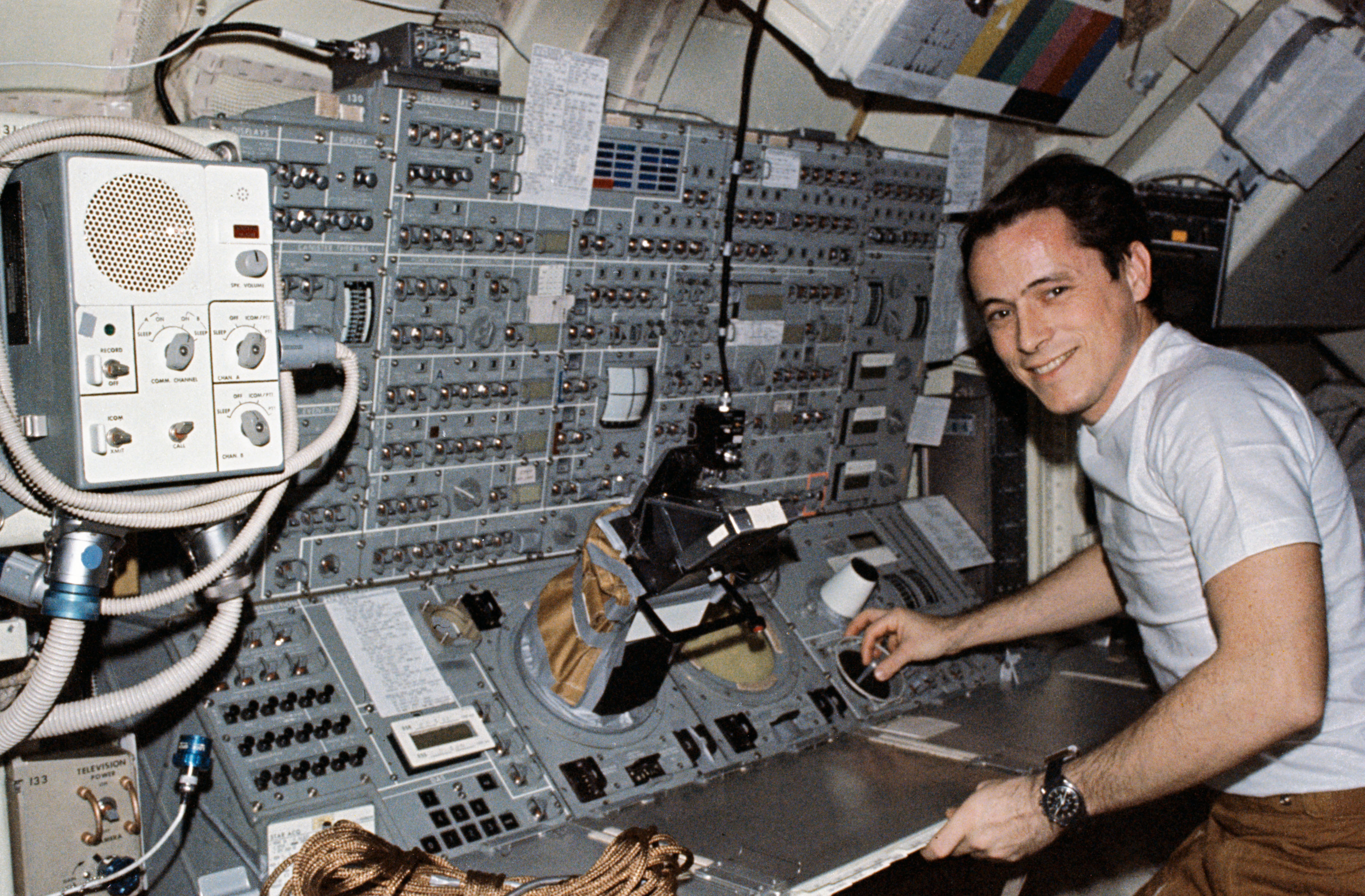
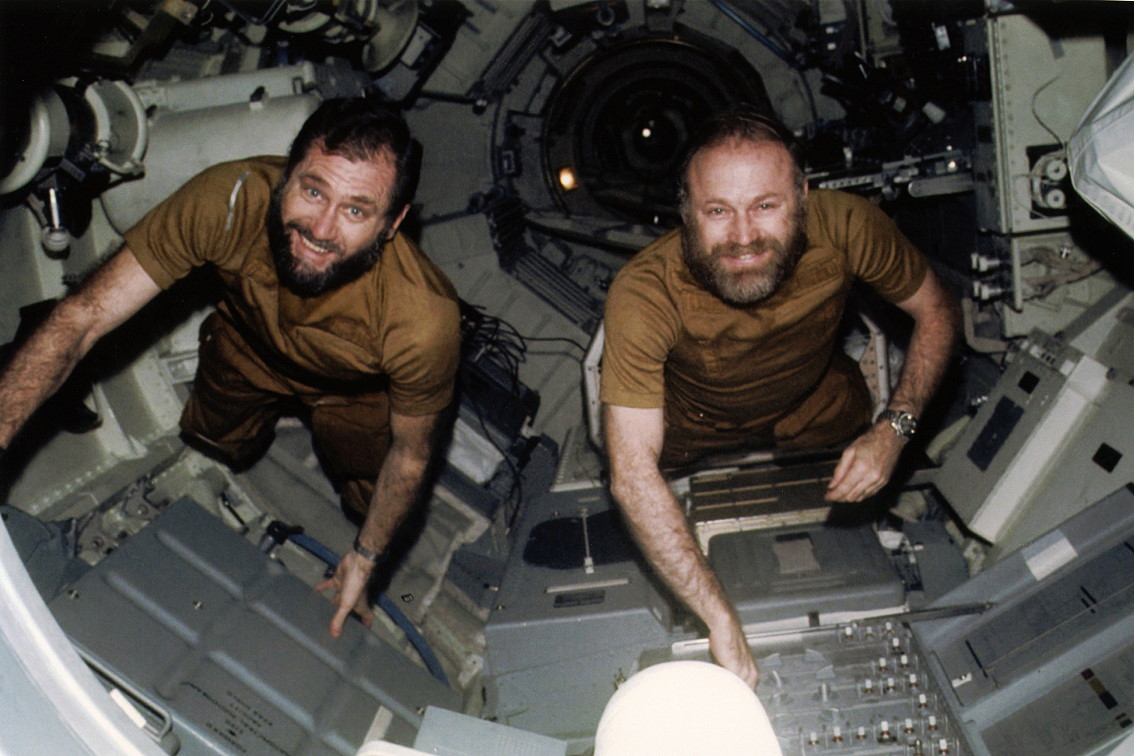
Left: Edward G. Gibson at the controls of the Apollo Telescope Mount. Right: William R. Pogue, left, and Gerald P. Carr at the control panel for the Earth Resources Experiment package inside the Multiple Docking Adapter.
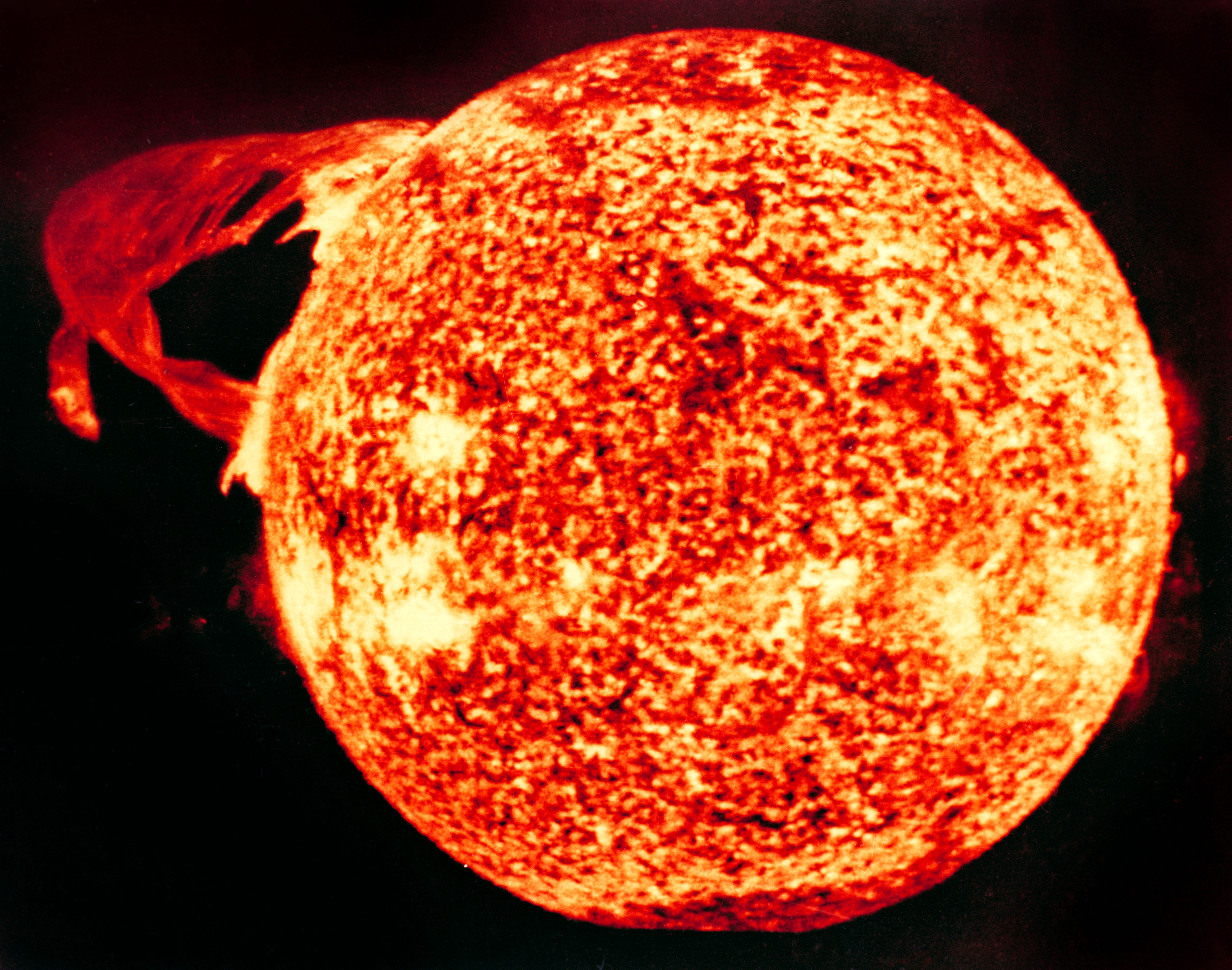
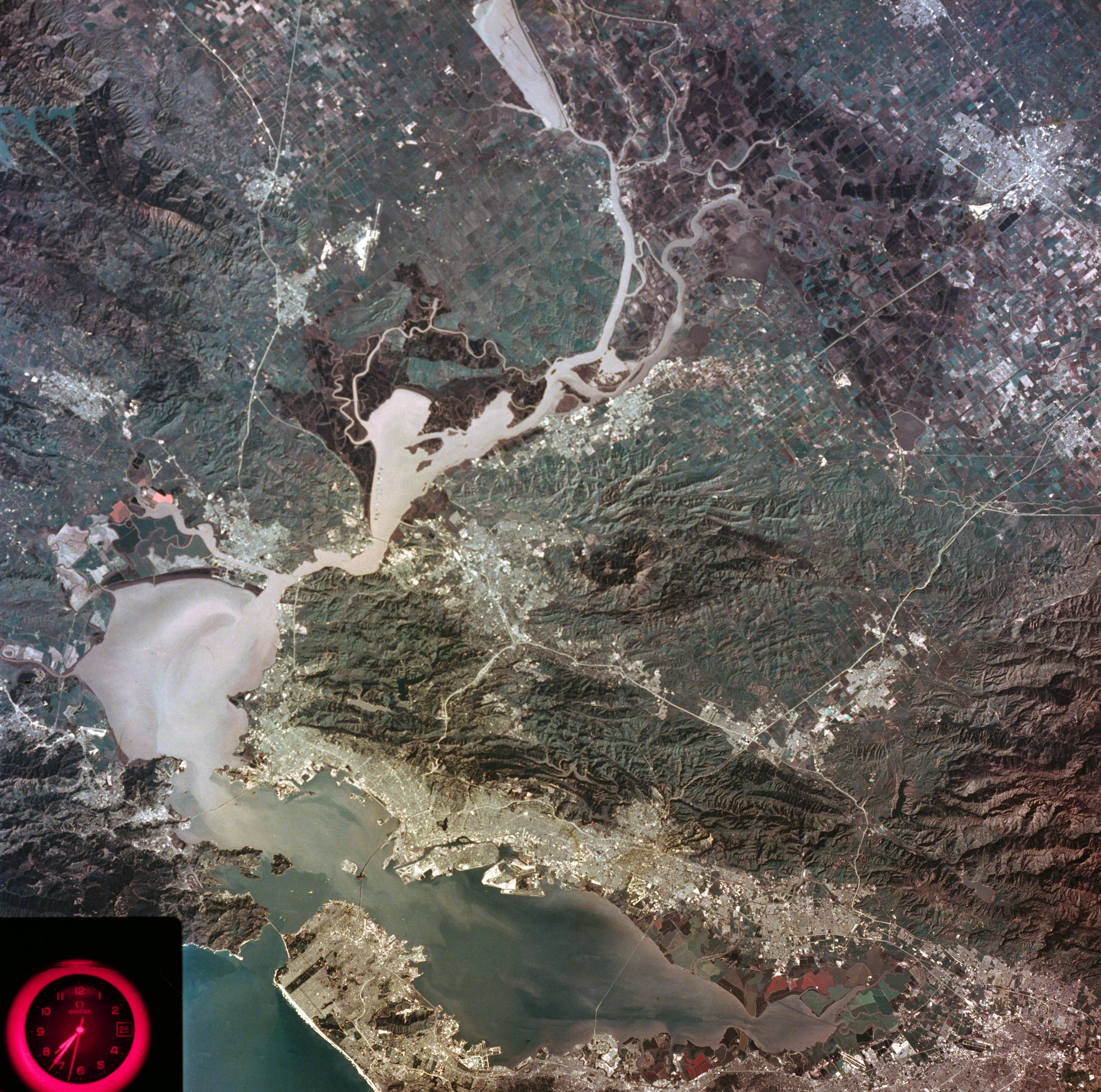
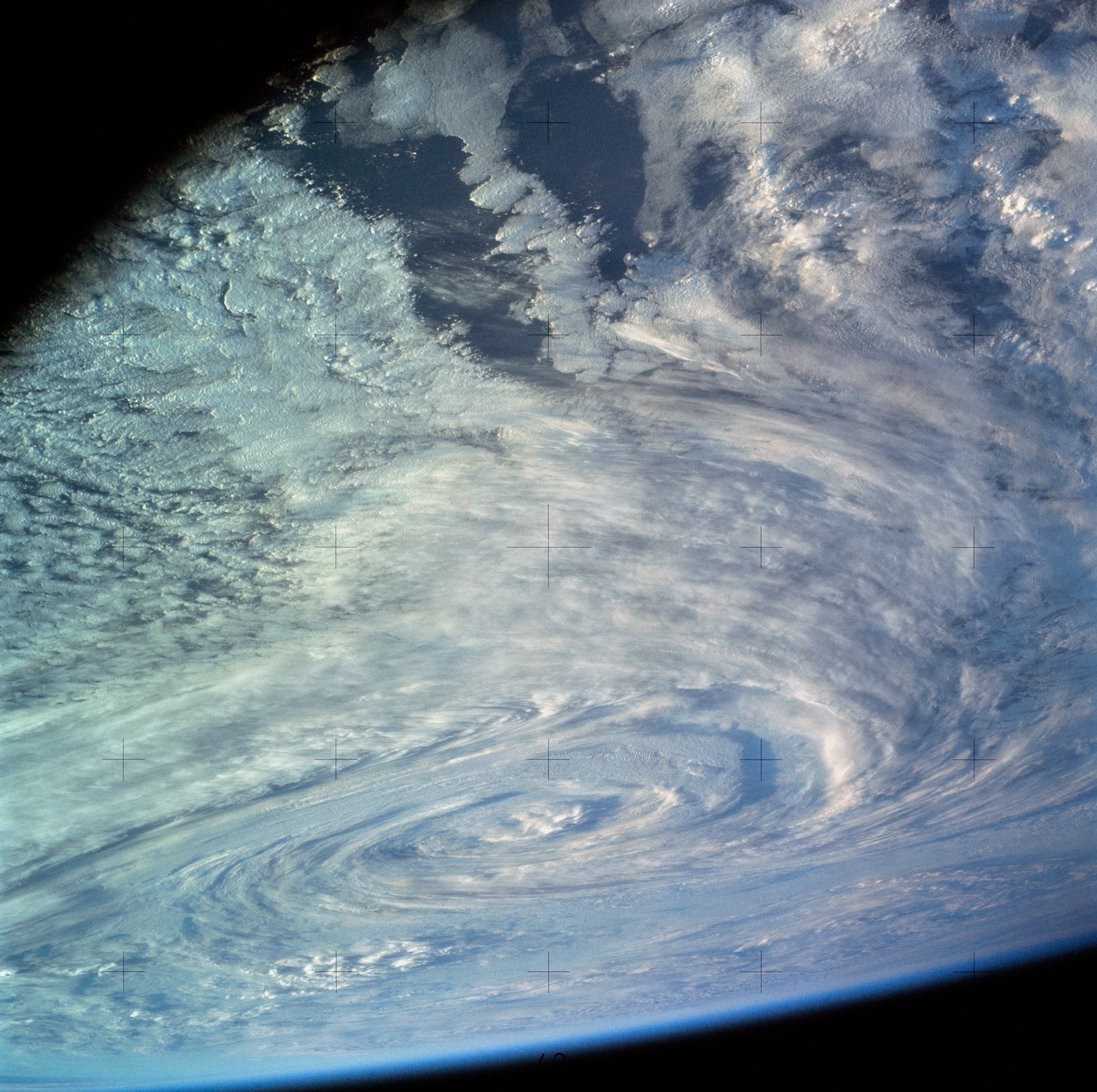
Left: Image of a massive solar flare taken by one of the Apollo Telescope Mount instruments. Middle: Earth Resources Experiment Package photograph of the San Francisco Bay area. Right: Crew handheld photograph of a cyclone in the South Pacific.
On Dec. 13, the mission’s 28th day, program officials assessed the astronauts’ performance and the status of the station and fully expected that they could complete the nominal 56-day mission and most likely the full 84 days. Despite being overworked and often behind the timeline, Carr, Gibson, and Pogue had already accomplished 84 hours of solar observations, 12 Earth resources passes, 80 photographic and visual Earth observations, all of the scheduled medical experiments, as well as numerous other activities such as student experiments, and science demonstrations. The astronaut’s major concern centered around the timelining process that had not given them time to adjust to their new environment and did not take into account their on-orbit daily routine. Despite the crew sending taped verbal messages to the ground asking for help in fixing these issues, the problem persisted. Skylab 4 Lead Flight Director Neil B. Hutchinson later admitted that the ground team learned many lessons about timelining long duration missions during the first few weeks of Skylab 4.
For more insight into the Skylab 4 mission, read Carr’s, Gibson’s, and Pogue’s oral histories with the JSC History Office.
To be continued …
With special thanks to Ed Hengeveld for his expert contributions on Skylab imagery.
Powered by WPeMatico
Get The Details…
Kelli Mars
